How does Ten Degrees prove that using modular construction doesn’t compromise the versatility of architectural design and quality.
For Tide, Vision, HTA & Greystar / Henderson Park the main objective of Ten Degrees was to deliver well-designed, quality homes, faster, safer and more sustainably. One of world’s tallest modular building, the scheme has become a beacon for offsite technology and an exemplar of innovative modular housing, showcasing the best of British design, engineering and offsite technology.
Ten Degrees is the seventh project HTA has worked on with Tide and Vision and the second build to rent project it delivered with Greystar. This collaboration between the developer, manufacturer and our architects, landscape architects, planners, and interior designers benefitted from knowledge gained from prior collaboration making Ten Degrees a culmination of this process.
The layout of the typical floor has two cores each, with 7 apartments per floor. We used our experience of these building types to maximise living space and views while minimising circulation spaces. Each home enjoys a full height windows and juliette balconies with the majority of living spaces dual aspect.
The faceted geometries of the building emerged from an appreciation of the mid-century neighbours including Richard Seifert’s No 1 Croydon. The detail of each elevations varies the rotation of facade panels and depth of framing elements by orientation to control privacy and solar shading. The resulting subtle shifts in relief across the building are complimented by a glazed terracotta cladding which fold at varying scales. Their combined effect produces a jewel like skin rich in relief.
HTA has long championed the capacity of modular construction to deliver better housing in measurably more sustainable buildings. This project is a clear demonstration that building tall can be beautiful, while challenging any perception that modern methods of construction need be a limit on design quality. Ten Degrees defines a new benchmark in the potential of modular construction to deliver more, better-designed homes, in buildings of the highest architectural quality with world-leading engineering.
What innovations were required to achieve the world’s tallest, modular, build to rent structure in just over 2 years?
Realising a building of this scale and quality in 28 months from concept to delivery required innovation in every aspect of the design and construction from the extensive use of virtual reality and 3D printing for rapid prototyping, through to exploring the geometry of the angled modular facade to create the large format glazed terracotta diamond cladding.
A concern with a building of this height was that the cores would have a tendency to sway under heavy wind loads and this would pull apart the lower module levels whilst they were under construction. To counteract this, cores were tied together in three locations up the building. A technical challenge resulting from this decision was that the lifting beam for the modules was redesigned so that modules near and under the ties could be suspended from the crane off centre, enabling them to be manoeuvred into place. The construction team averaged around 50 module installations a week, completing this phase in 28 months.
Each module has a unique structural design for its location within the building, allowing for a highly efficient superstructure with the steel frame tapering in size from 300mm square sections at the base of the tower to 150mm sections at the top on a floor by floor basis. This efficiency results in a 6% gross to net gain and a floor to floor height which is around 200m less than traditional construction making the most efficient use of materials.
A key challenge on the build came from the fact that, at 44 storeys, it was not possible to use a free-standing tower crane capable of lifting the module weights the vertical distance required. In response, an elaborate sequence of crane erection was devised by the design team. Initially a self-erecting crane was installed and tied to one of the cores. This then installed cranes onto each core before it was de-mounted and removed for the duration of the job. Towards the latter part of the project, the taller core crane removed the lower core crane and the self-erecting tower crane returned to remove the taller core crane.
How does the design of this tall building fit in to Croydon’s skyline?
The design seamlessly integrates into Croydon’s skyline by drawing on inspiration from the nearby 50p building. The facade plays on folds, shades and shadows, with repeating manufactured components inspired by mid-century traditions Mosaic tiles on nearby buildings. The deep green colour of the marble cladding on Fairfield Halls provided further inspiration. However, Ten Degrees is distinct from its neighbours and their concrete legacy. Angular, glazed terracotta panels reflect light and colour, changing through each day.
The 0.25ha site is located directly opposite East Croydon station which has the highest levels of connectivity by public transport with London Bridge and Gatwick both only 15 minutes away. Leveraging this connectivity to enrich Croydon’s town centre is a pivotal factor in the decision to facilitate ‘super-density’ development, reaching approximately 2,500 homes per hectare in the area
Why does the façade on each tower differ?
Terracotta was selected for the facade due to its wide variety of colours, textures and glazes as well as customization possibilities result in unique façade solutions. HTA worked closely with the specialist subcontractor (Century Facades) and manufacturer of the terracotta (NBK) to develop a glaze that echoed the marble of Fairfield Hall. A particular innovation was the large format glazed terracotta tiles used on the tower that fronts George Street.
44 storey tower
The facade panels have a more angled plan form which emphasises their verticality. The juliettes at intermediate floors are glass to reinforce the rhythm of double height bays.
The double height bays feature a more vertical emphasis with folded and ridged form of the terracotta creating a series of vertical shadow lines up the facade.
The ridged form creates an interesting effect in the terracotta with pools of the glaze forming over the low points and exaggerating the variation in colour and reflectance that naturally occurs over a panel.
38 storey tower
These facade panels use a folded triangulate panel that echoes the mid-century modern examples from around Croydon and beyond.
The angled form and variation in reveal of the terracotta will catch the light differently depending on the time of day and weather.
At the crown of the building the geometry of the plan changes from angled to orthogonal to the rest of the plan and this is combined with the omission of the framing elements to create a distinctive finale to the building.
How does the scheme create an active frontage?
At street level, a green garden arcade is nestled beneath a glass pyramid, to embellish the entrance at the south side of George Street. This arcade serves as the gateway to the broader regeneration of the Fairfield Masterplan, giving rise to Croydon’s emerging ‘Cultural Quarter.’ The arcade forms an impressive main entrance and is supported by a colonnade of large format GRC combined with glazed pressed terracotta tiles. To create this active frontage the base design extends around the full ground floor of the building. The uses within the building support the cultural ambitions for the area by including a restaurant, cafe and flexible spaces that can support small retail and studios. Our neighbouring College Road development will further improve connectivity on the south side with a new pedestrian footbridge planned for the Fair Fields public realm.


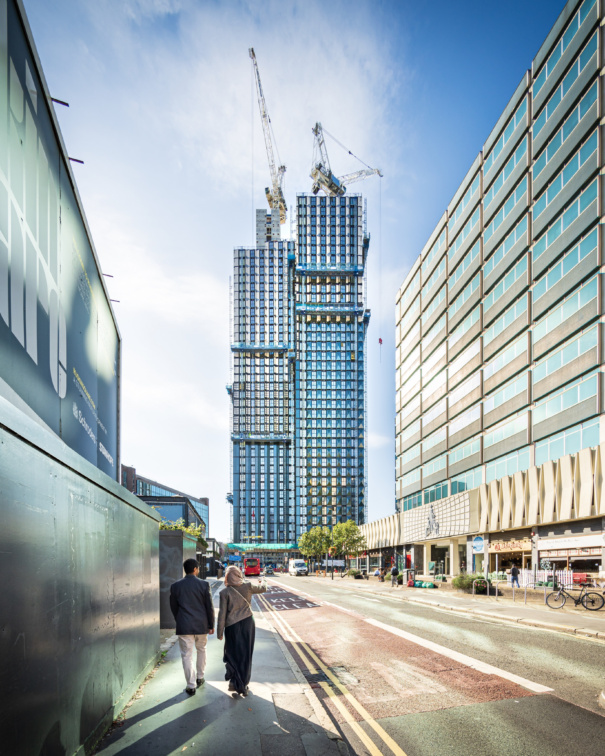
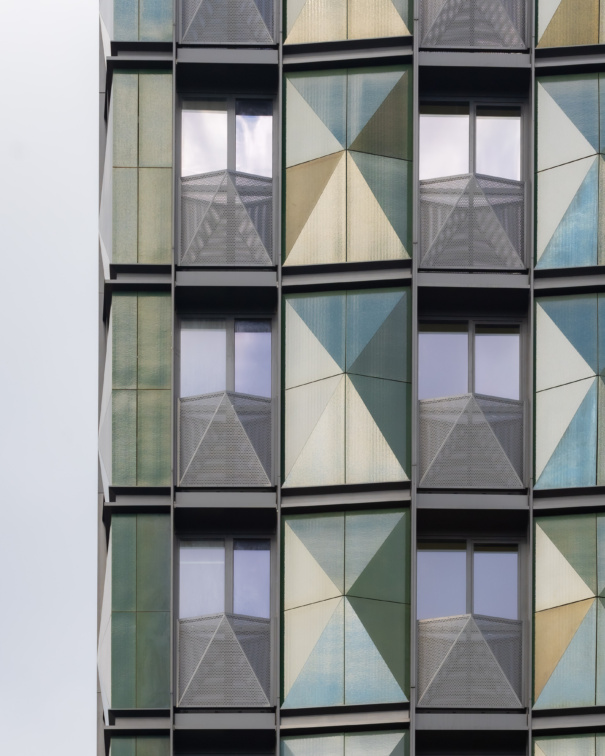
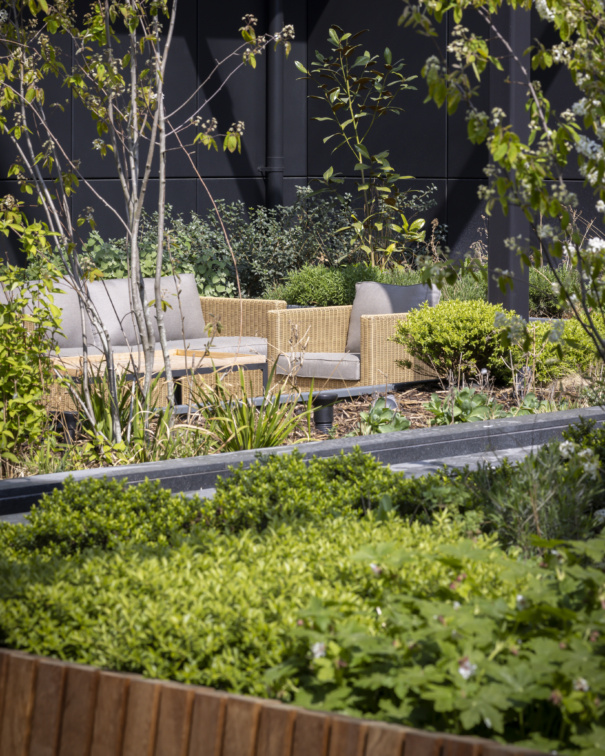
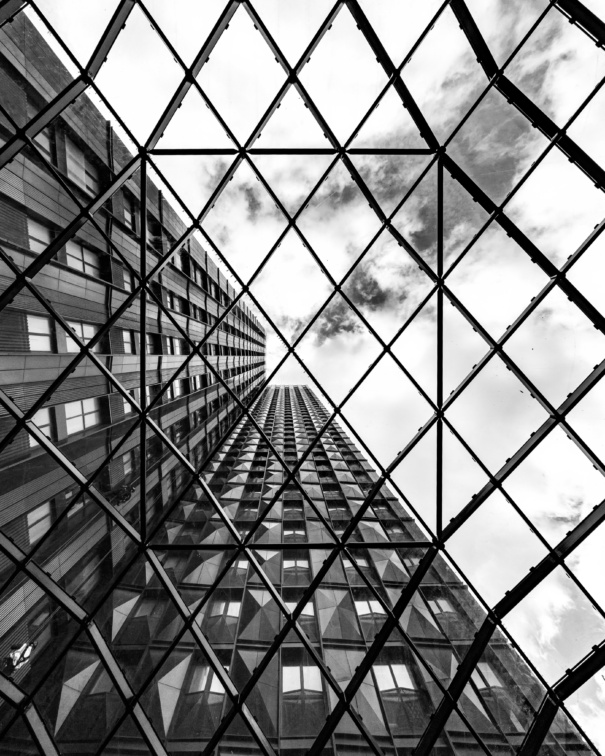
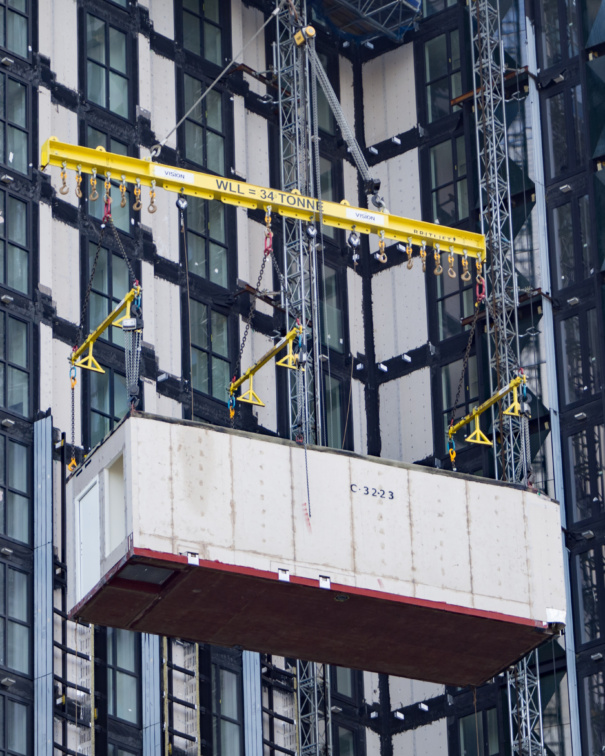
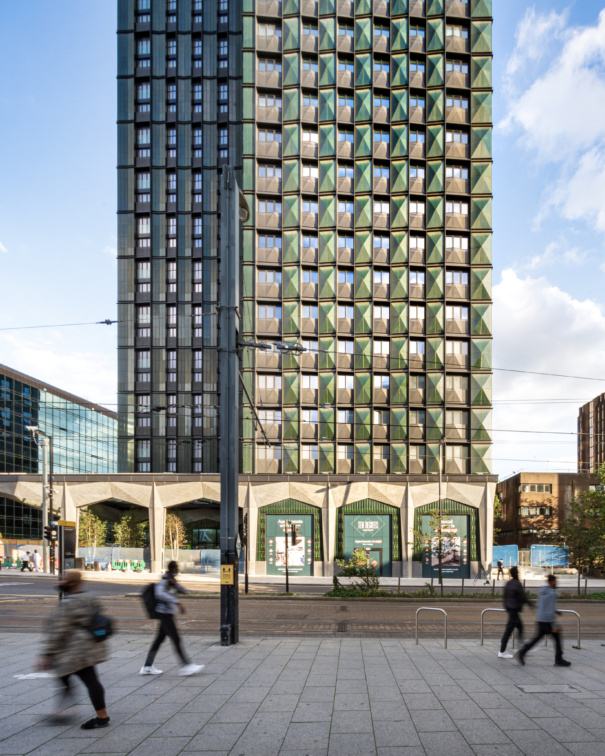
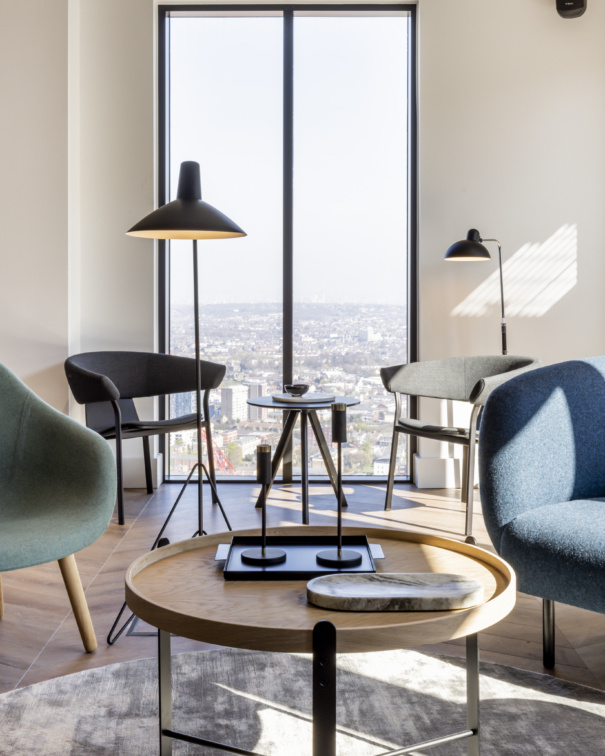
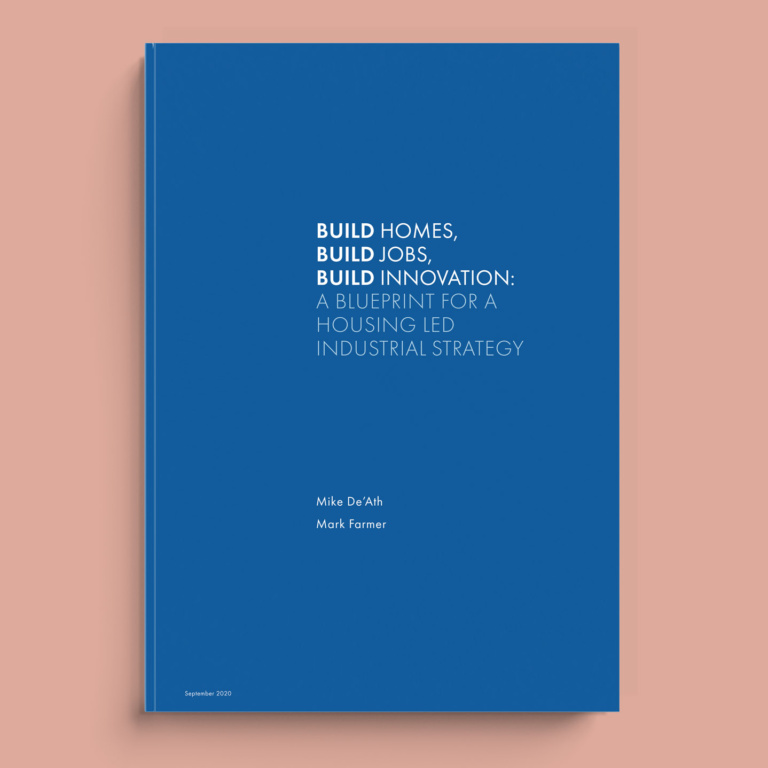
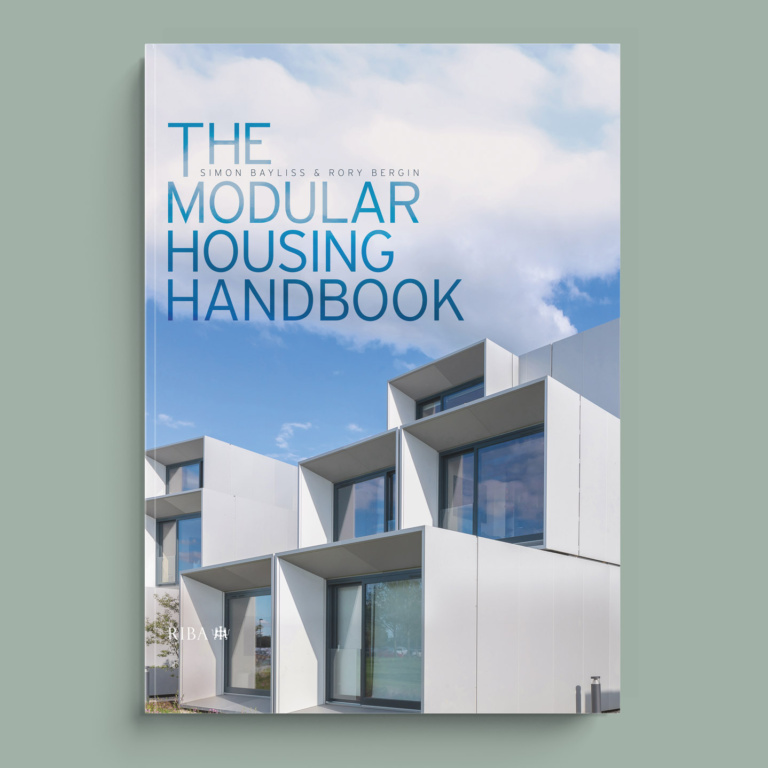
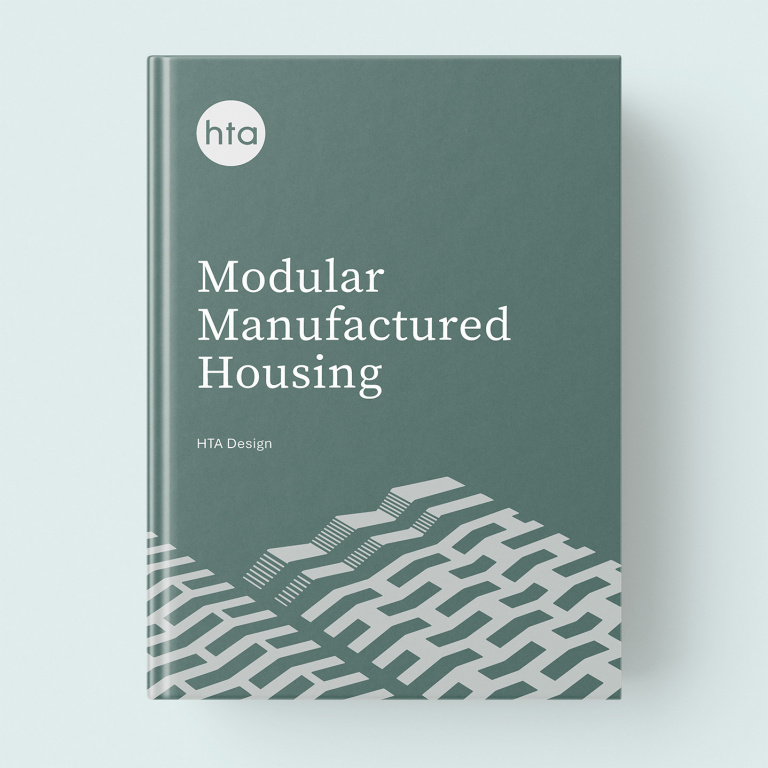
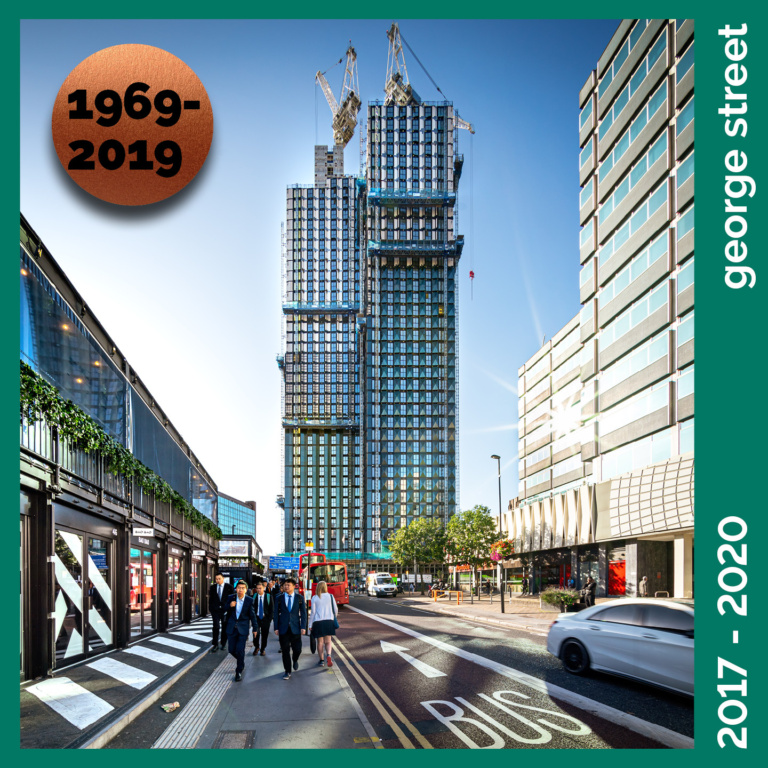
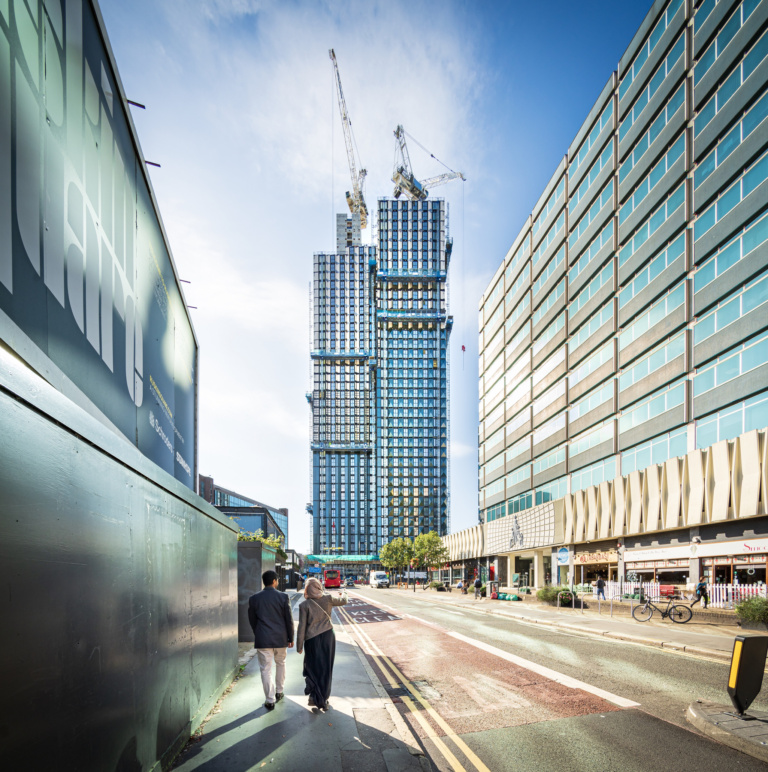
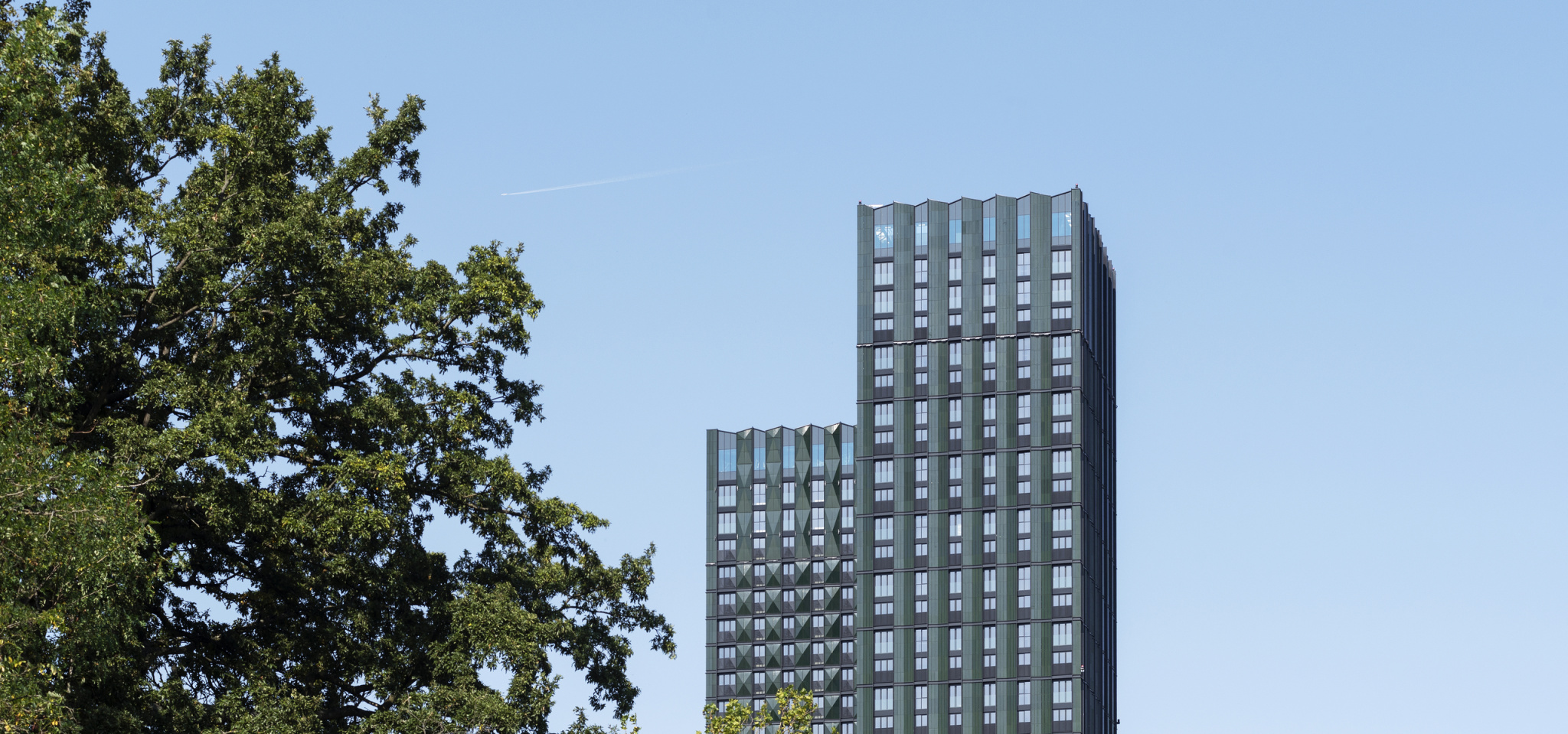
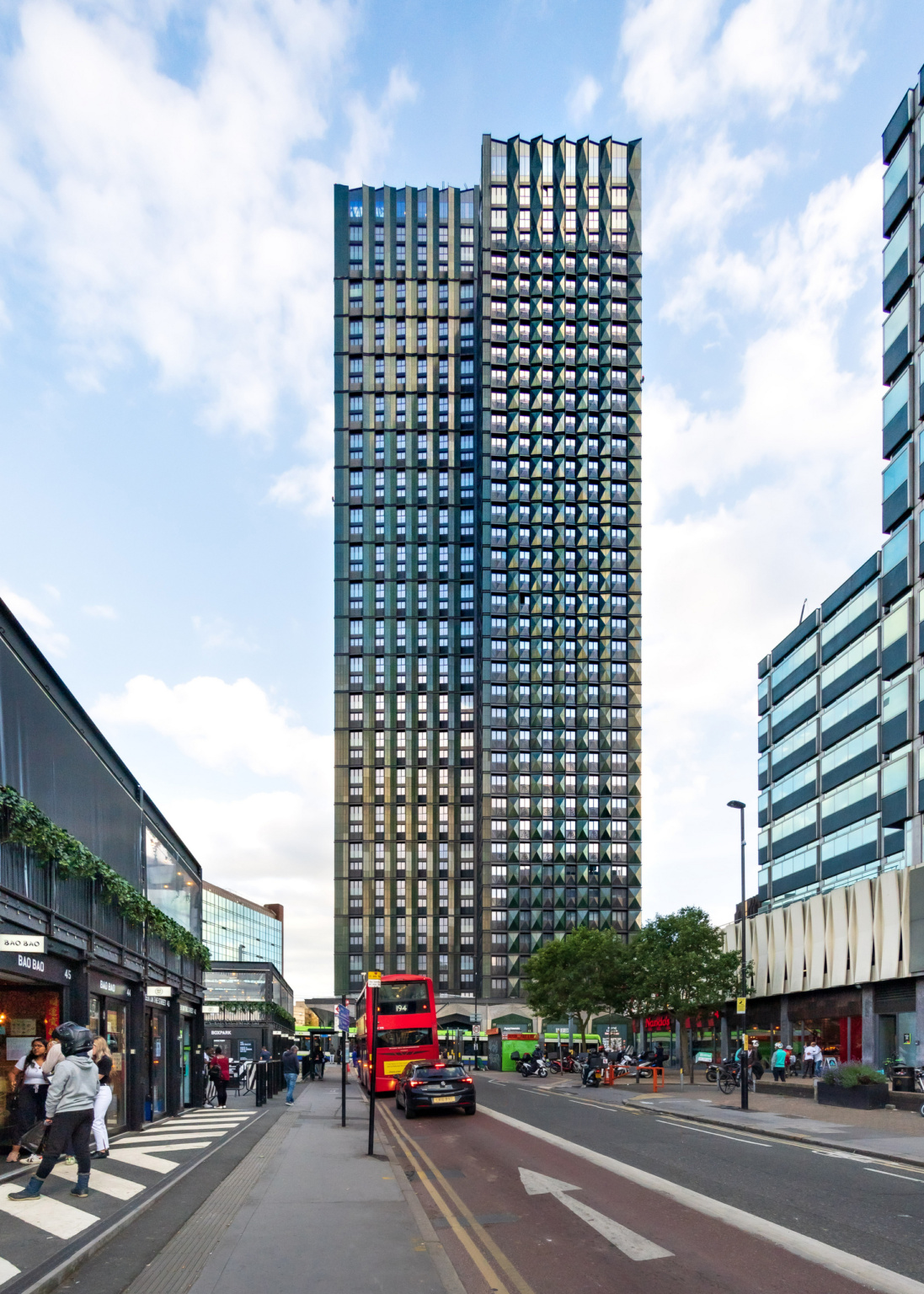
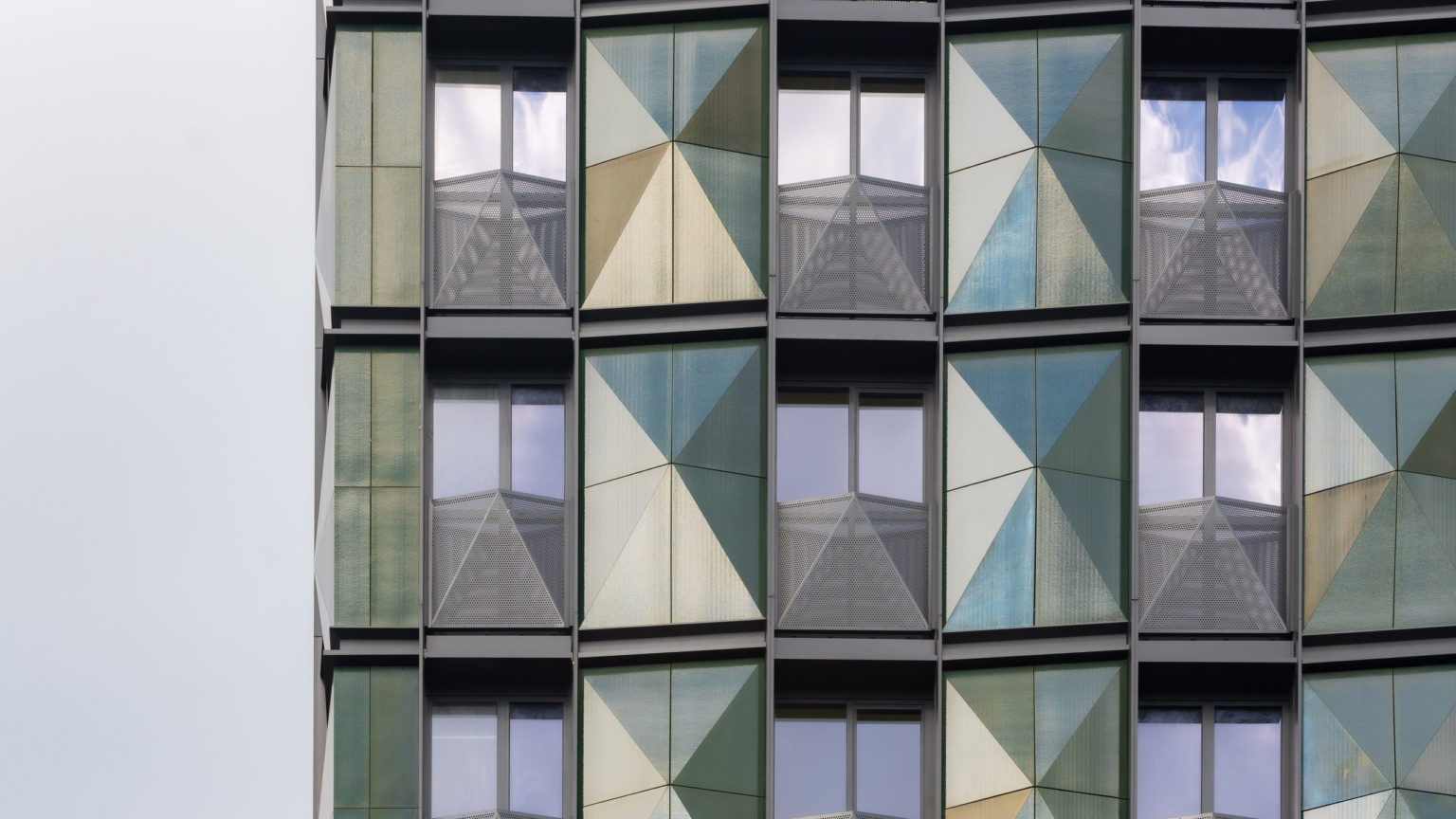
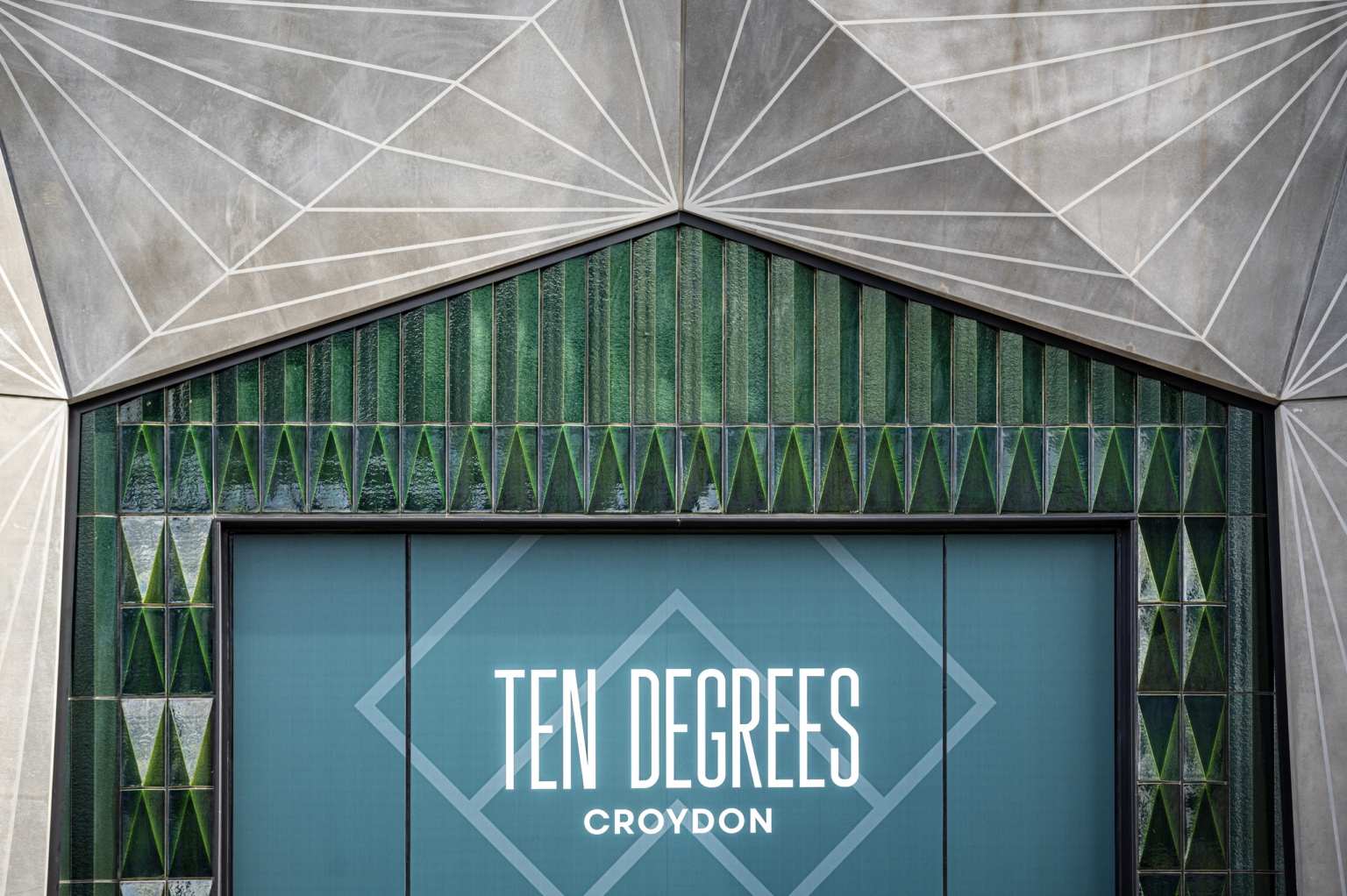
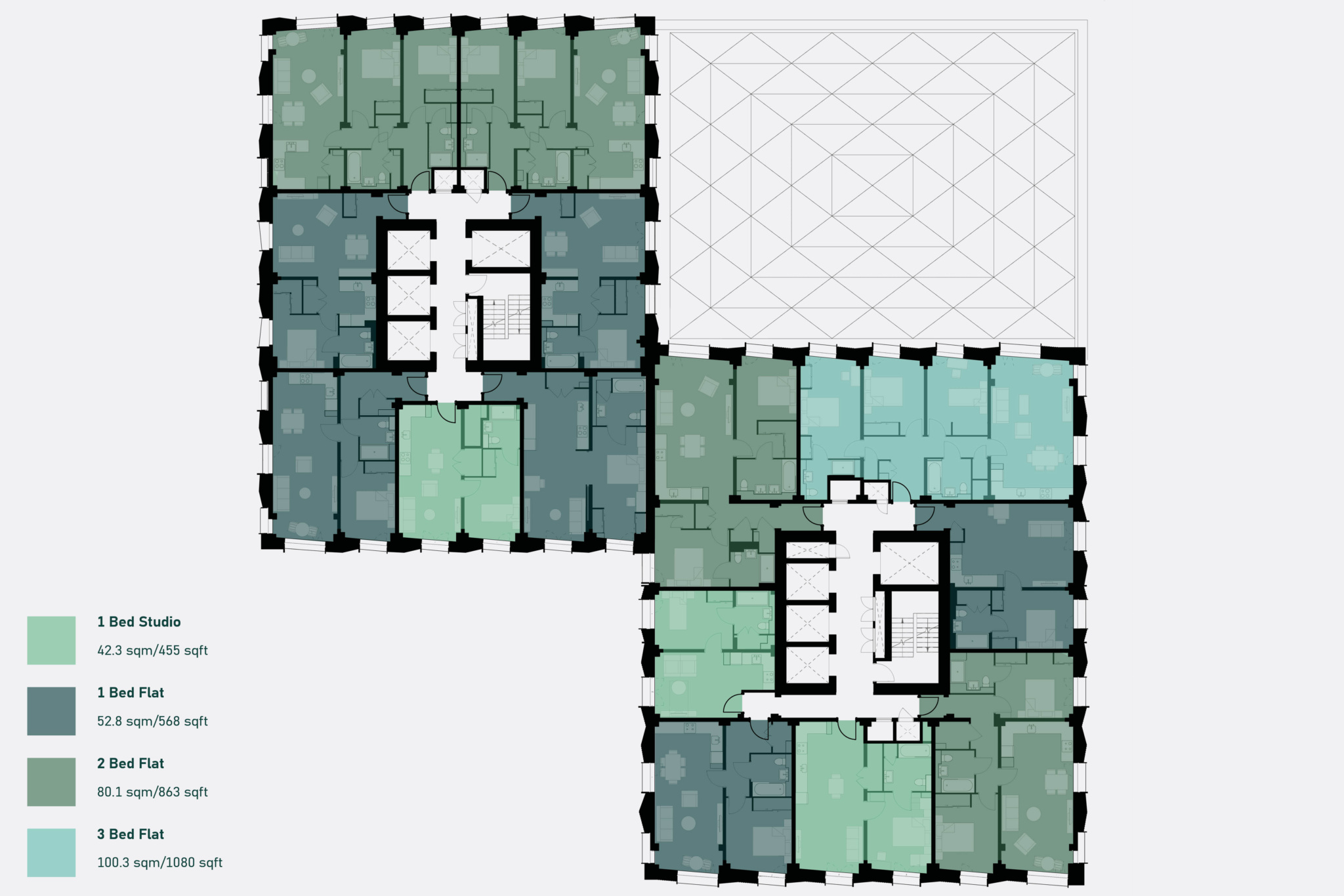
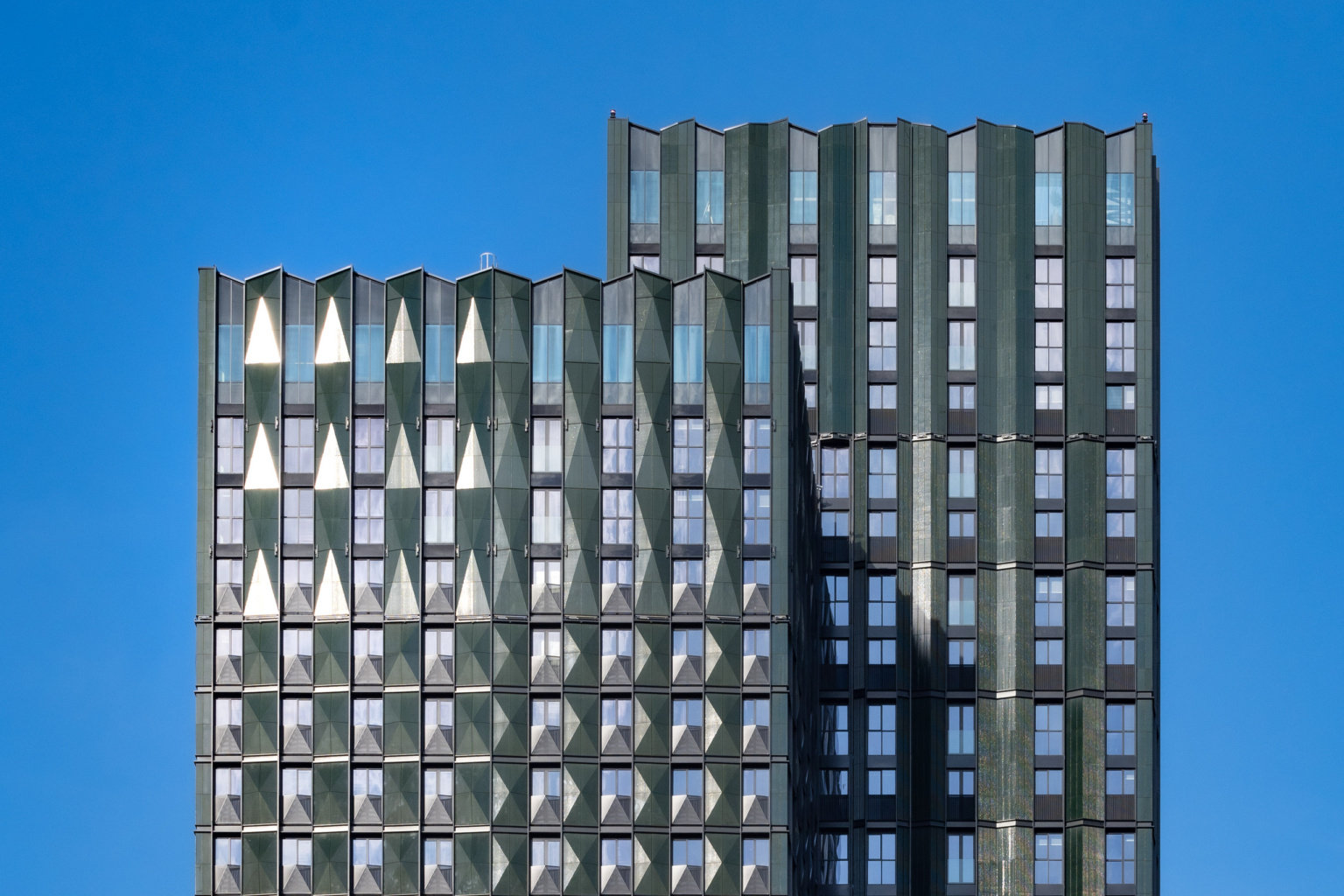
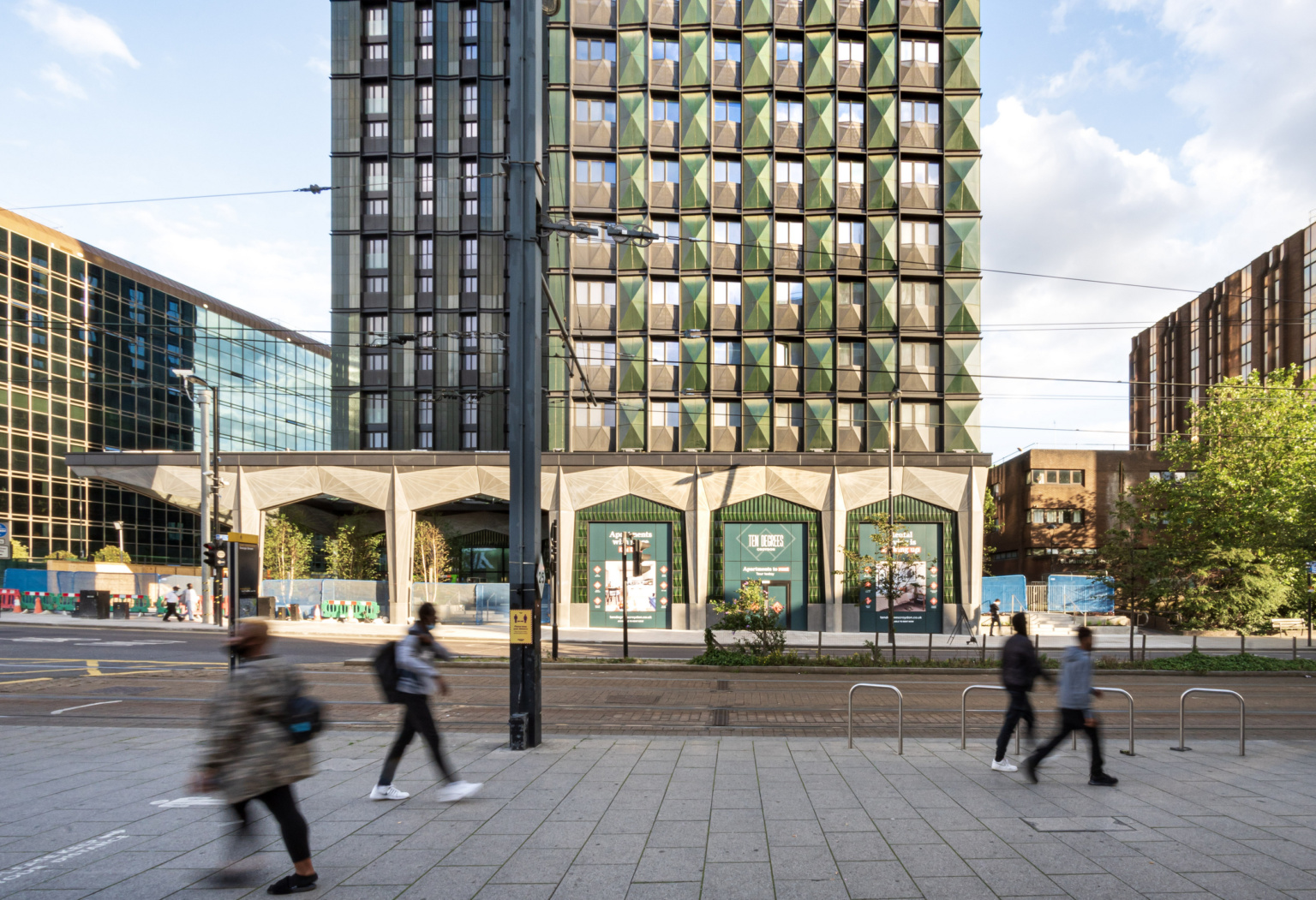
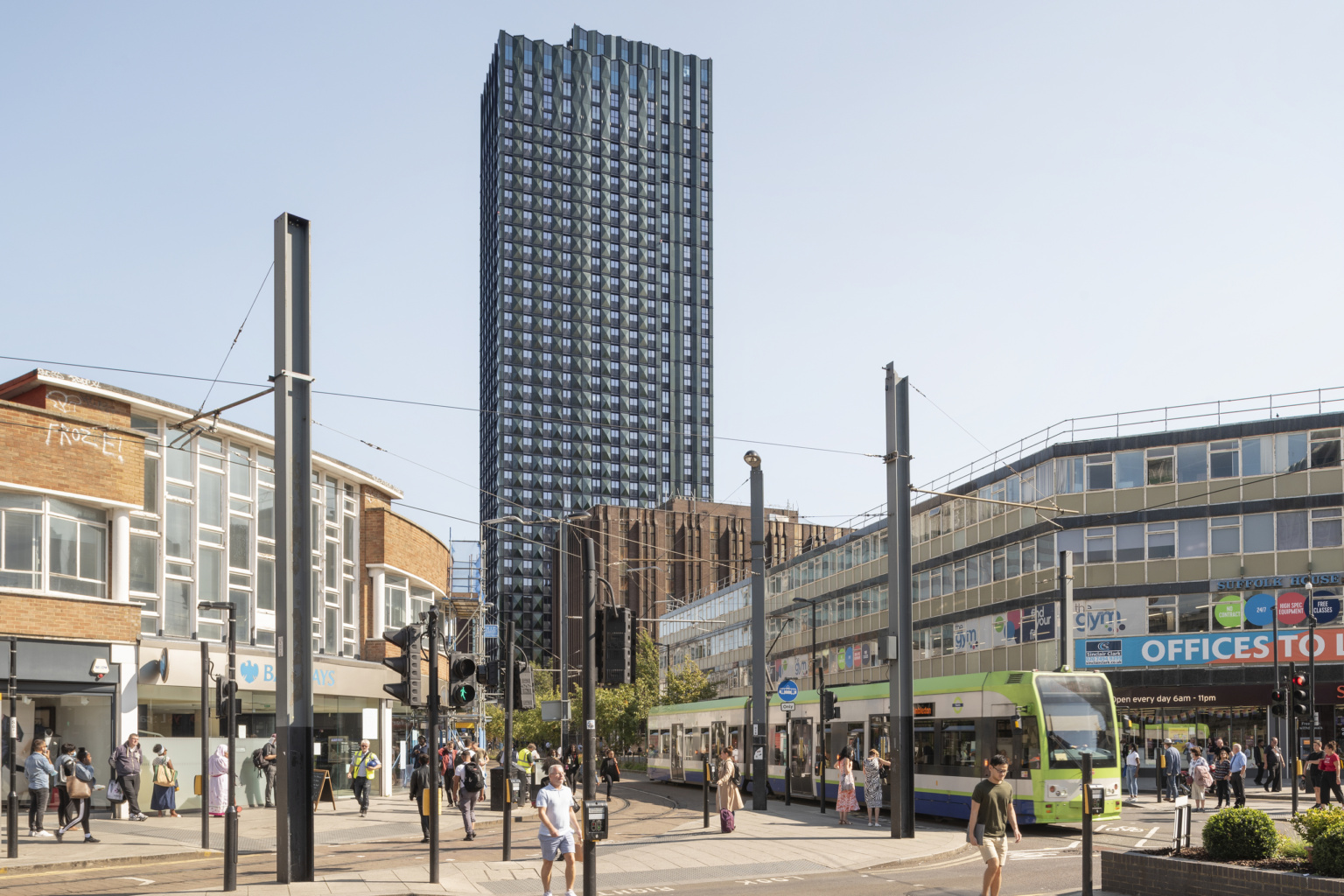
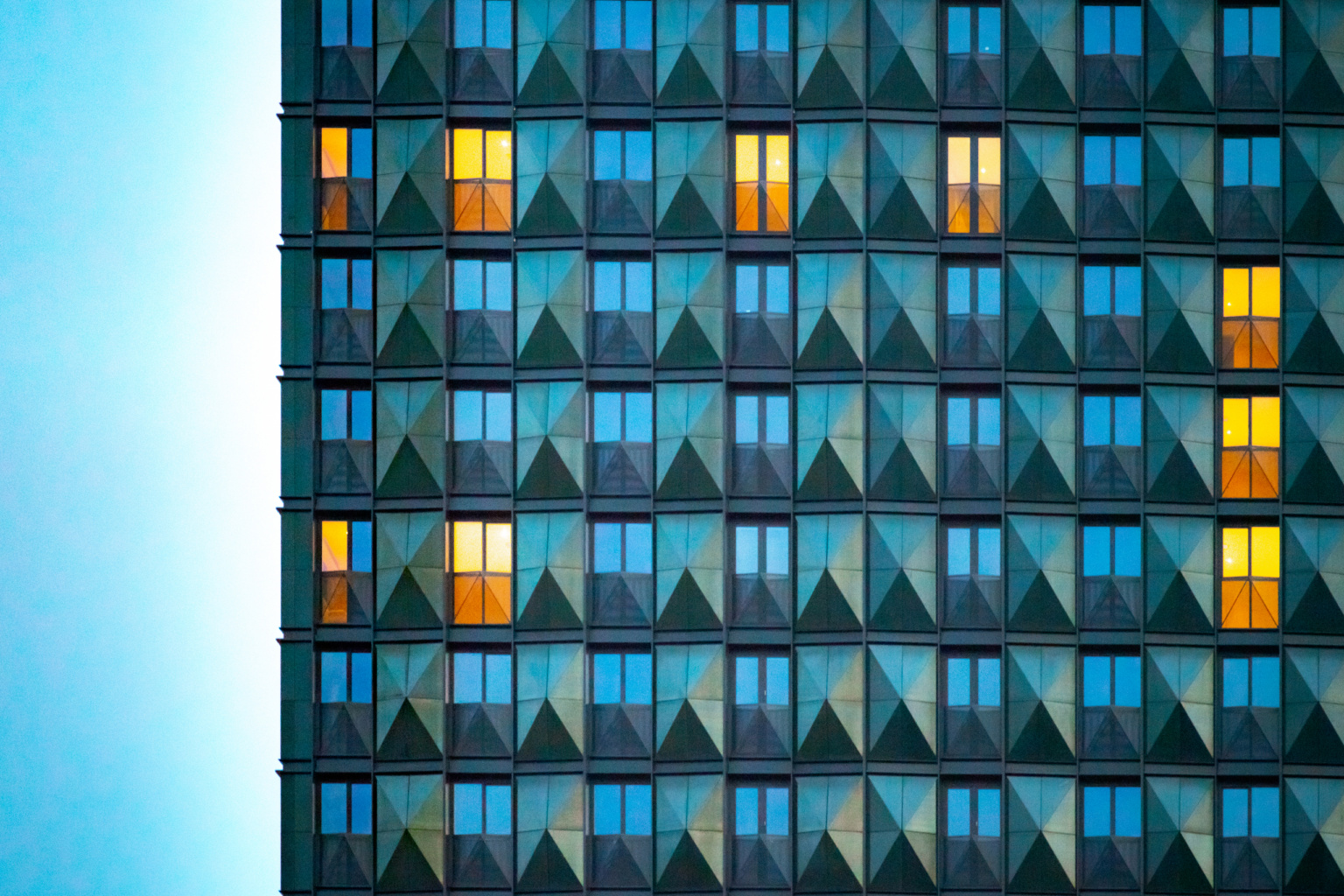
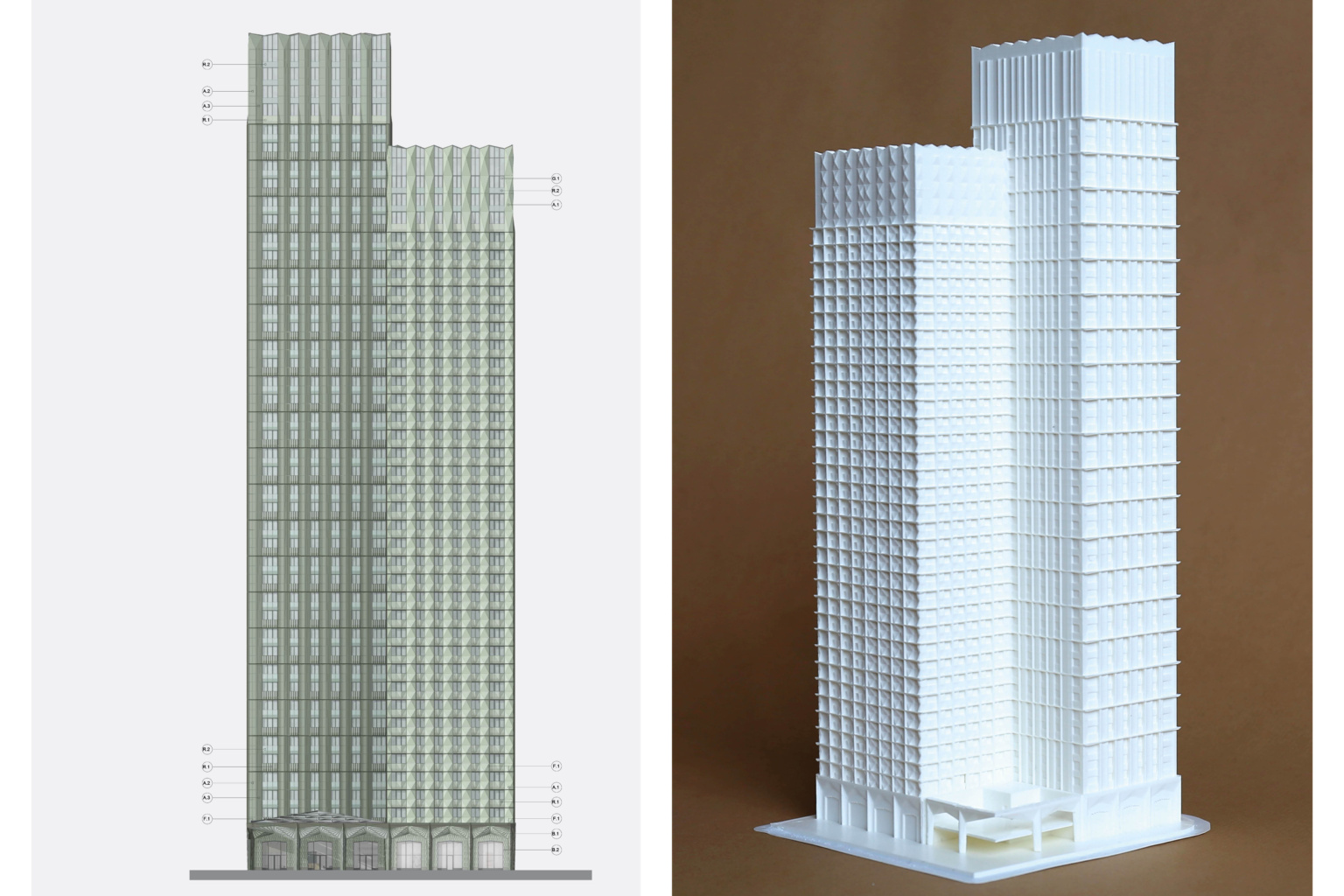
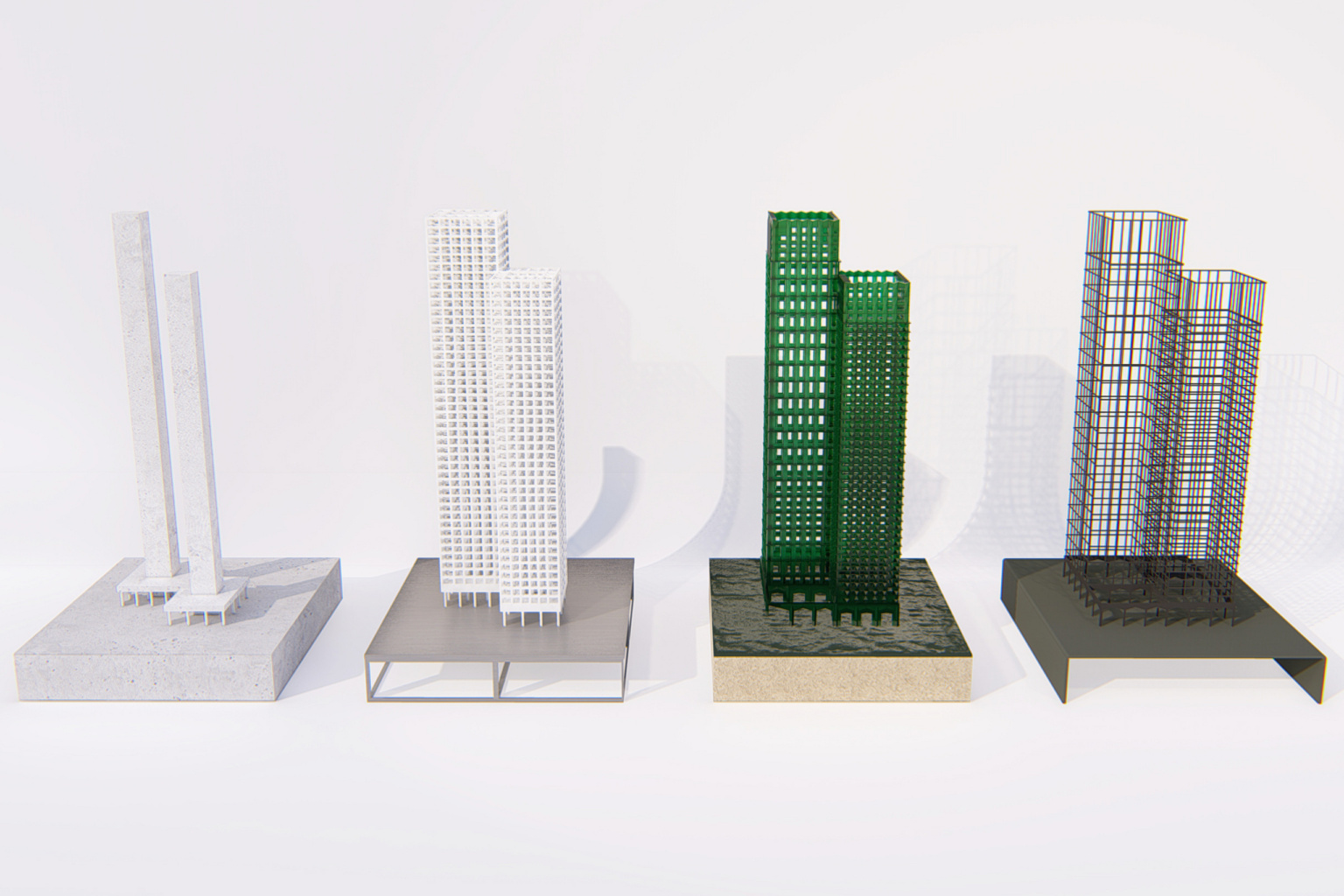
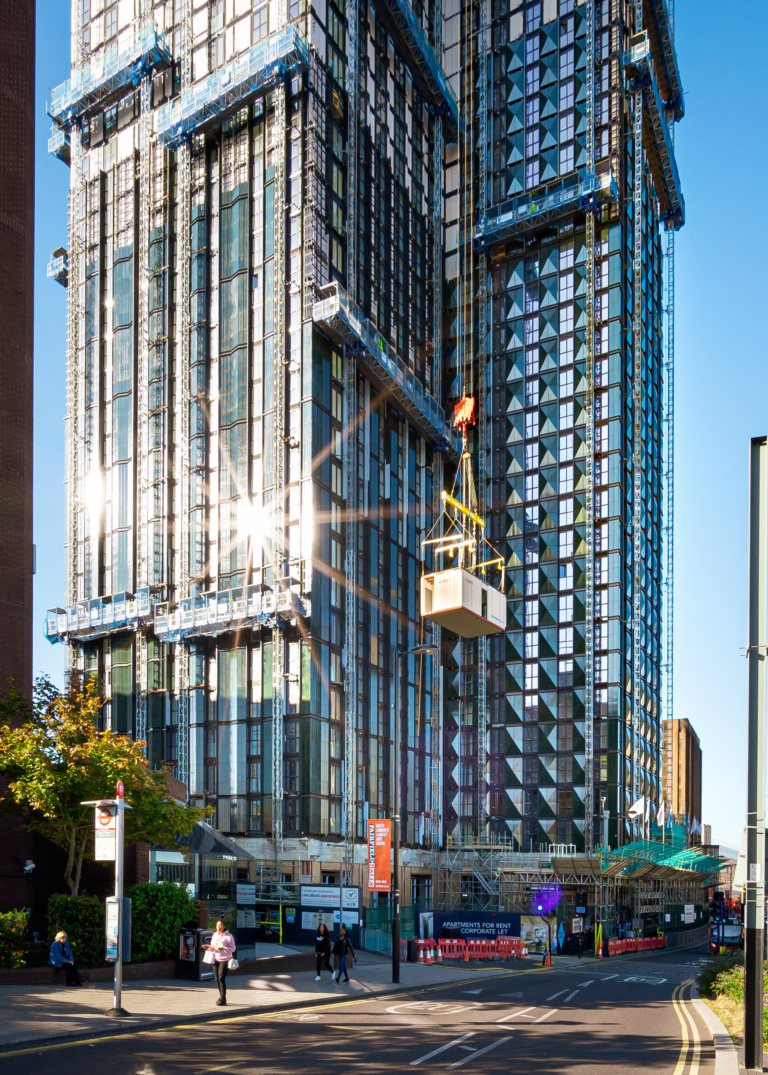
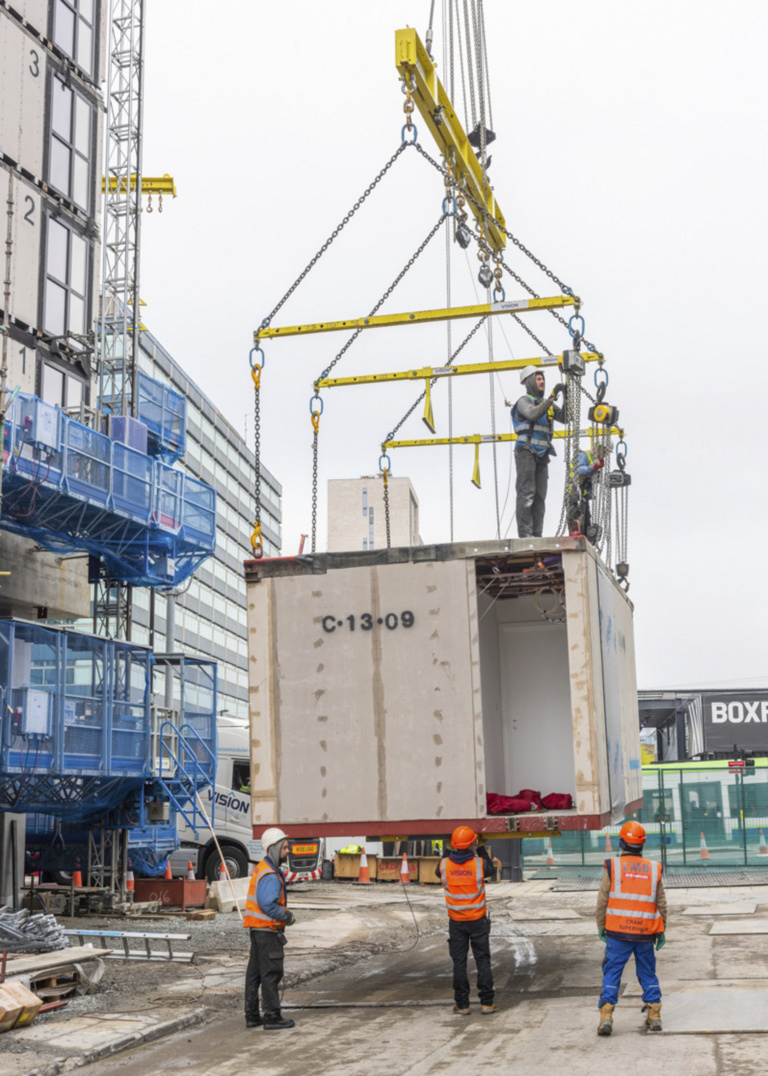
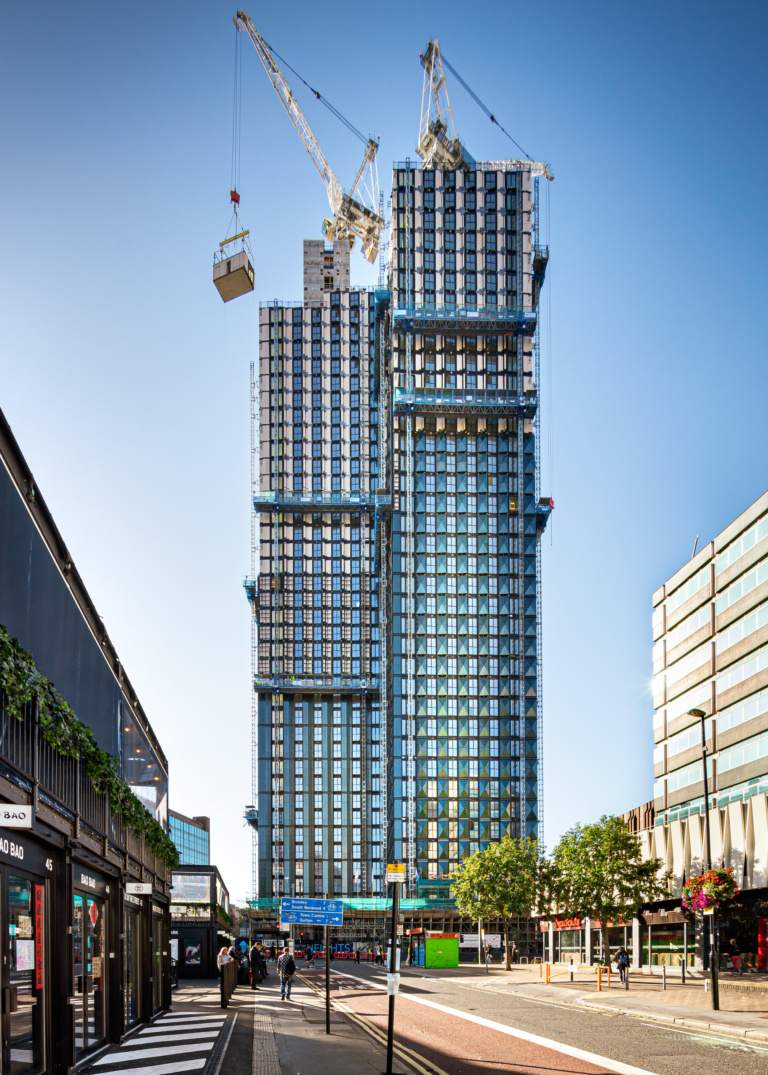



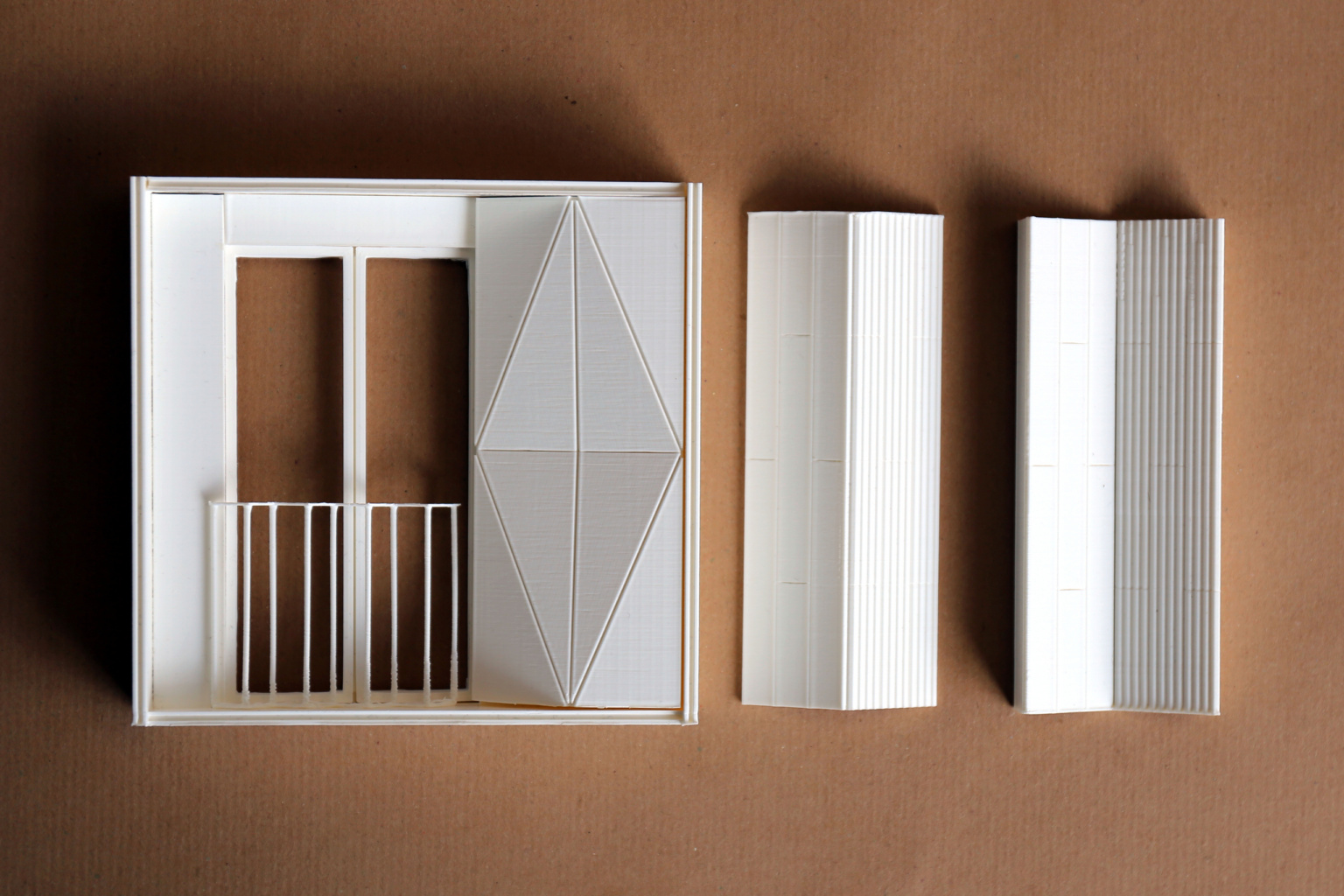
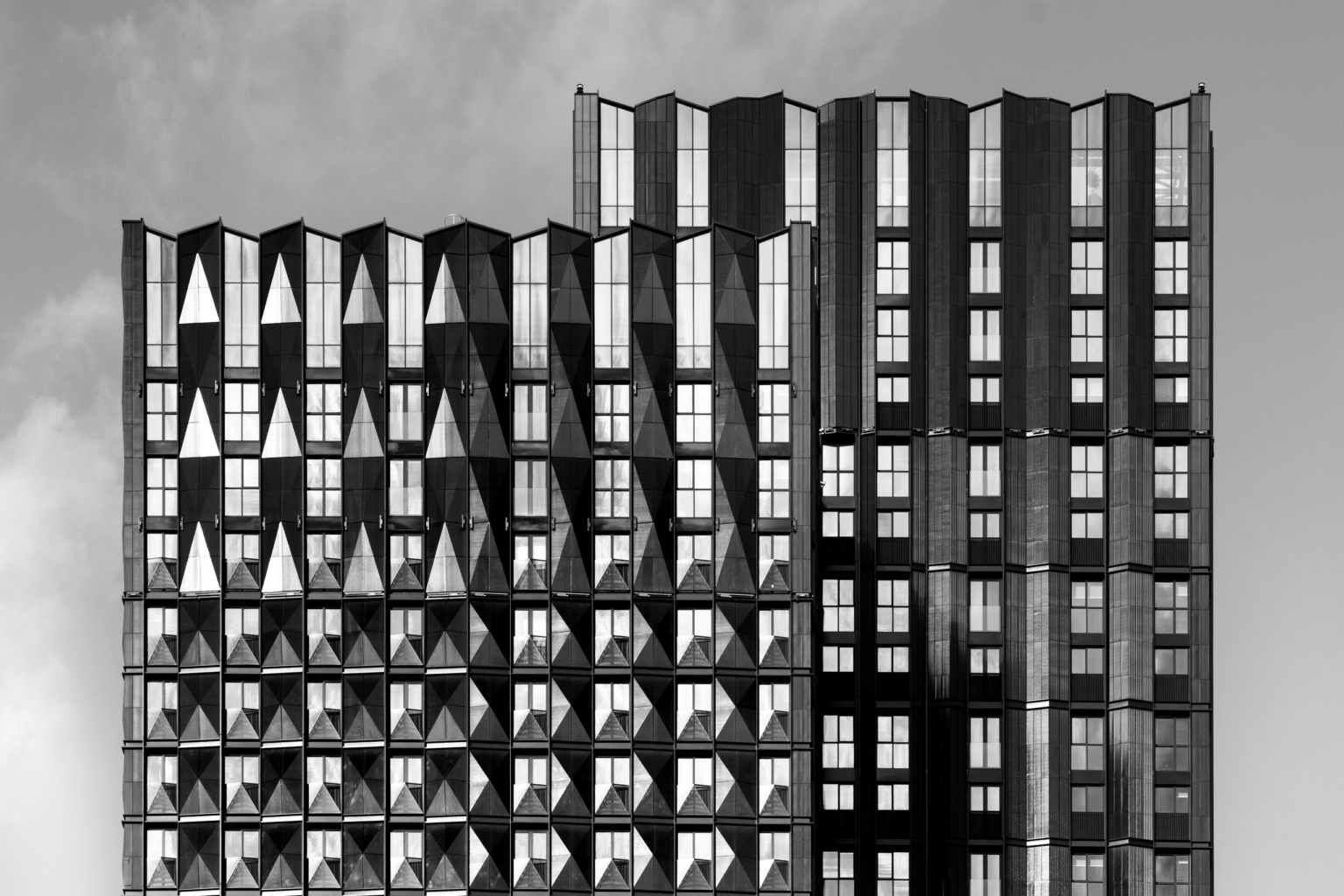
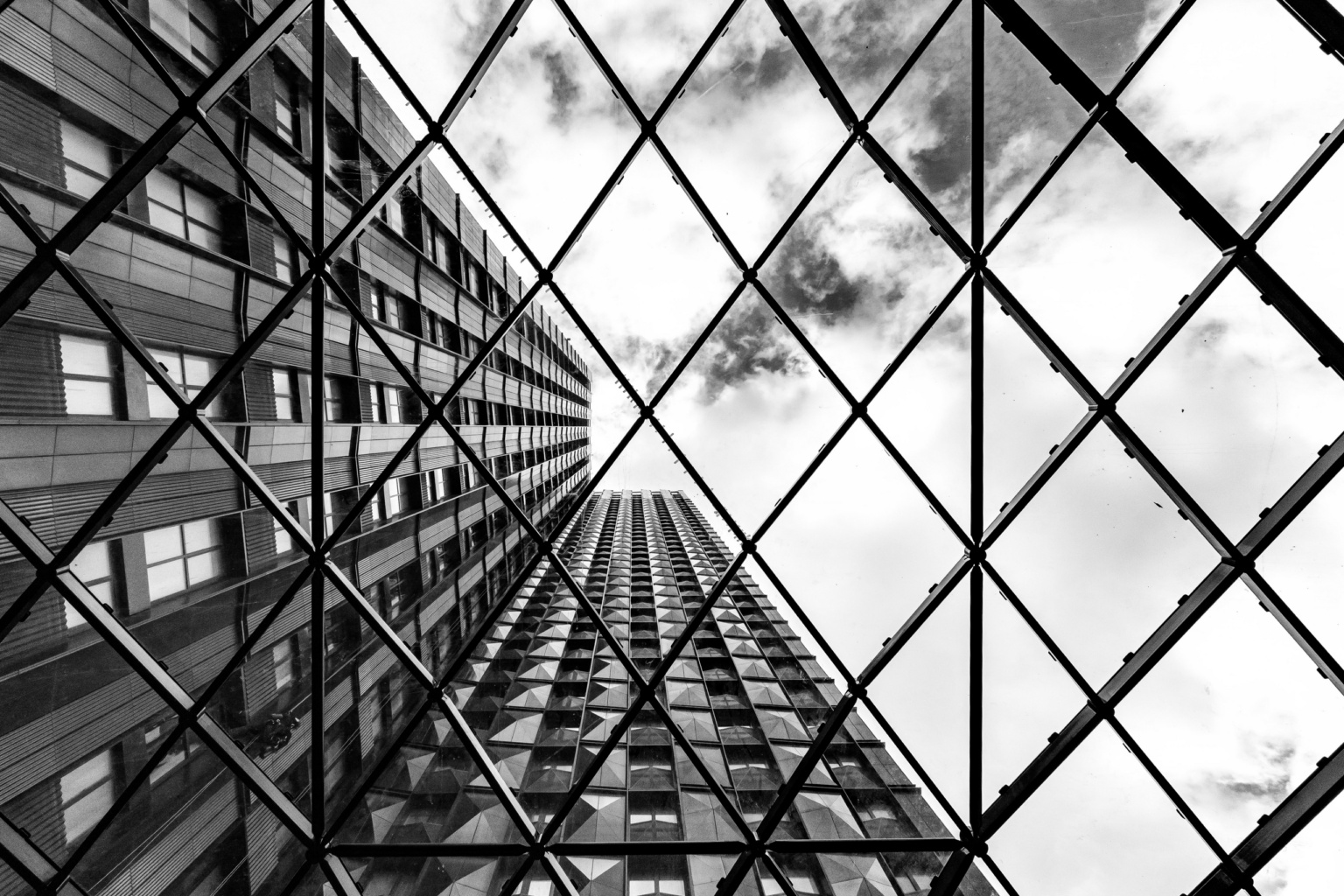
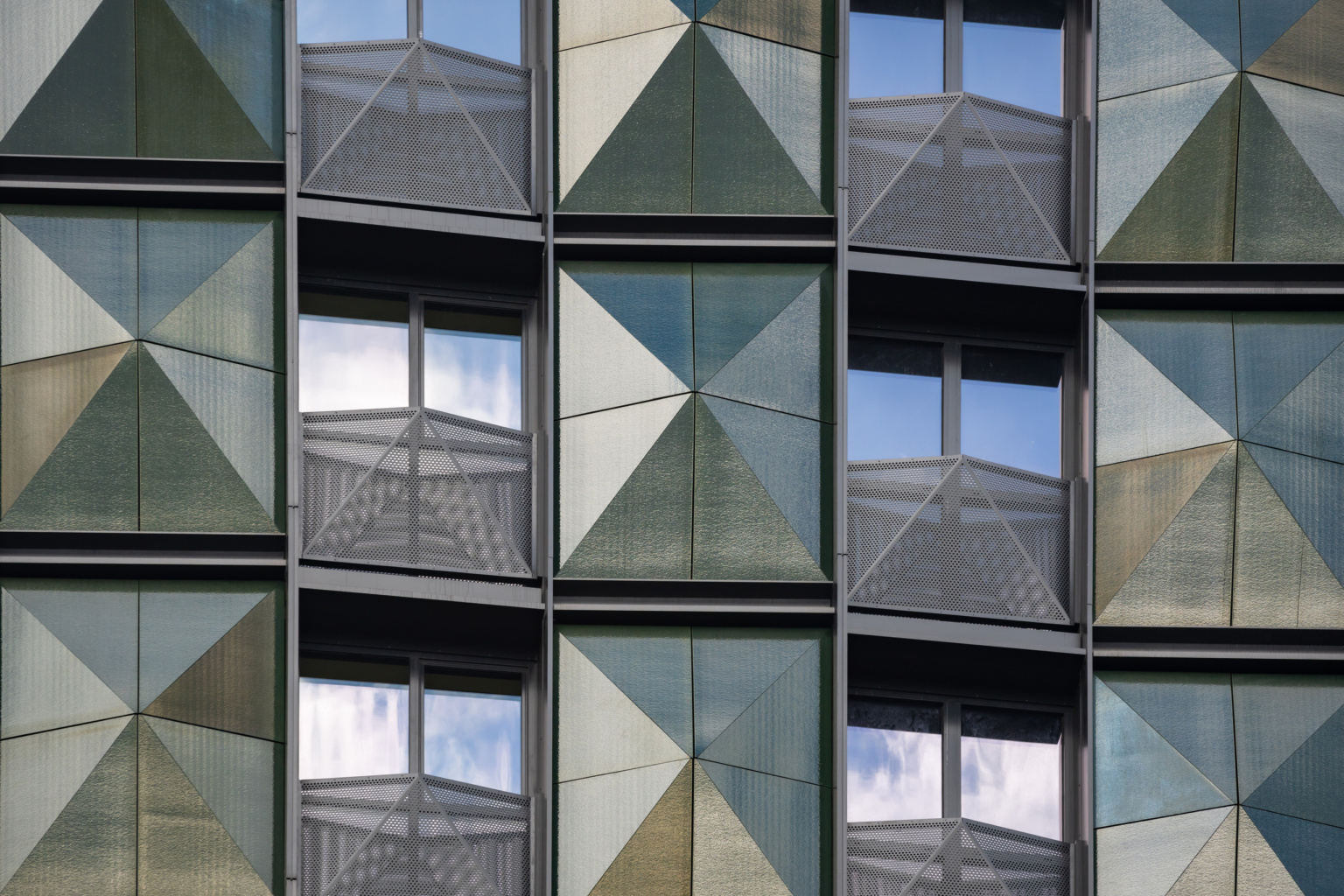
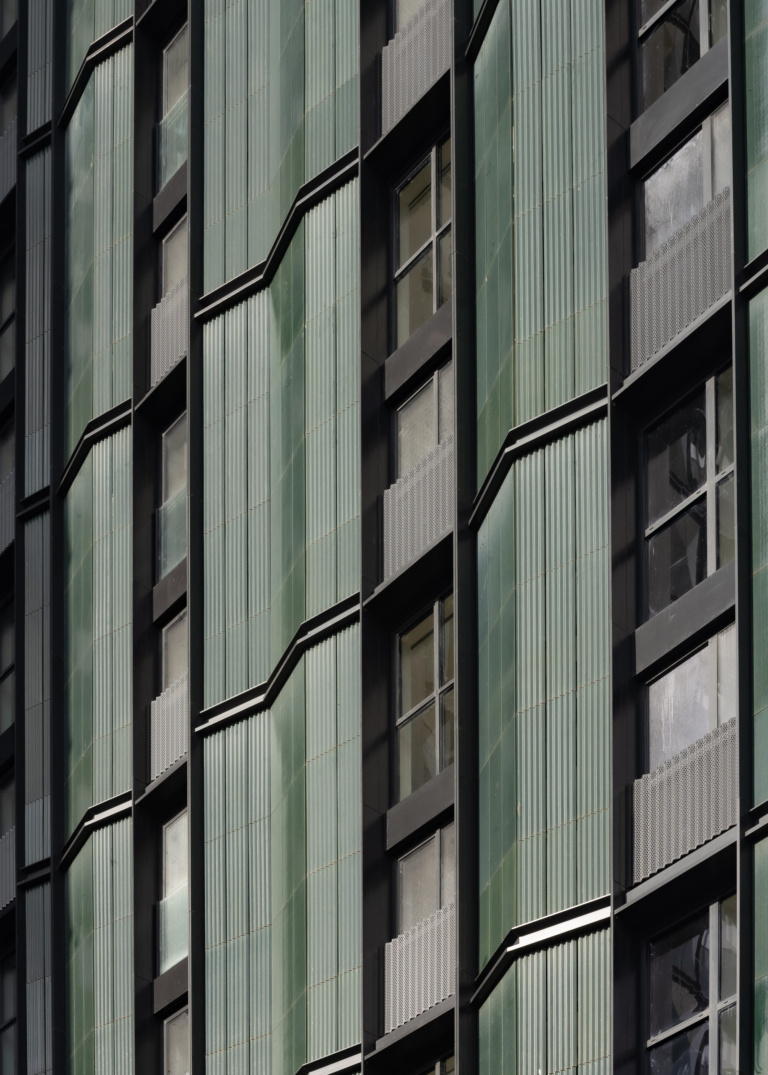
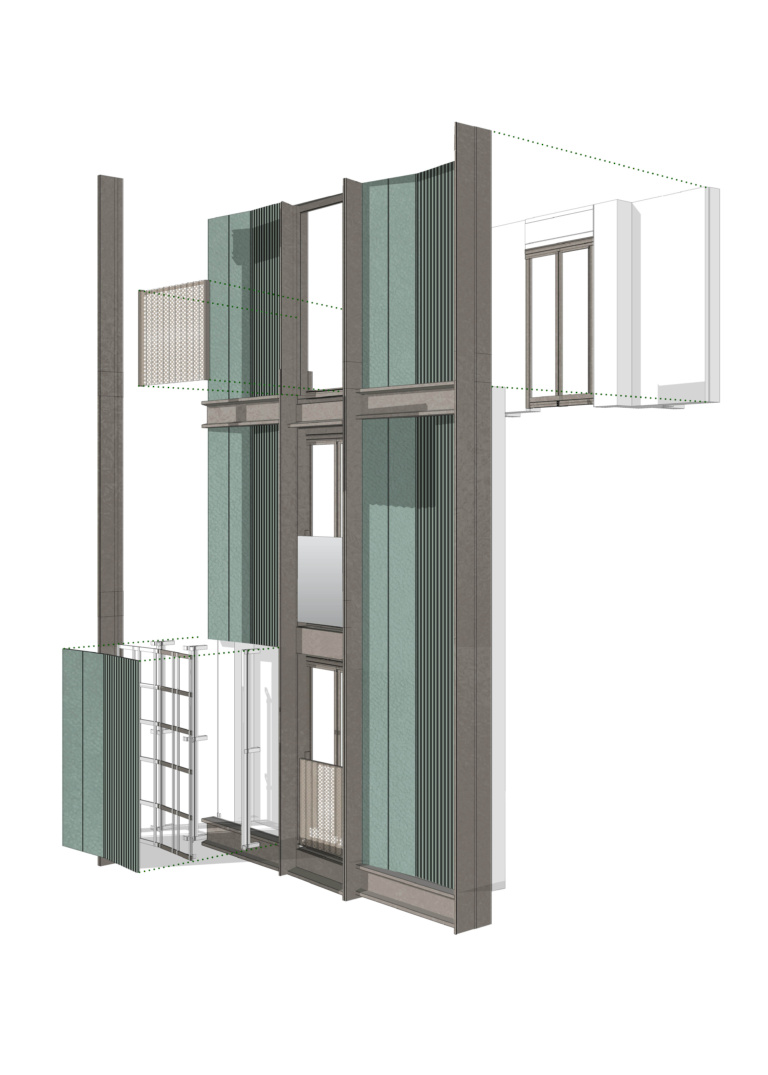
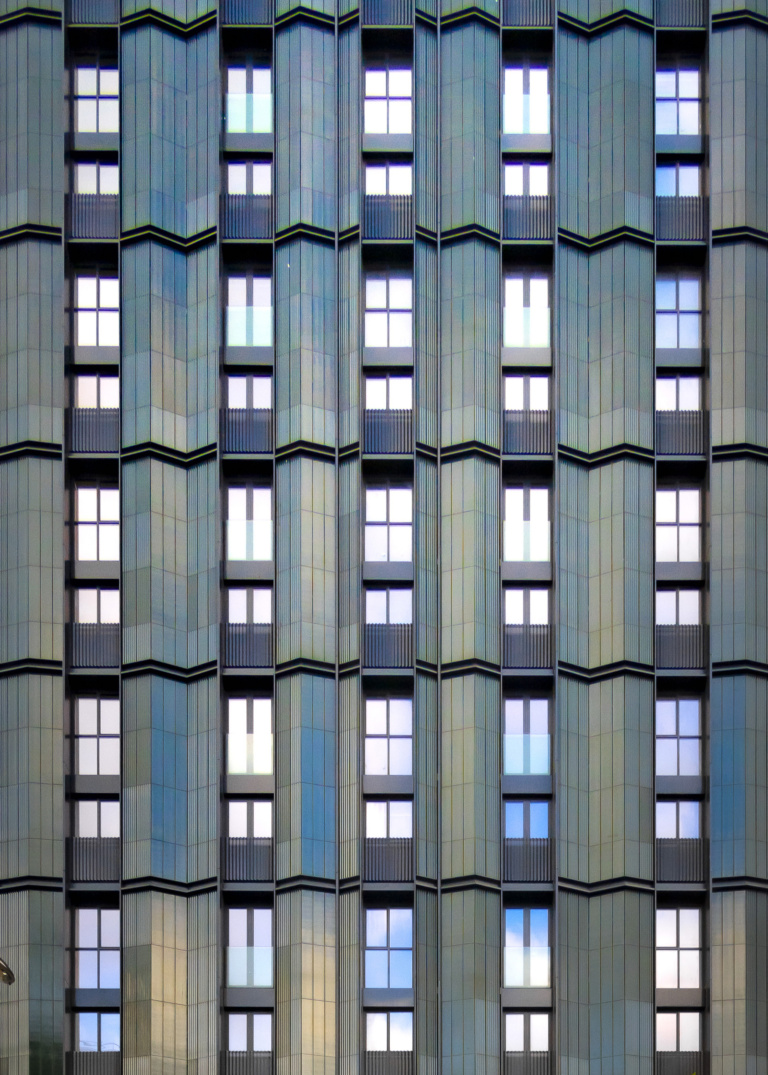
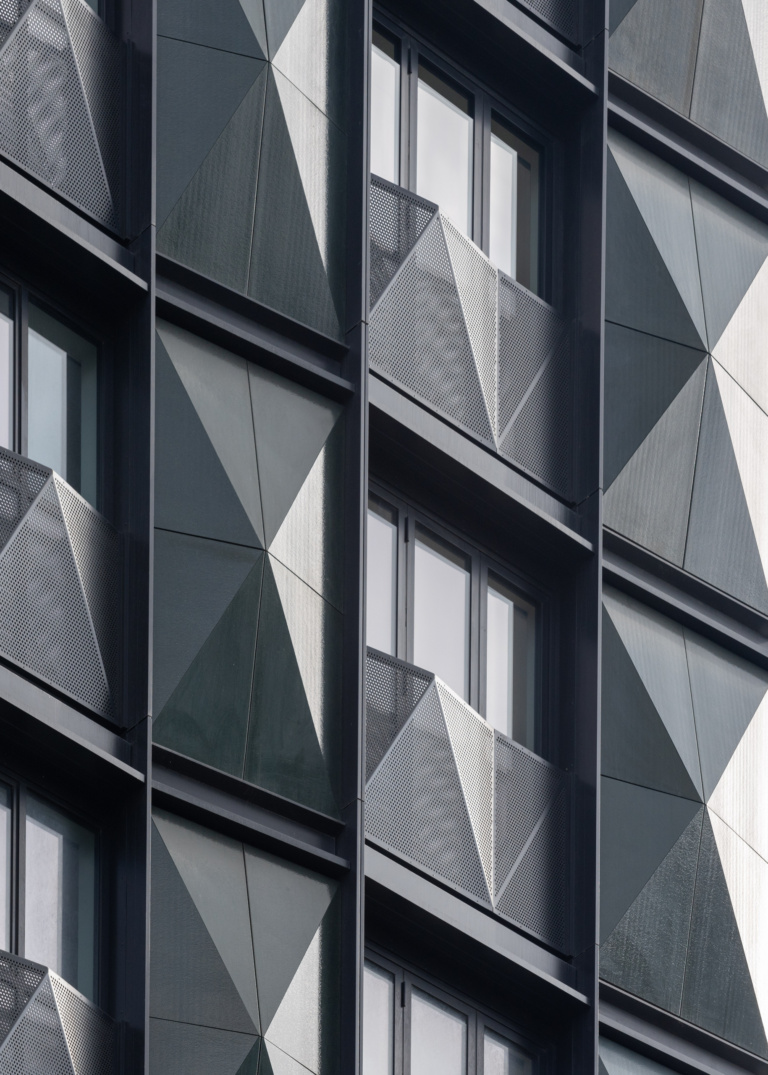
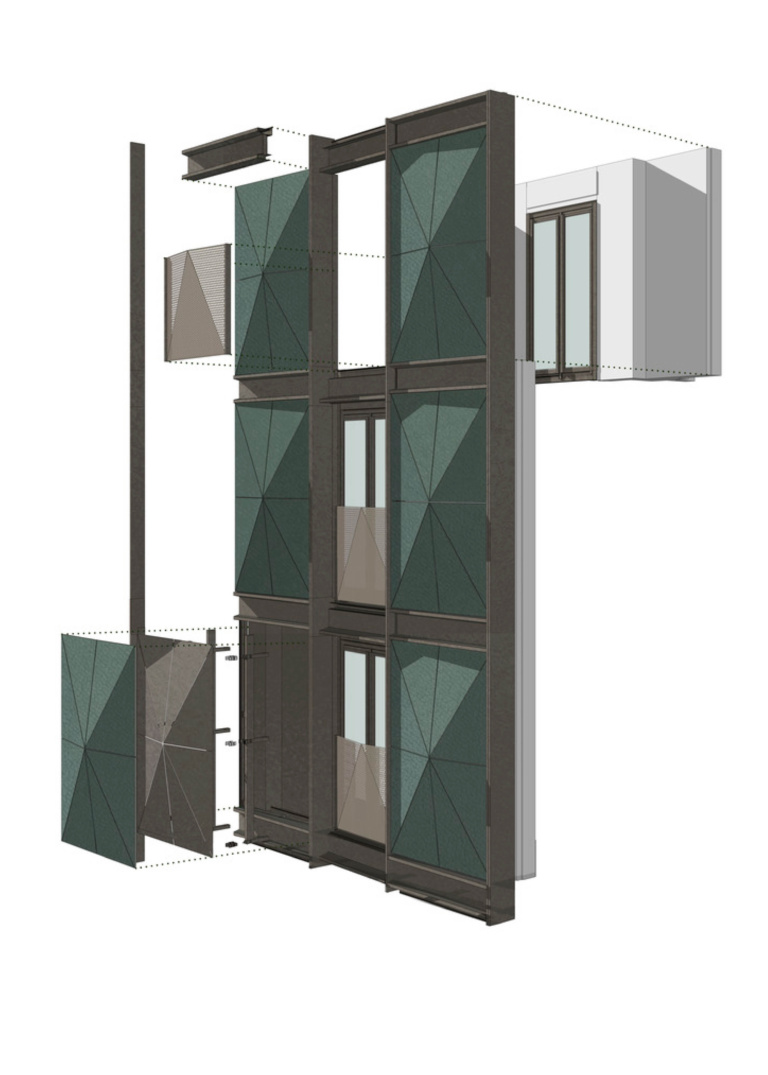
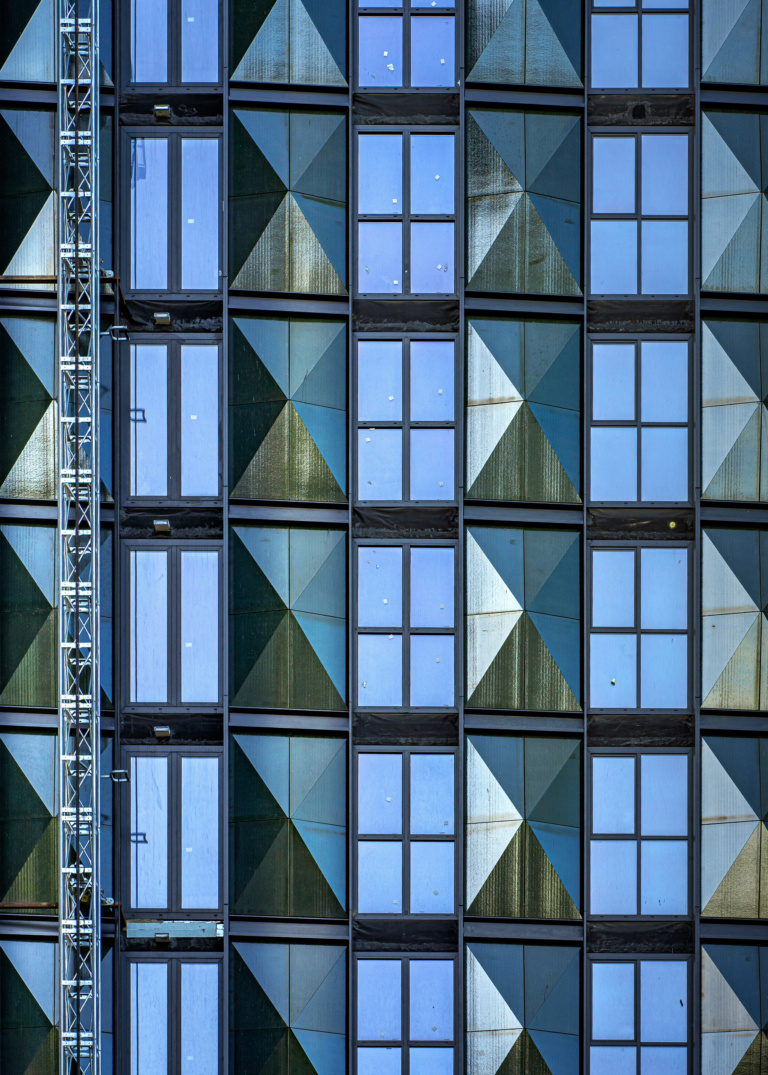







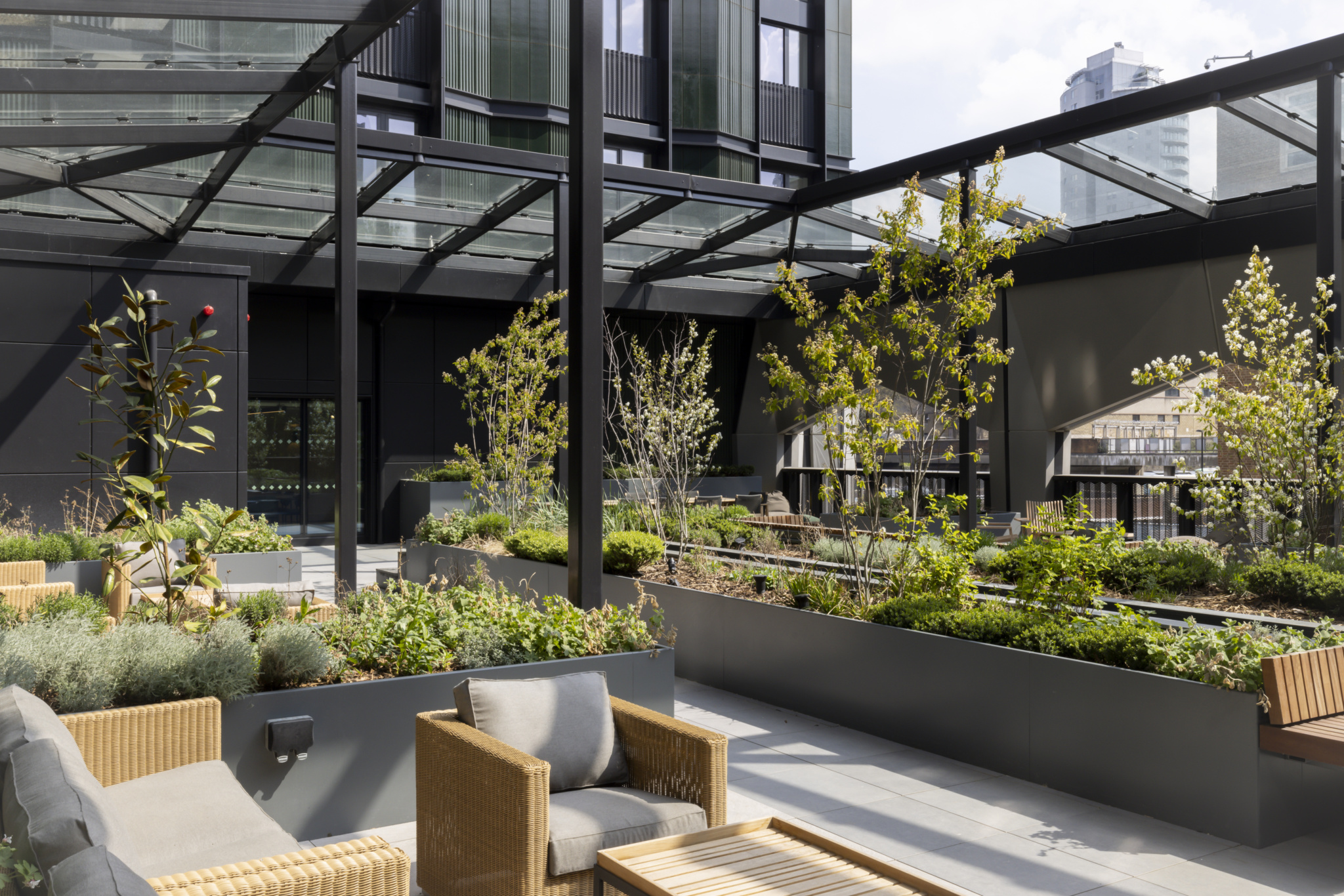
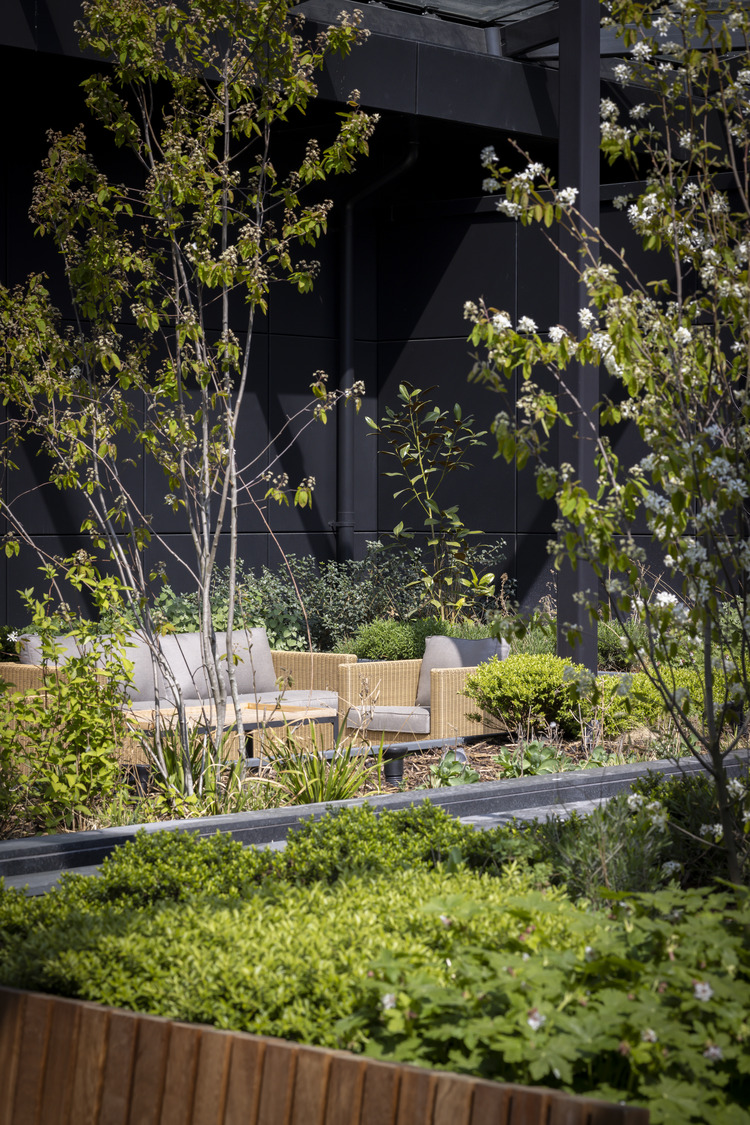
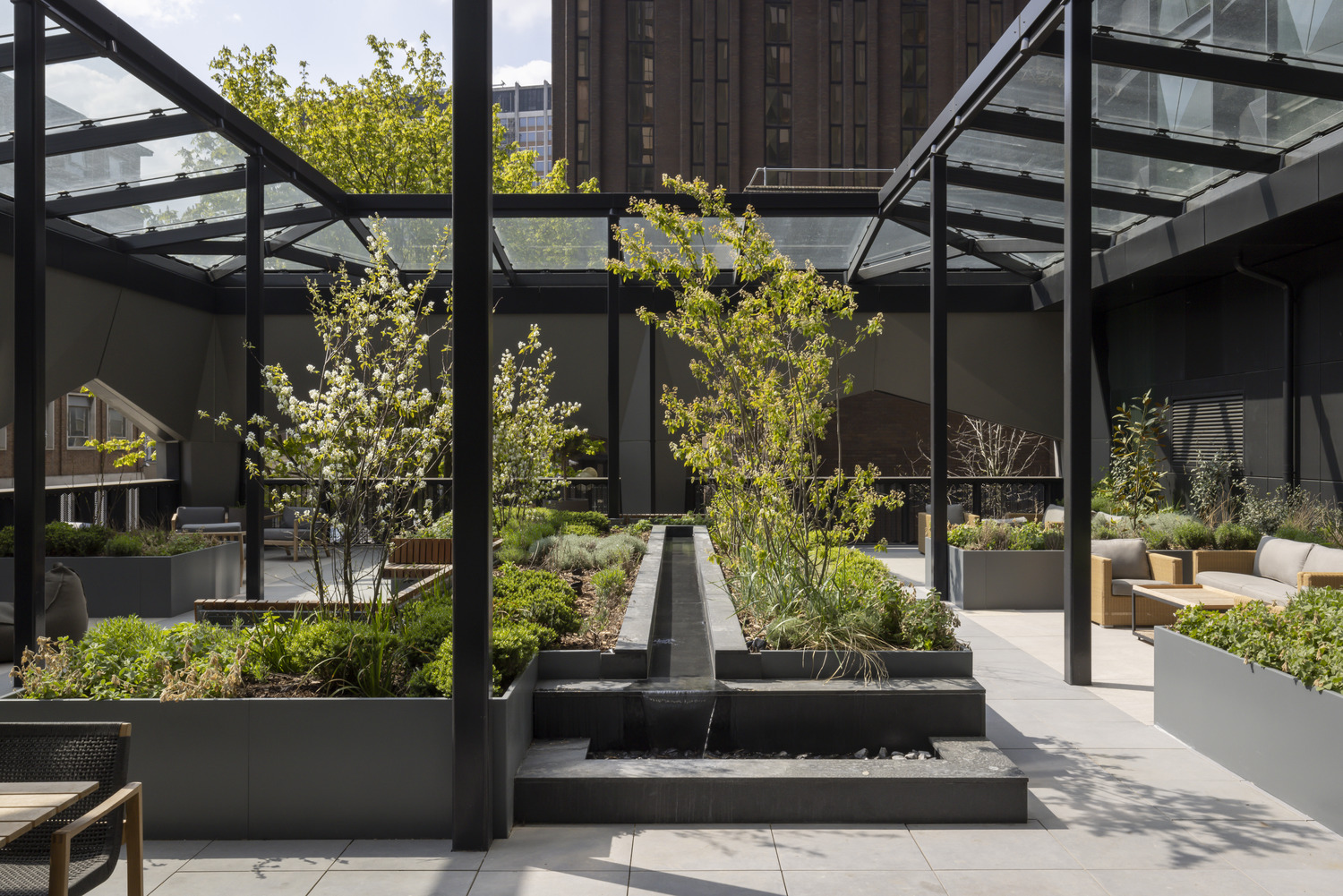
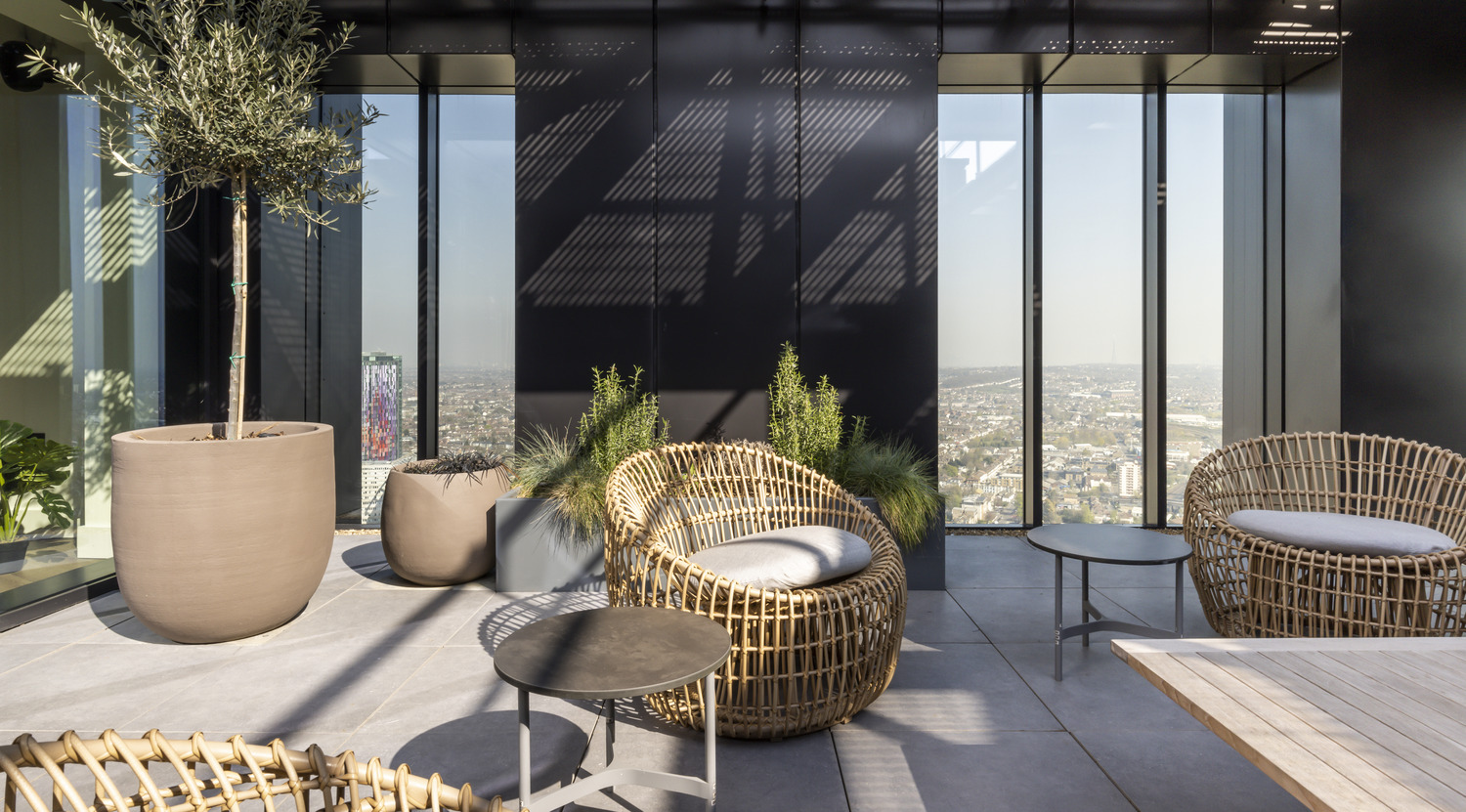
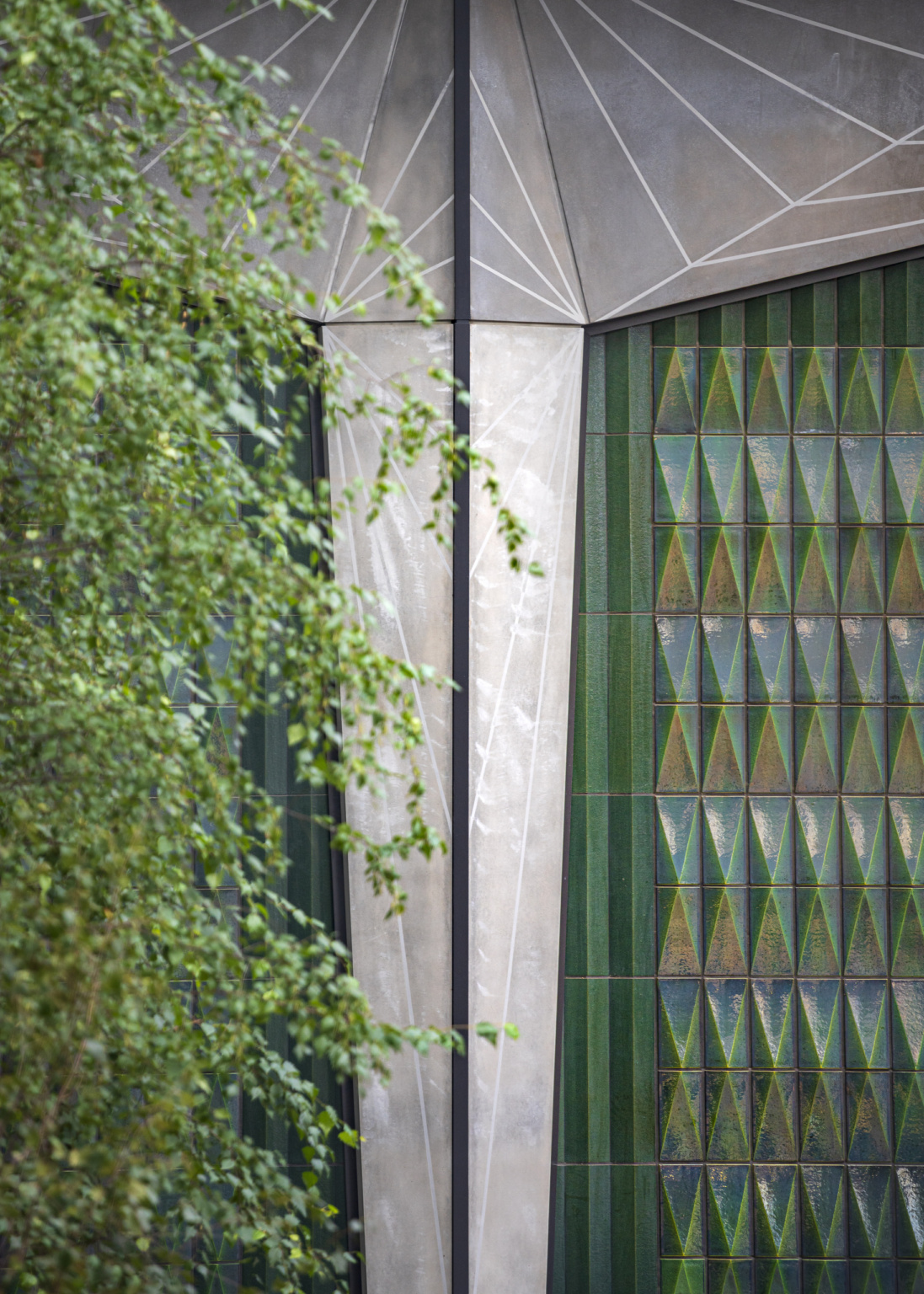
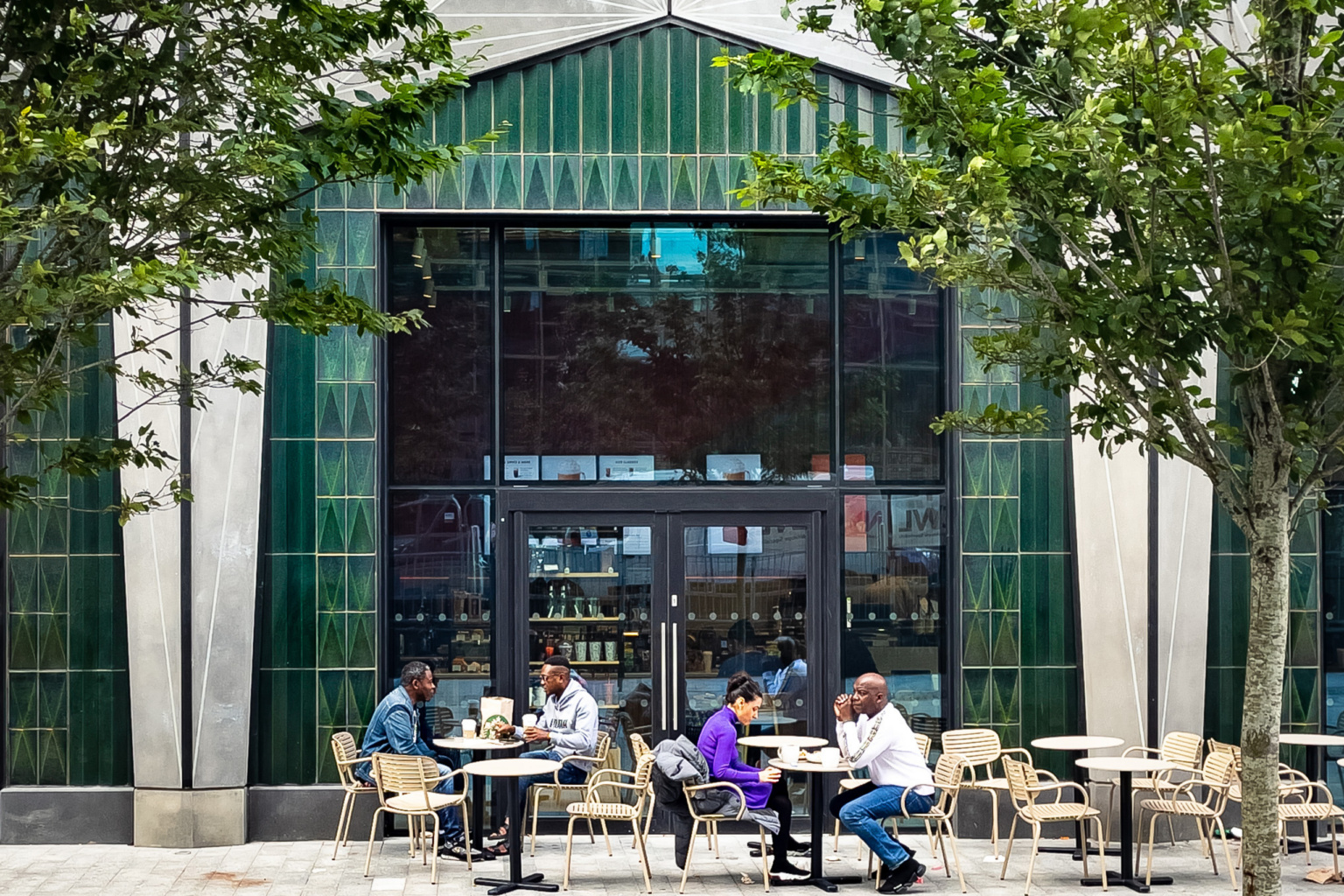
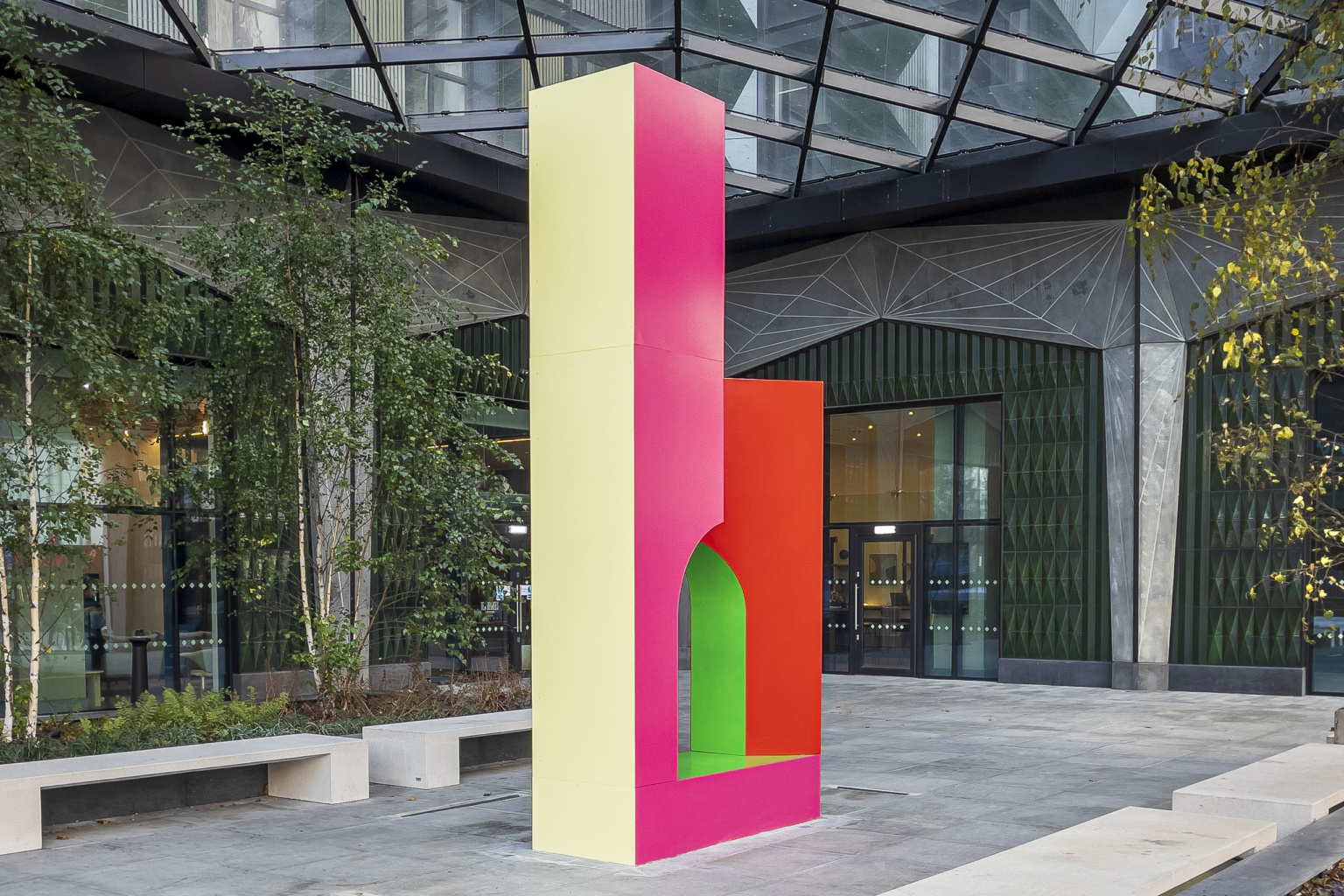
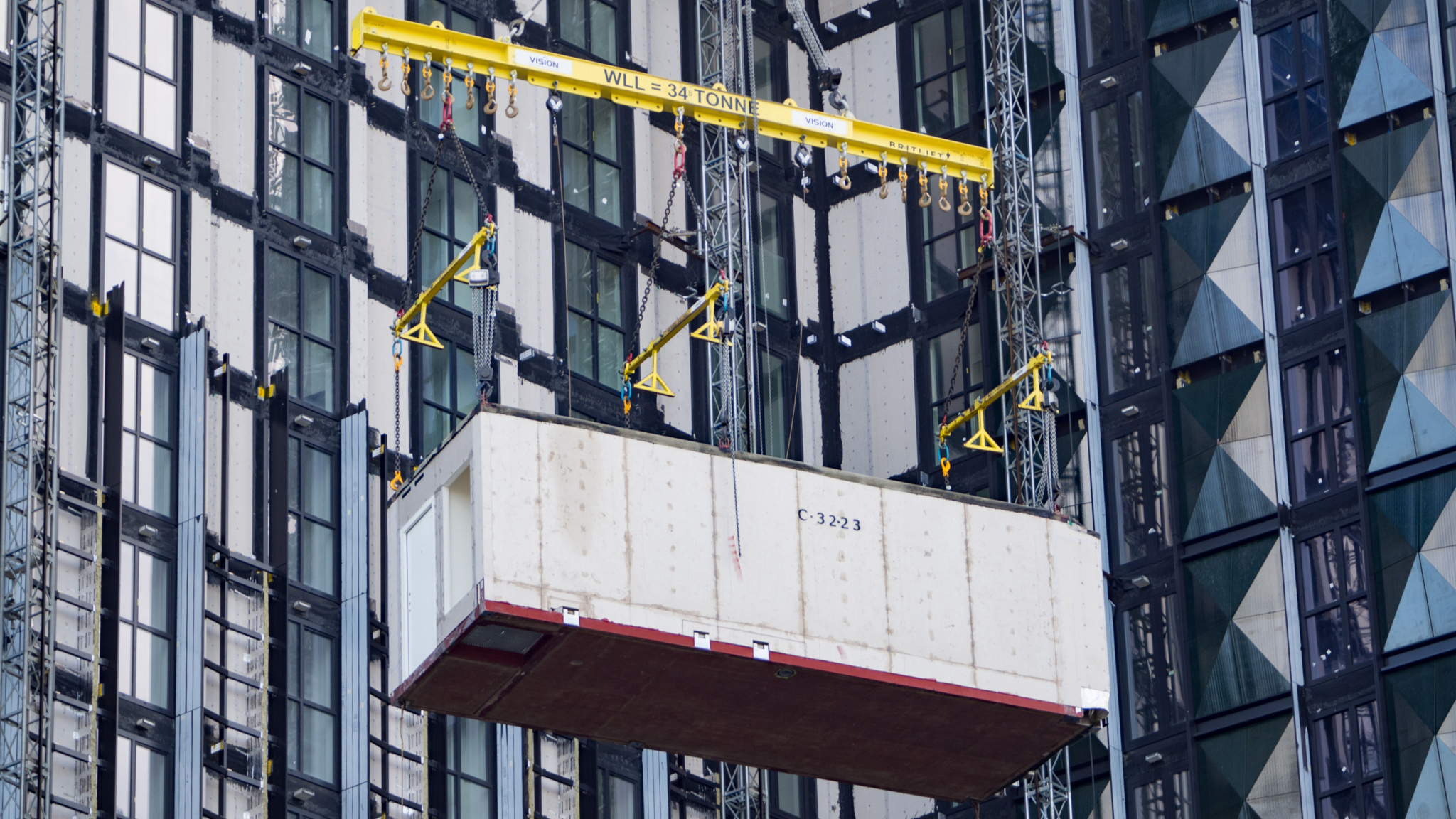
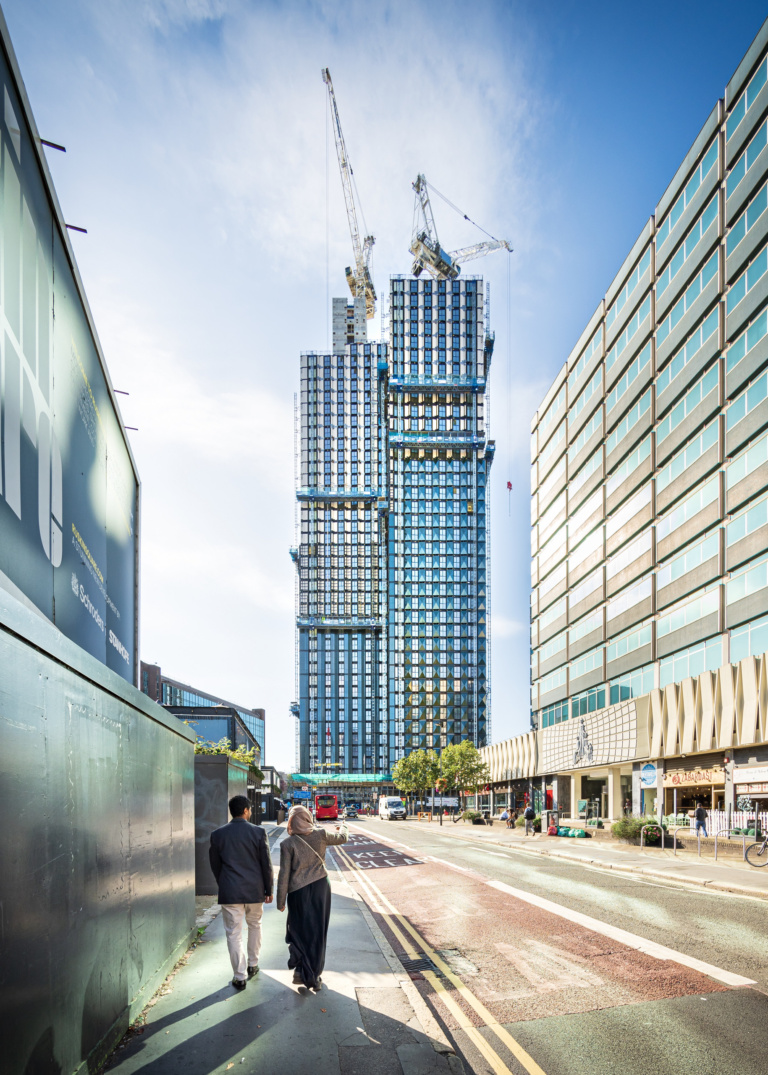
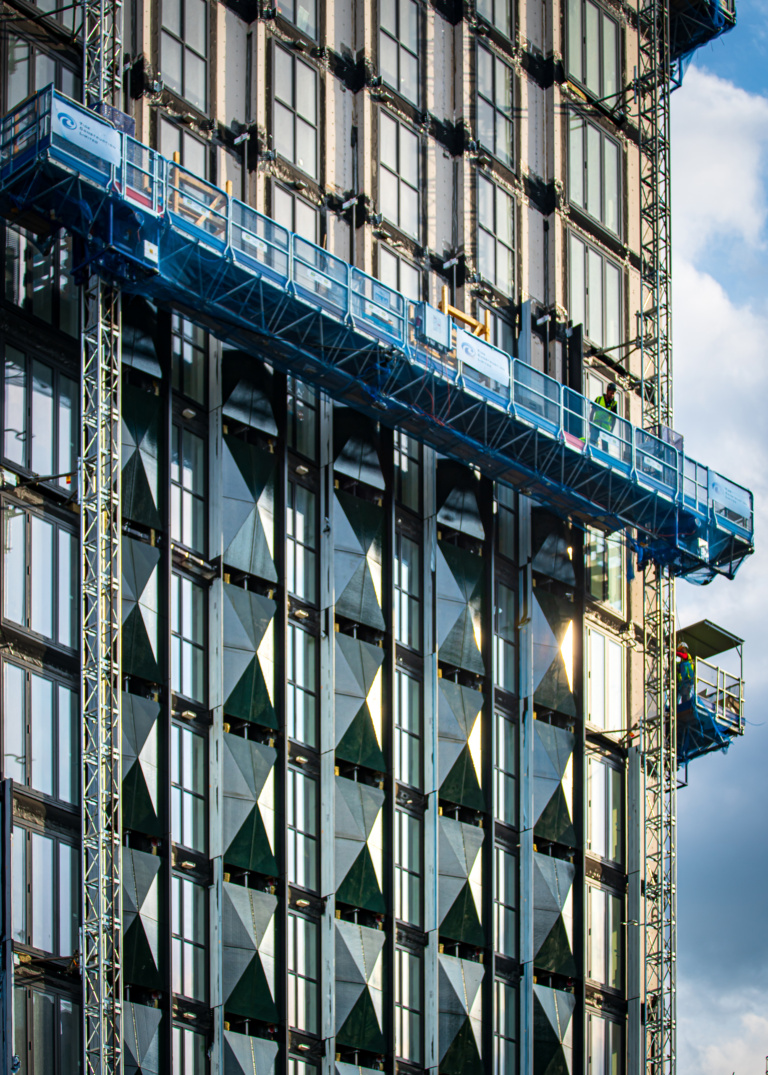
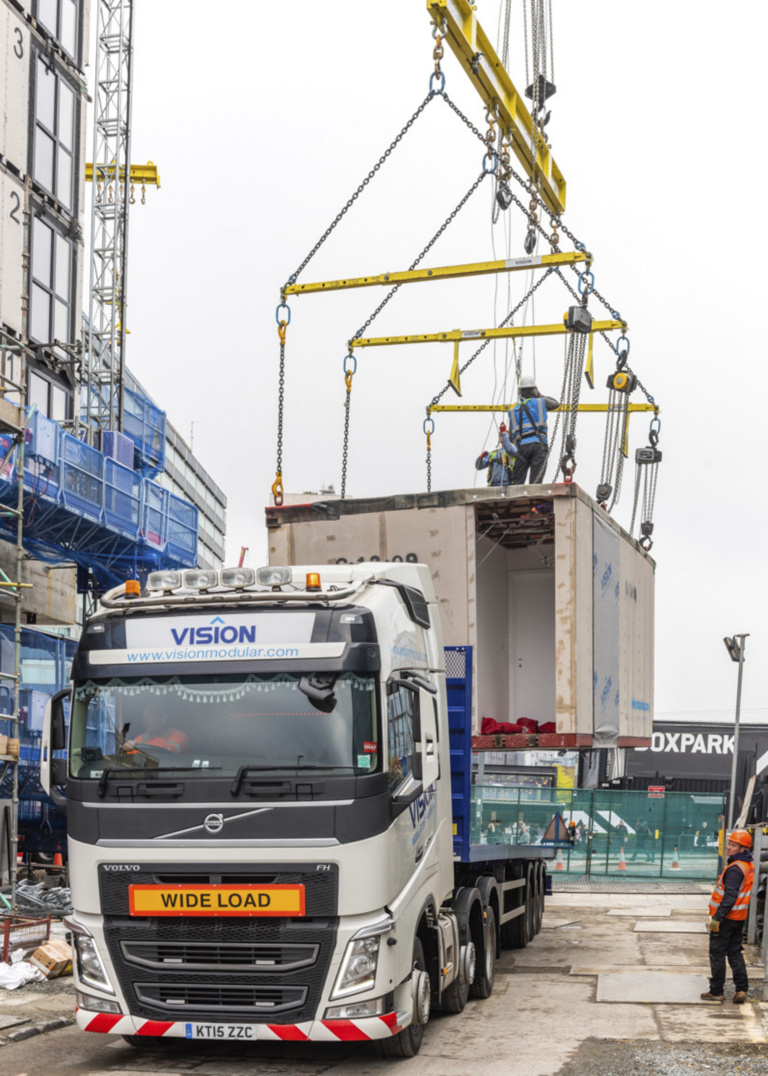
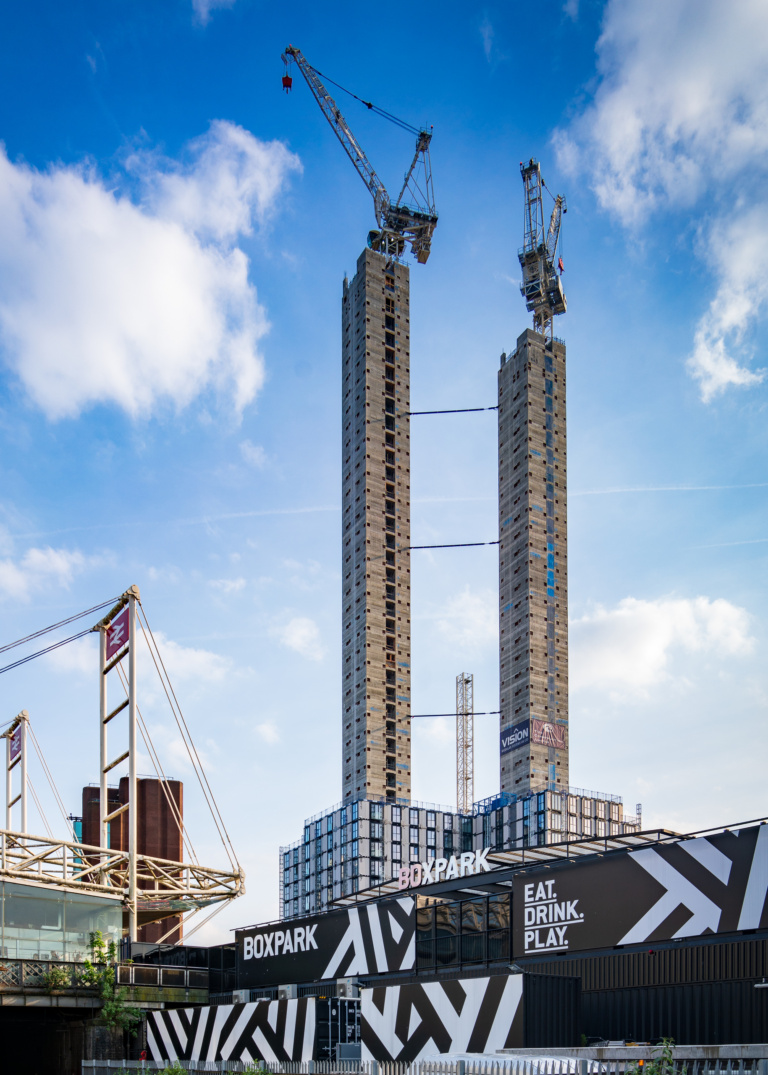
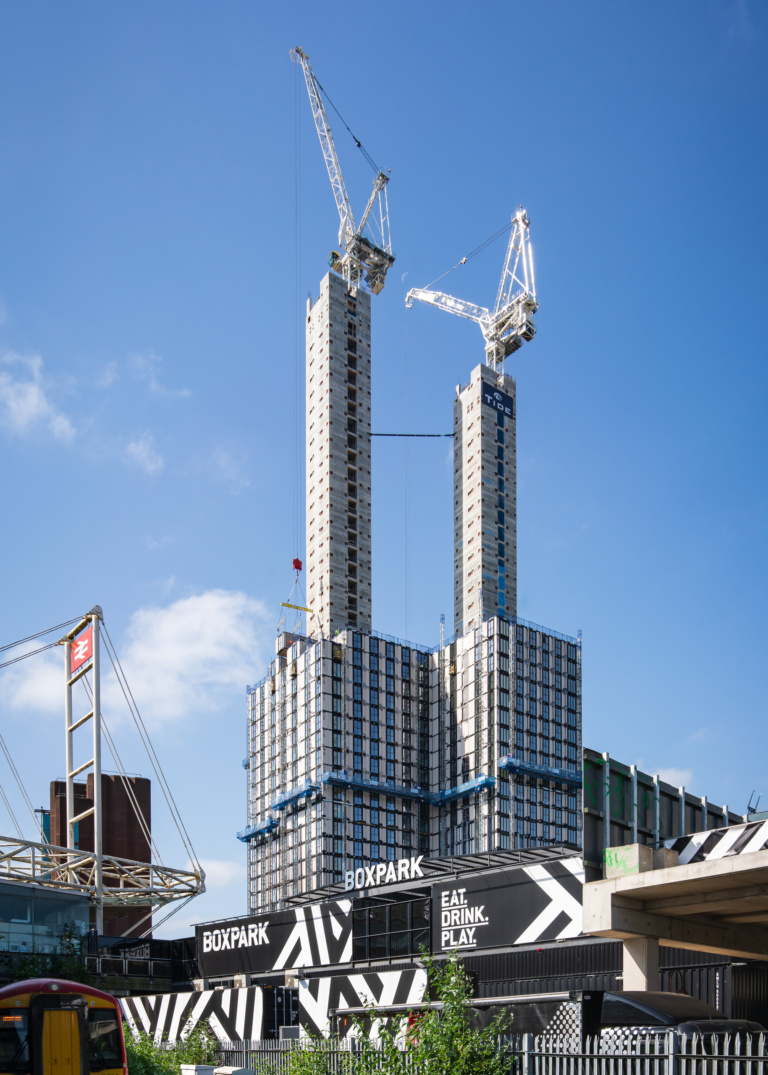
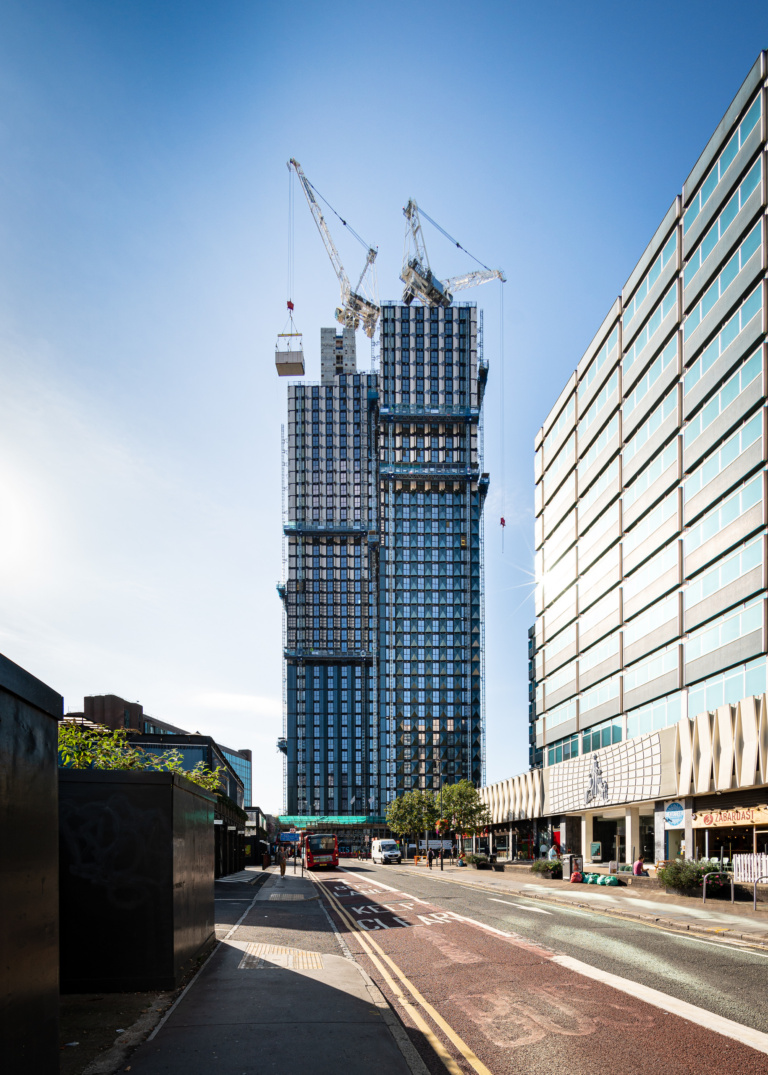
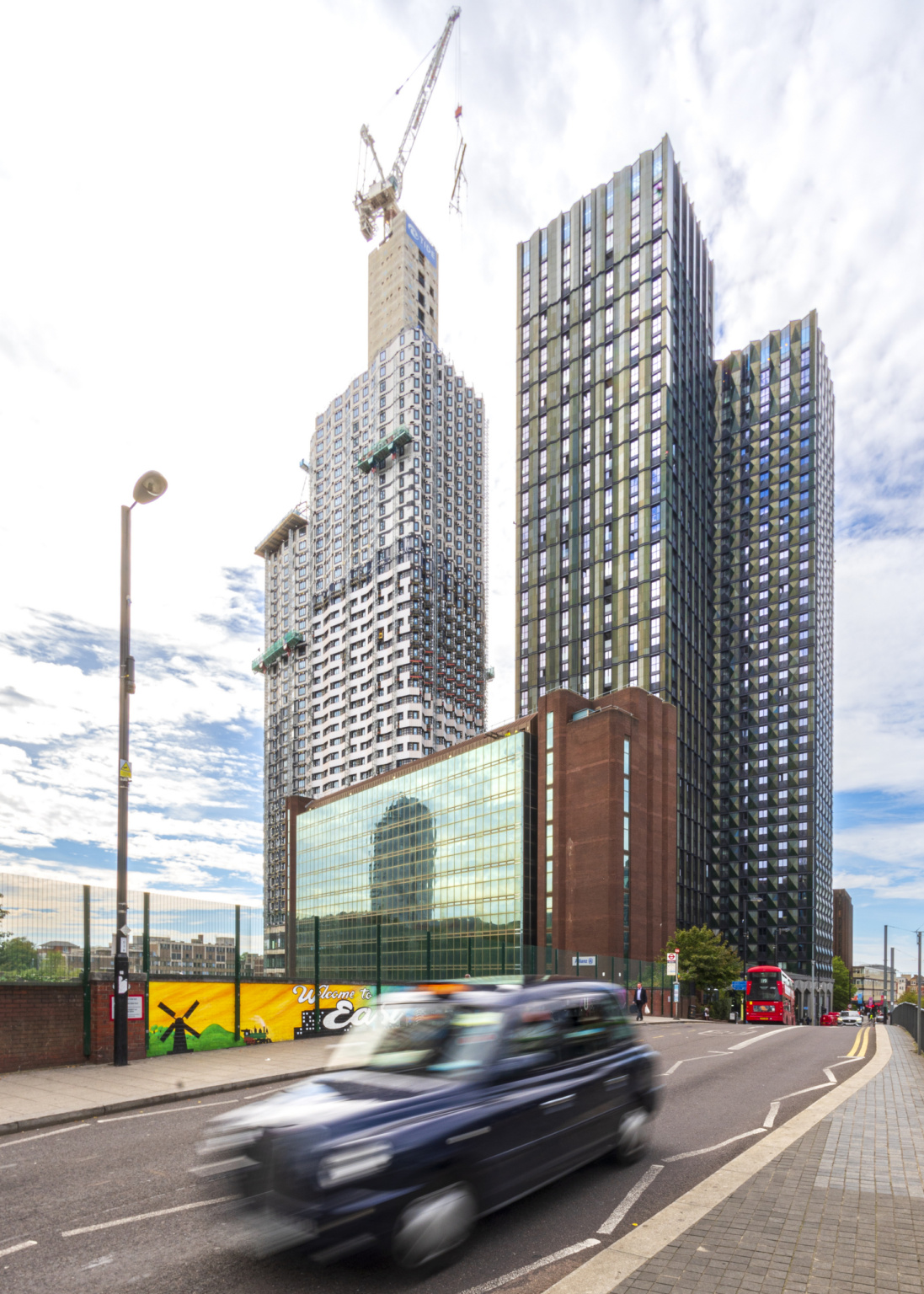
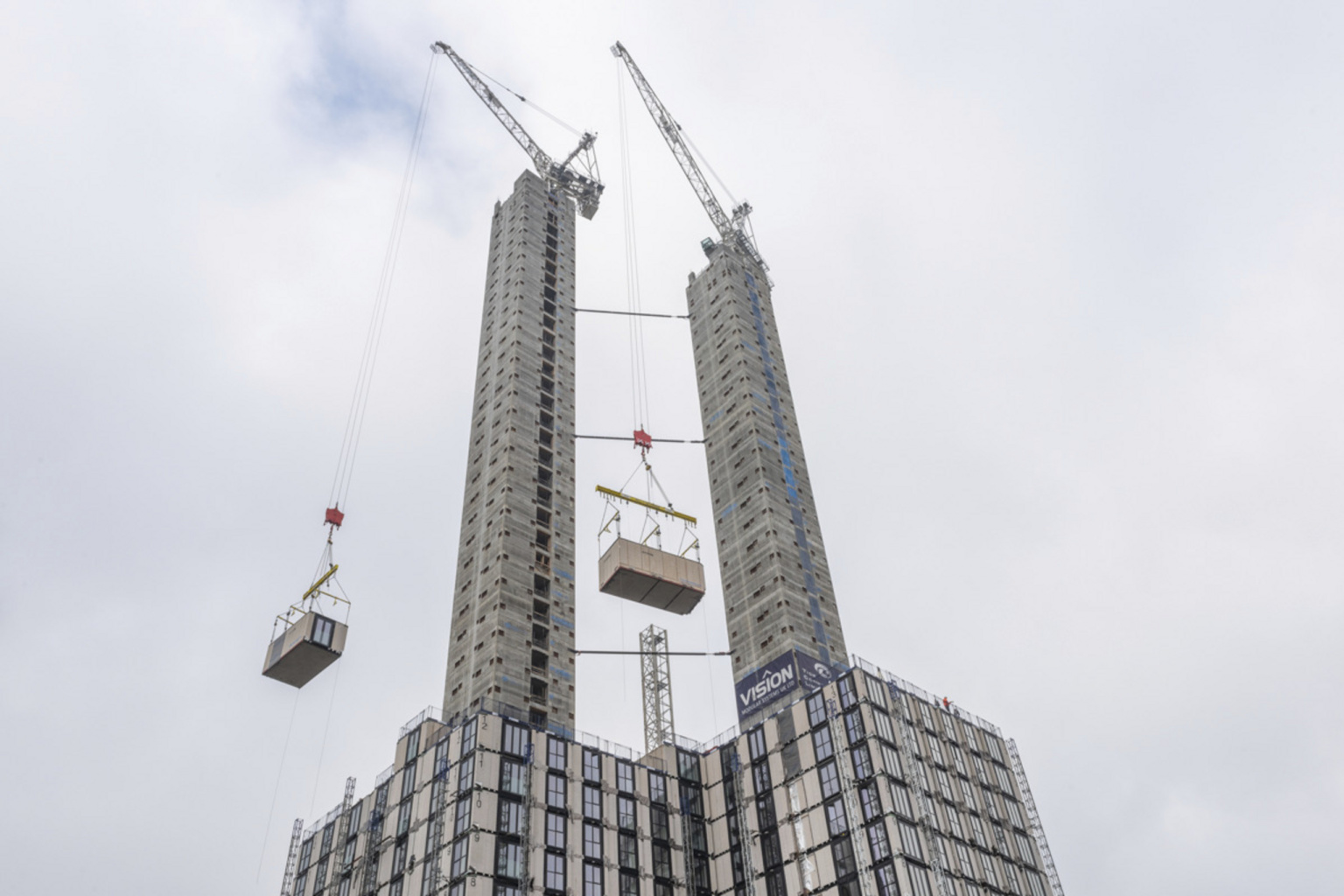
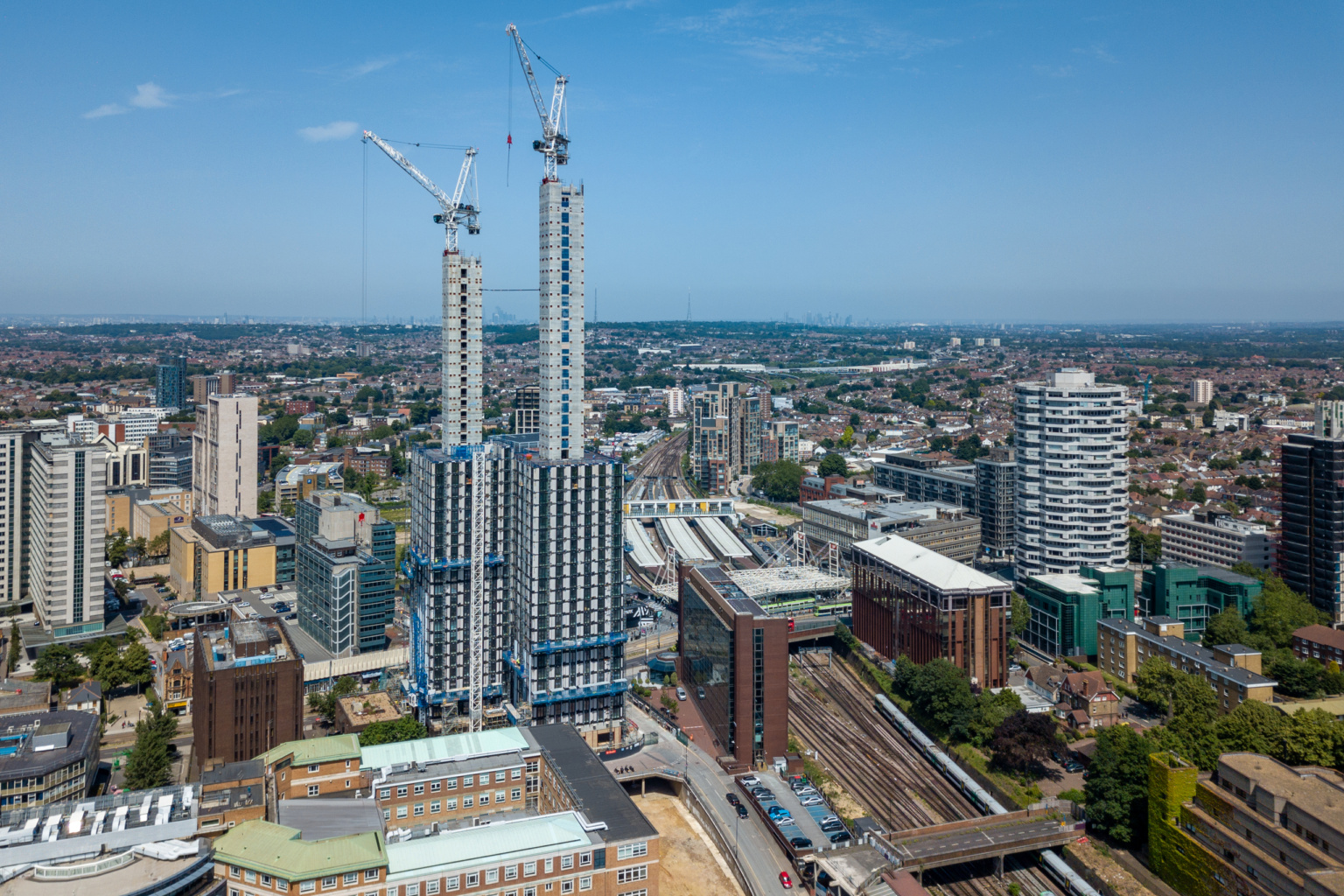
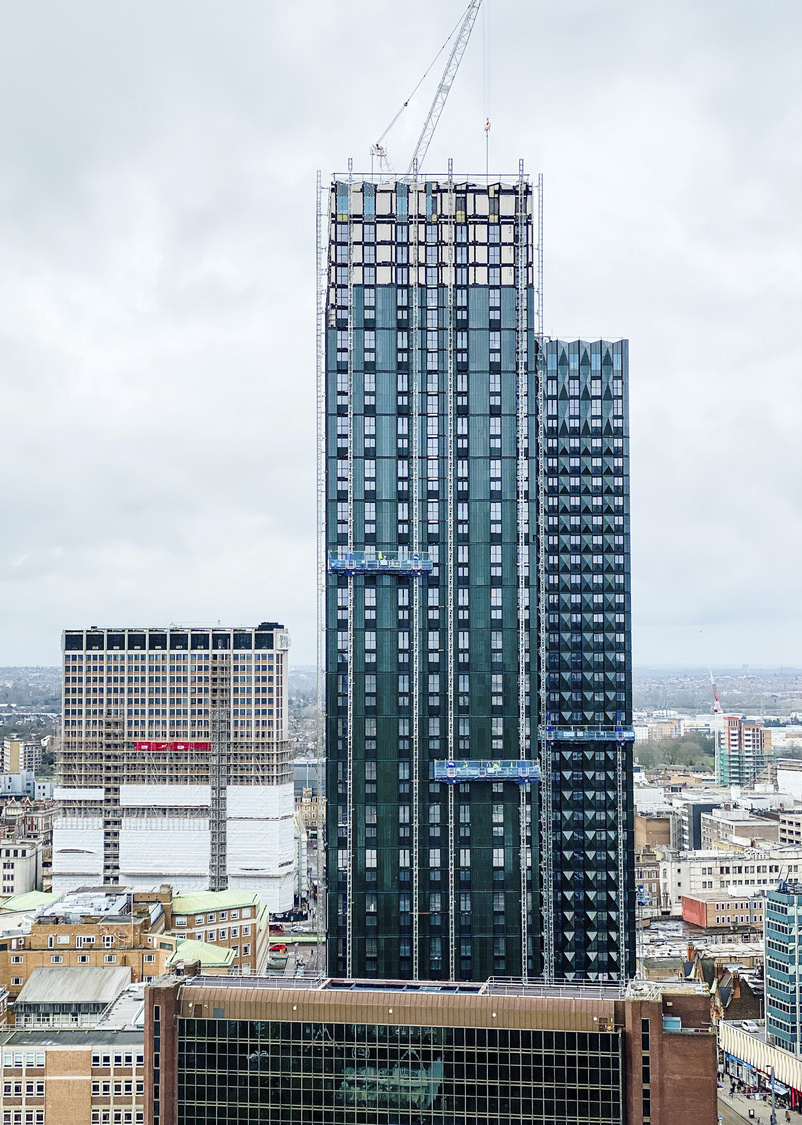
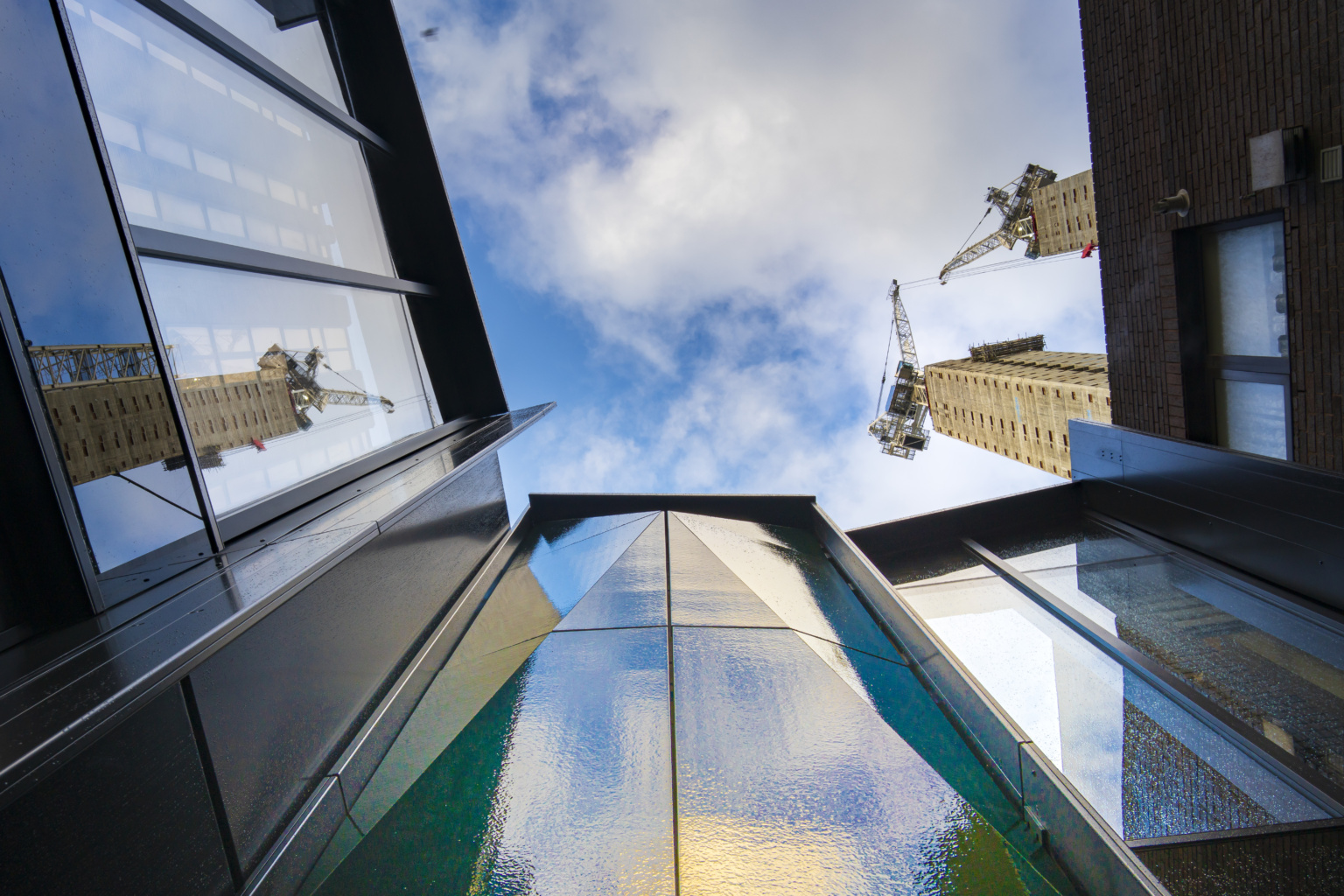
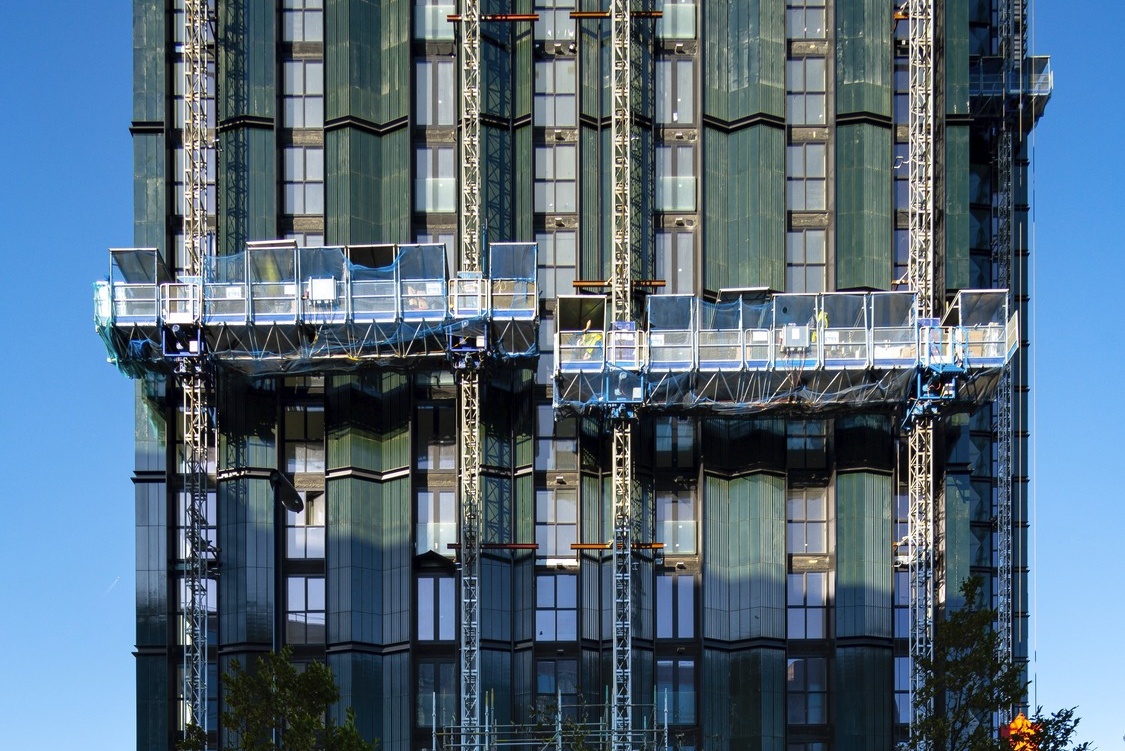
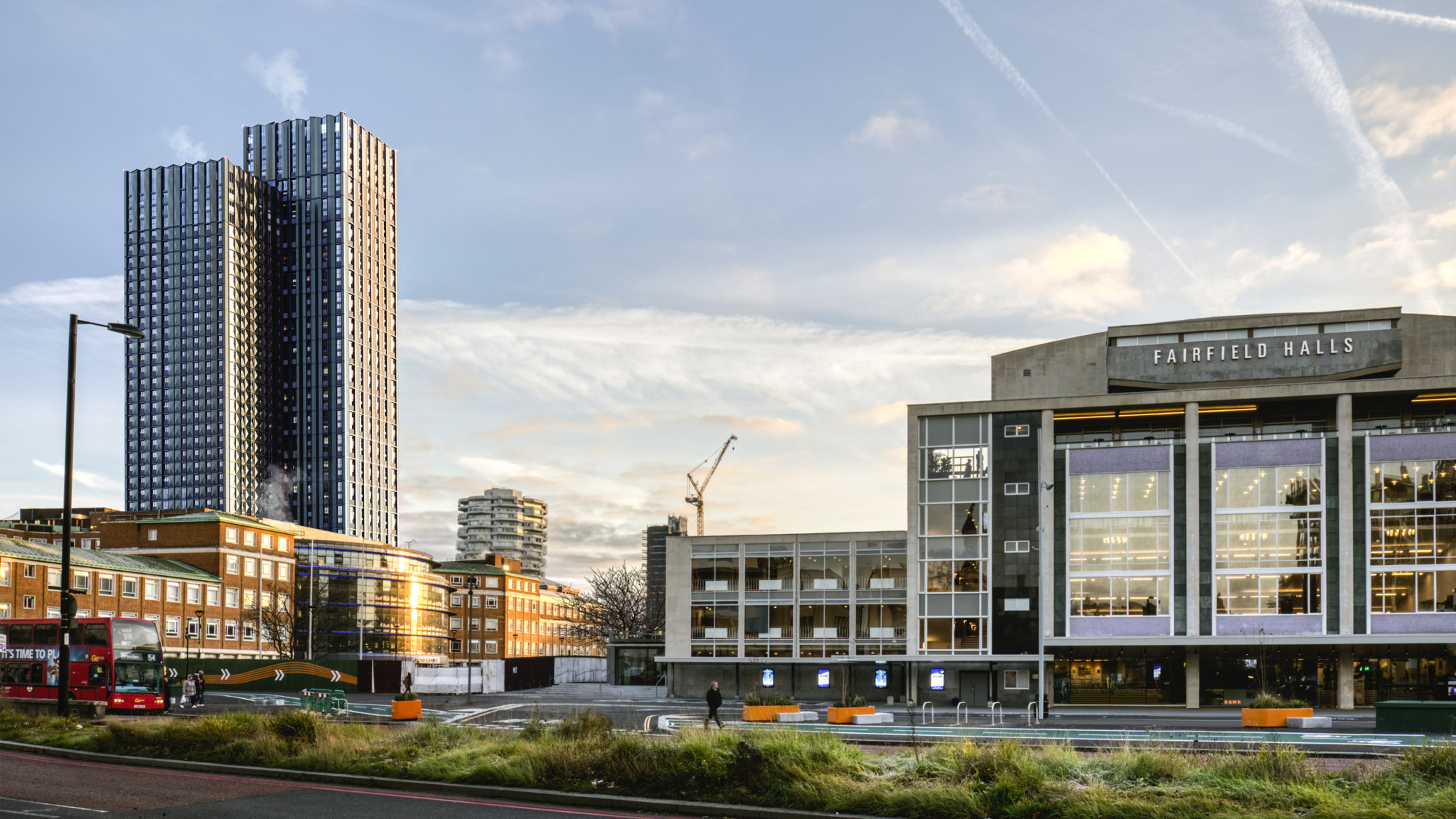
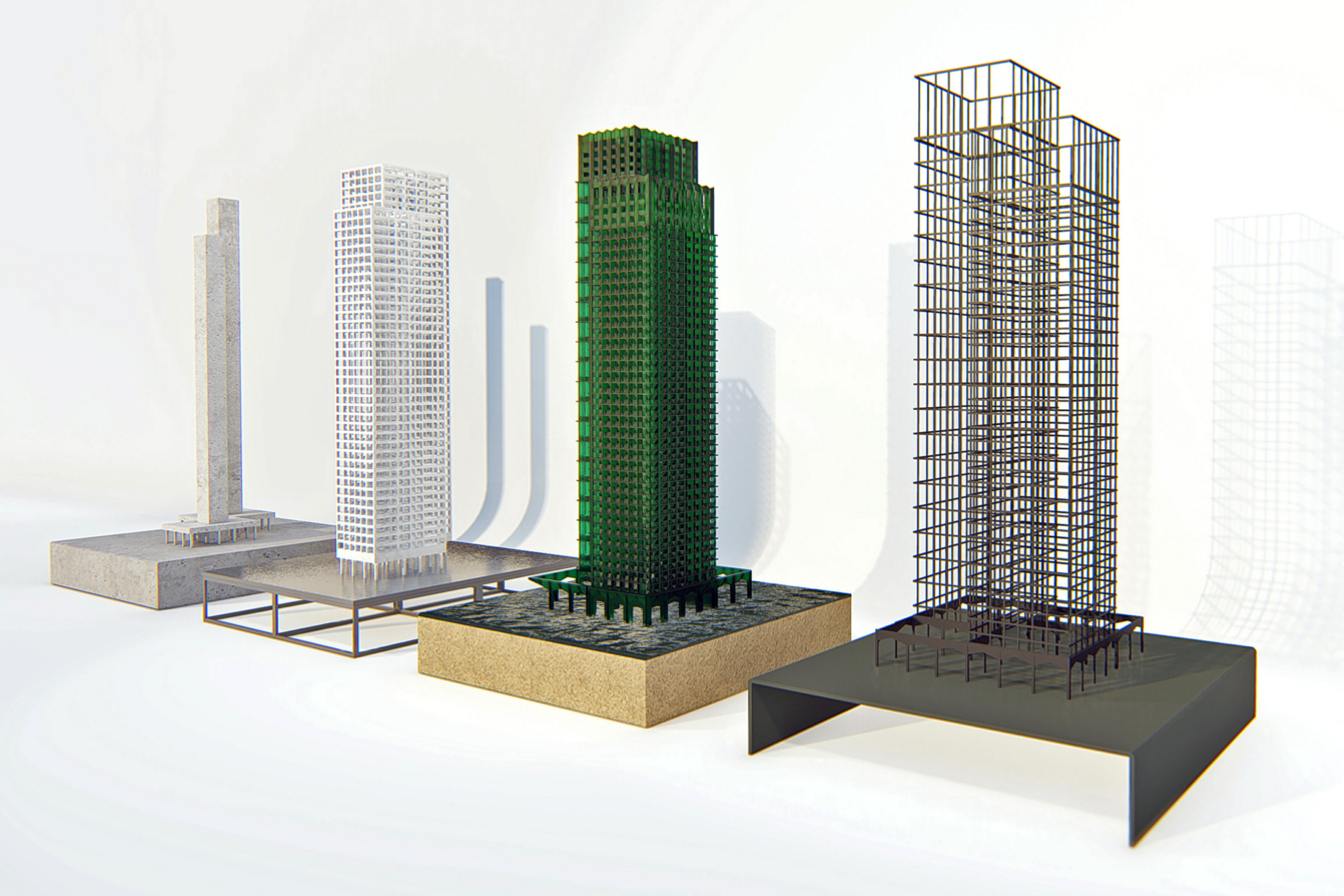
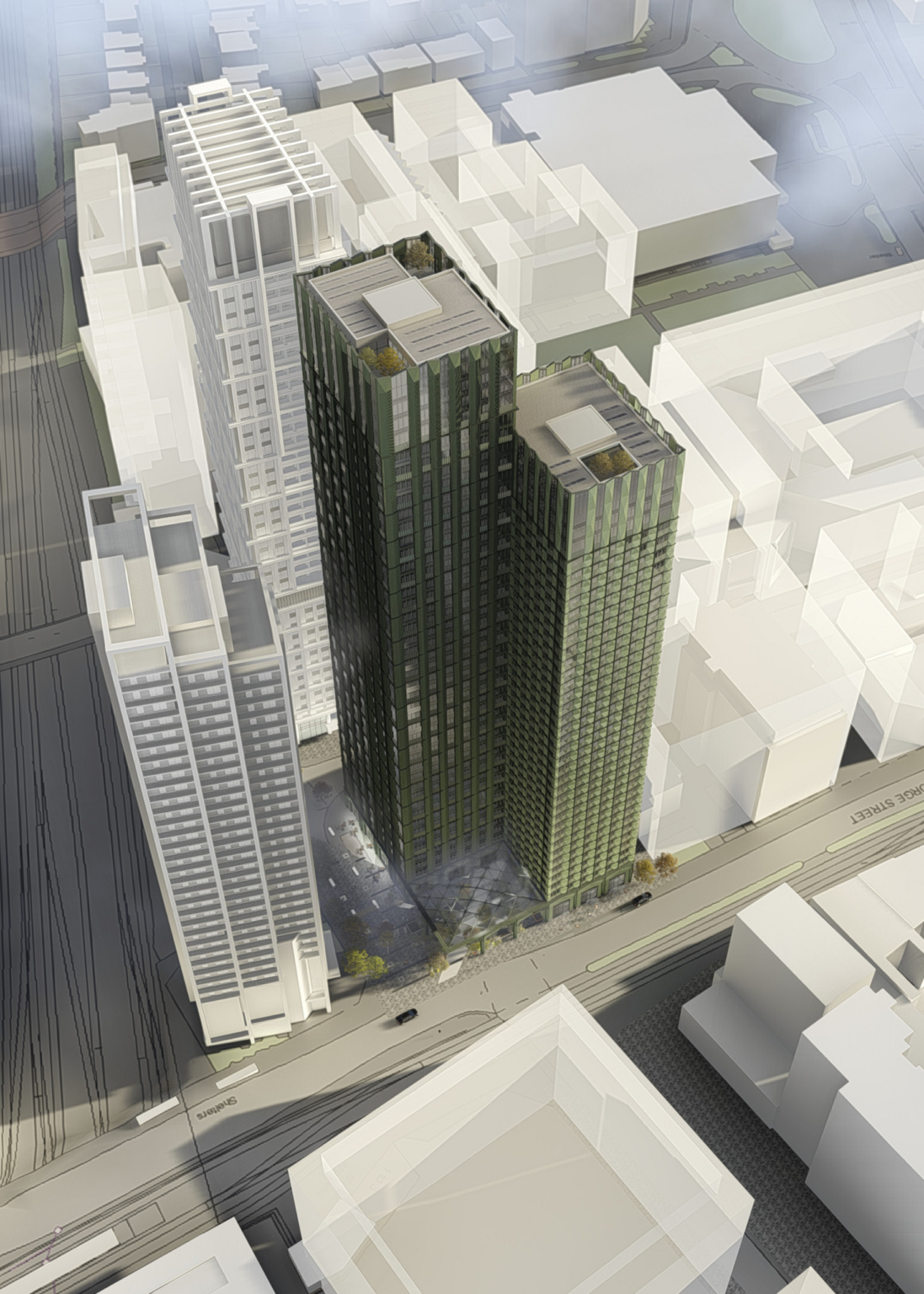
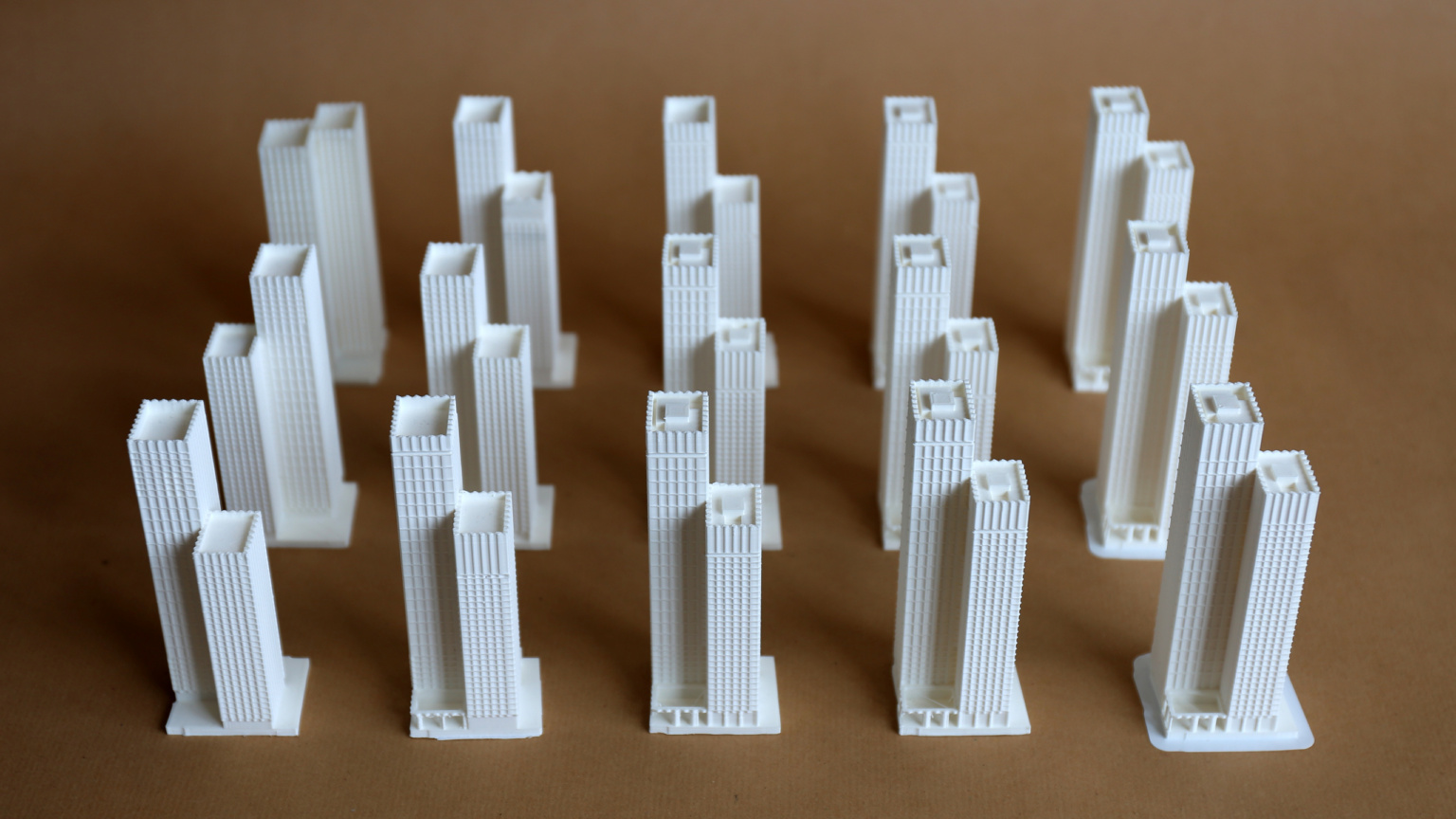
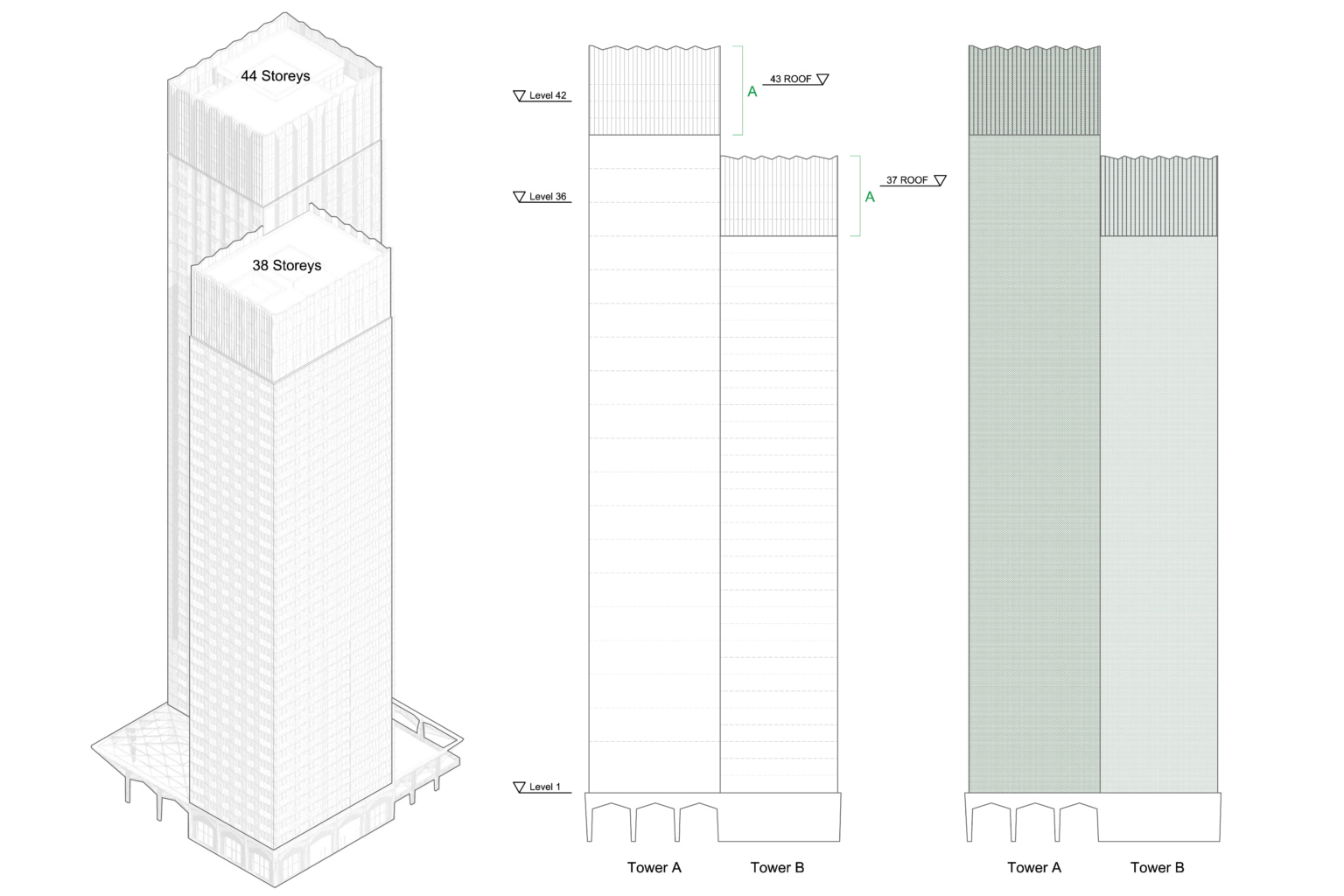
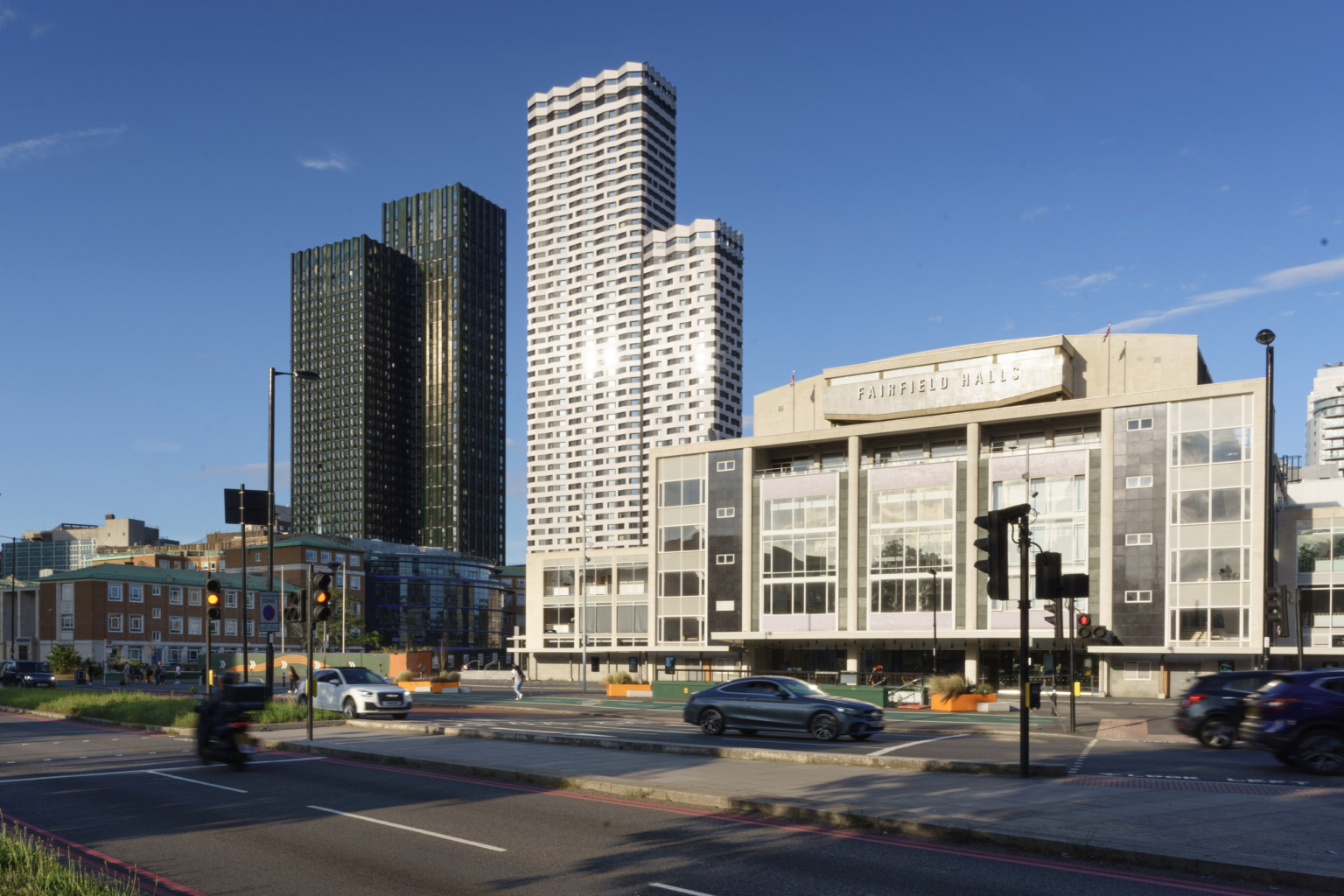
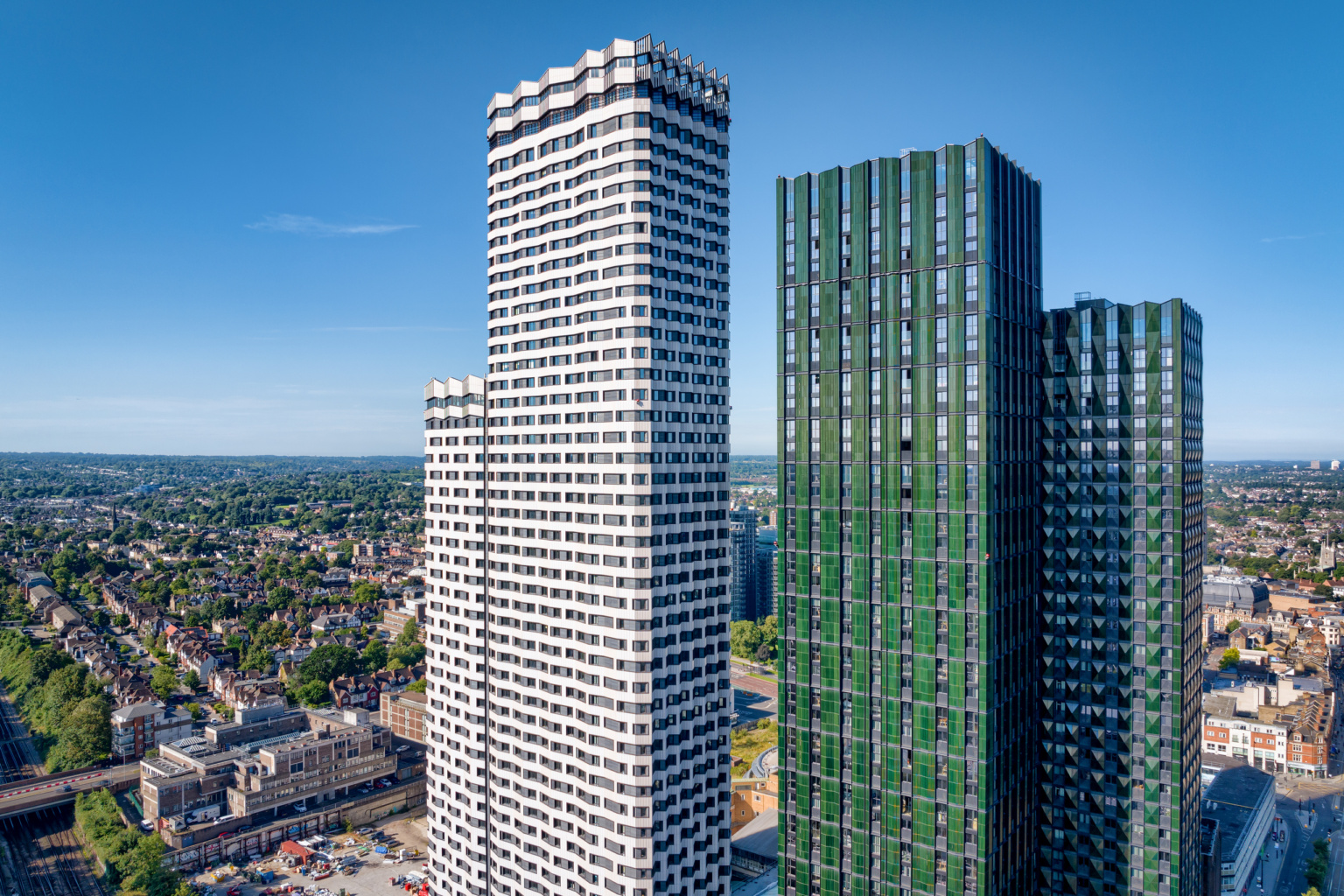
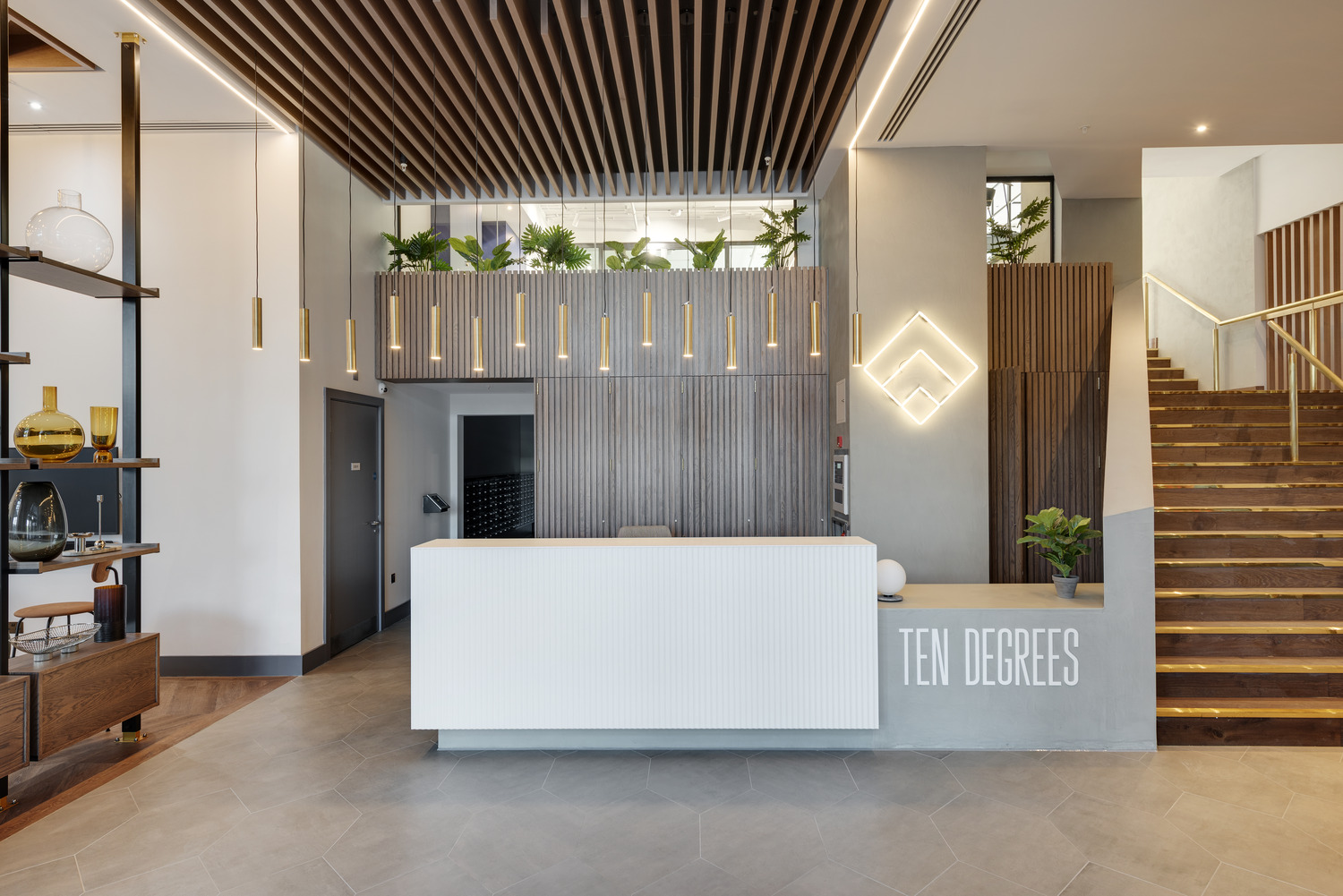
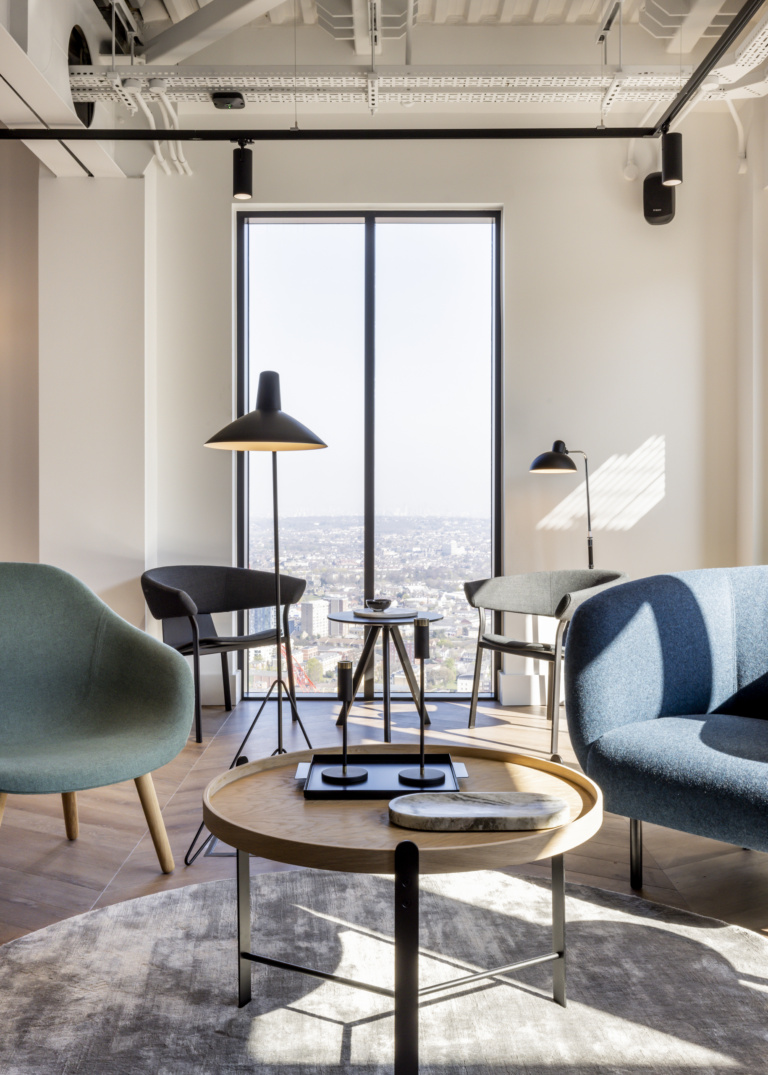
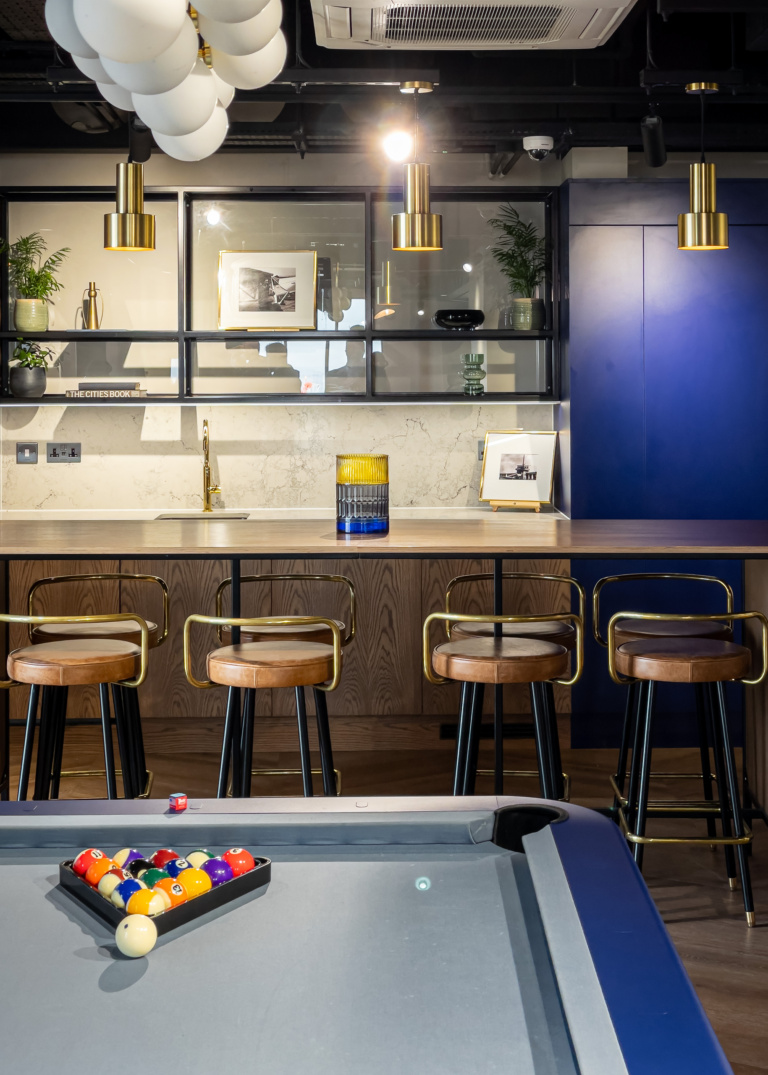
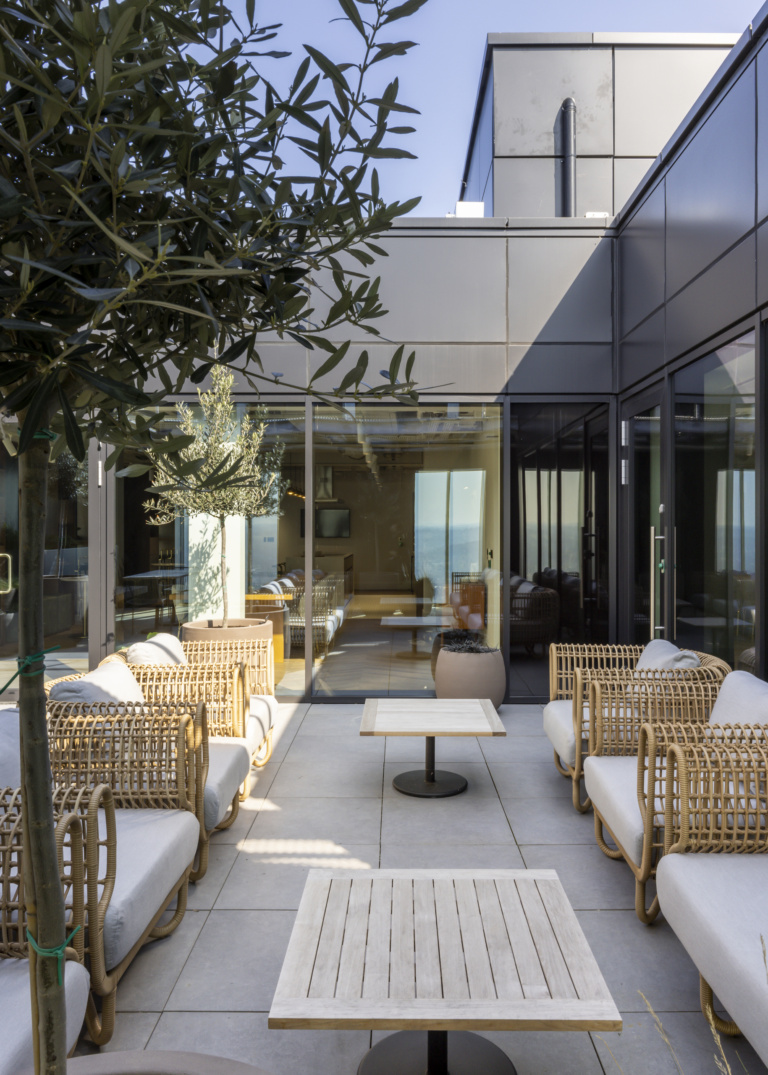
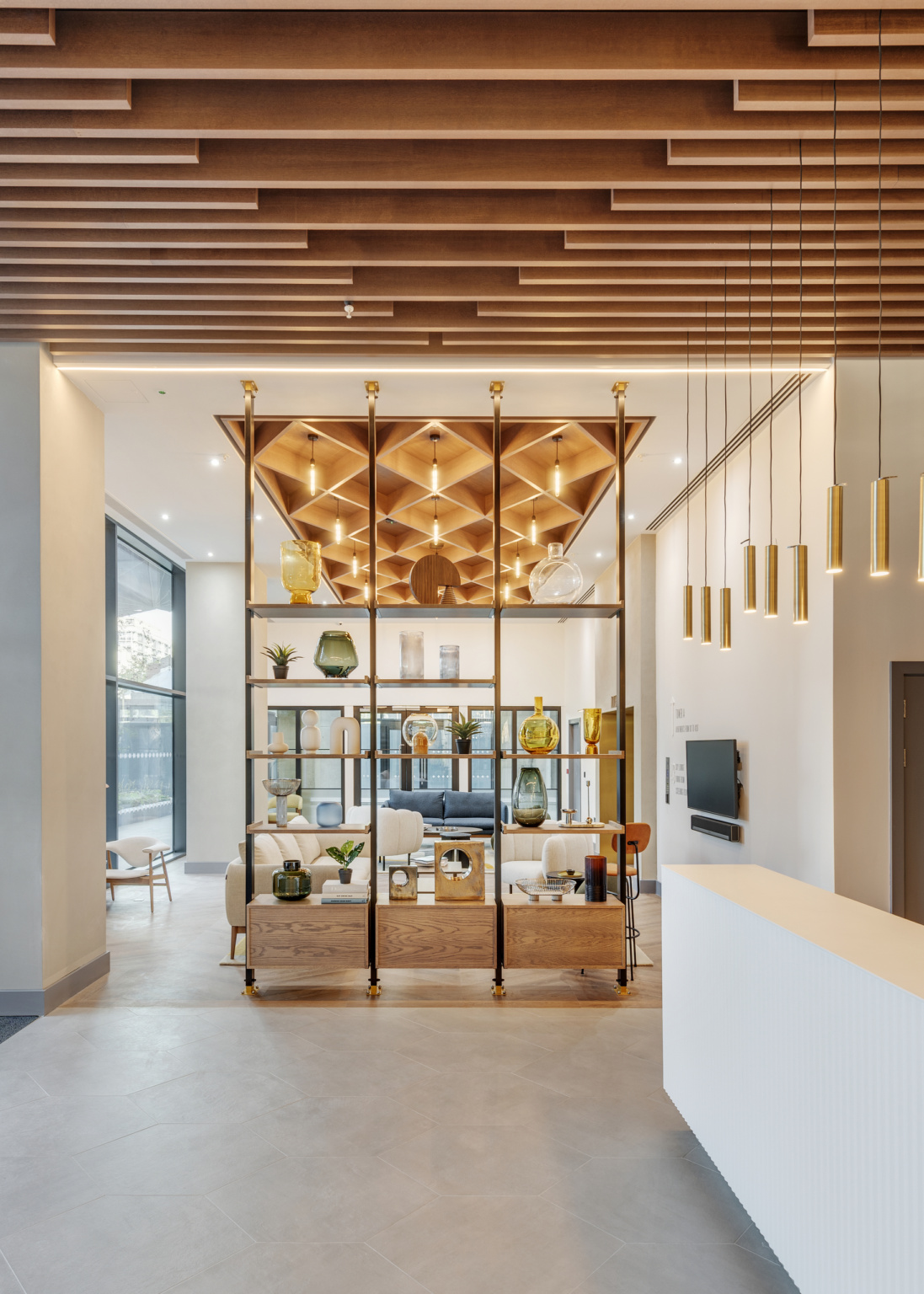
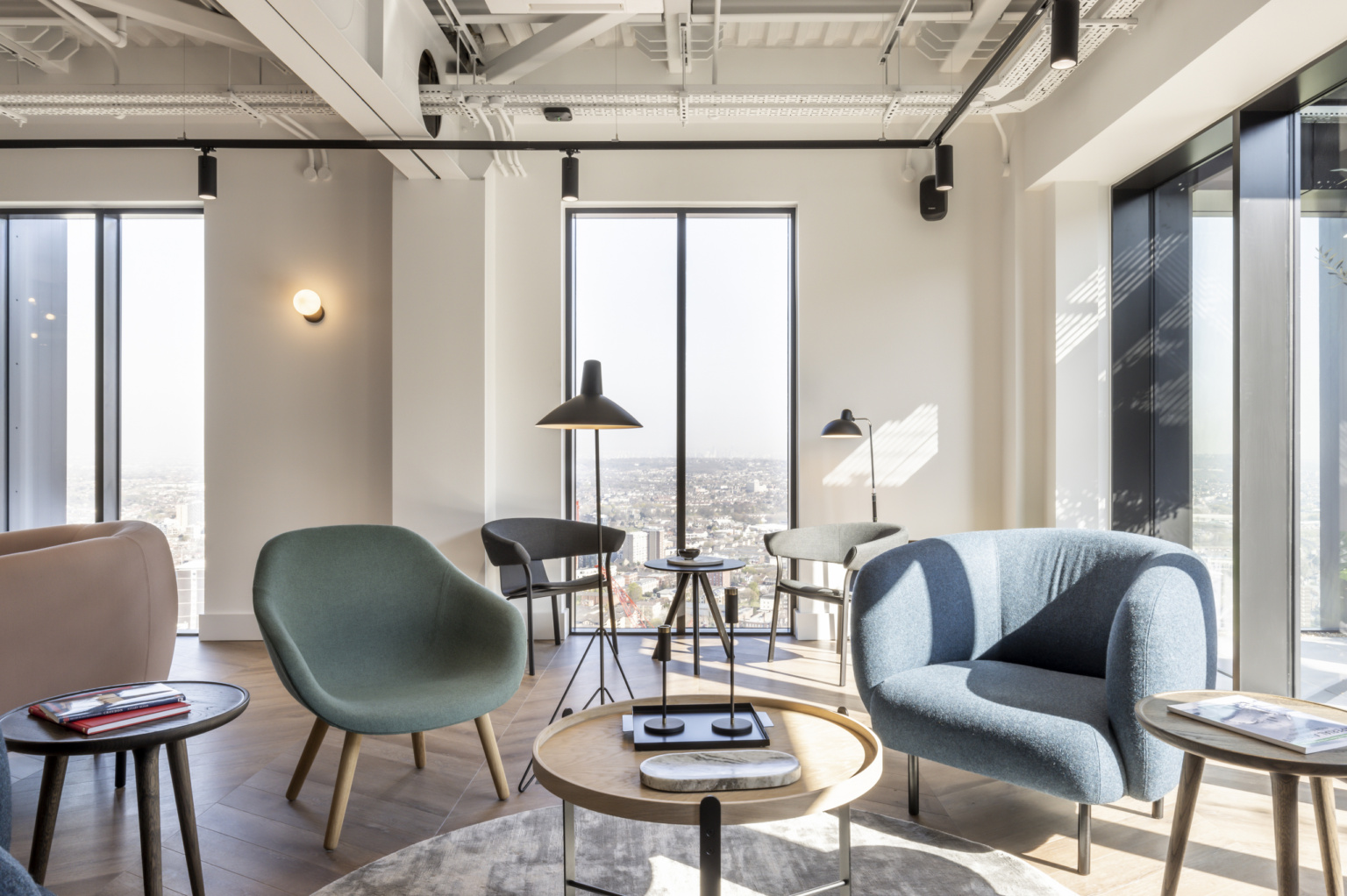
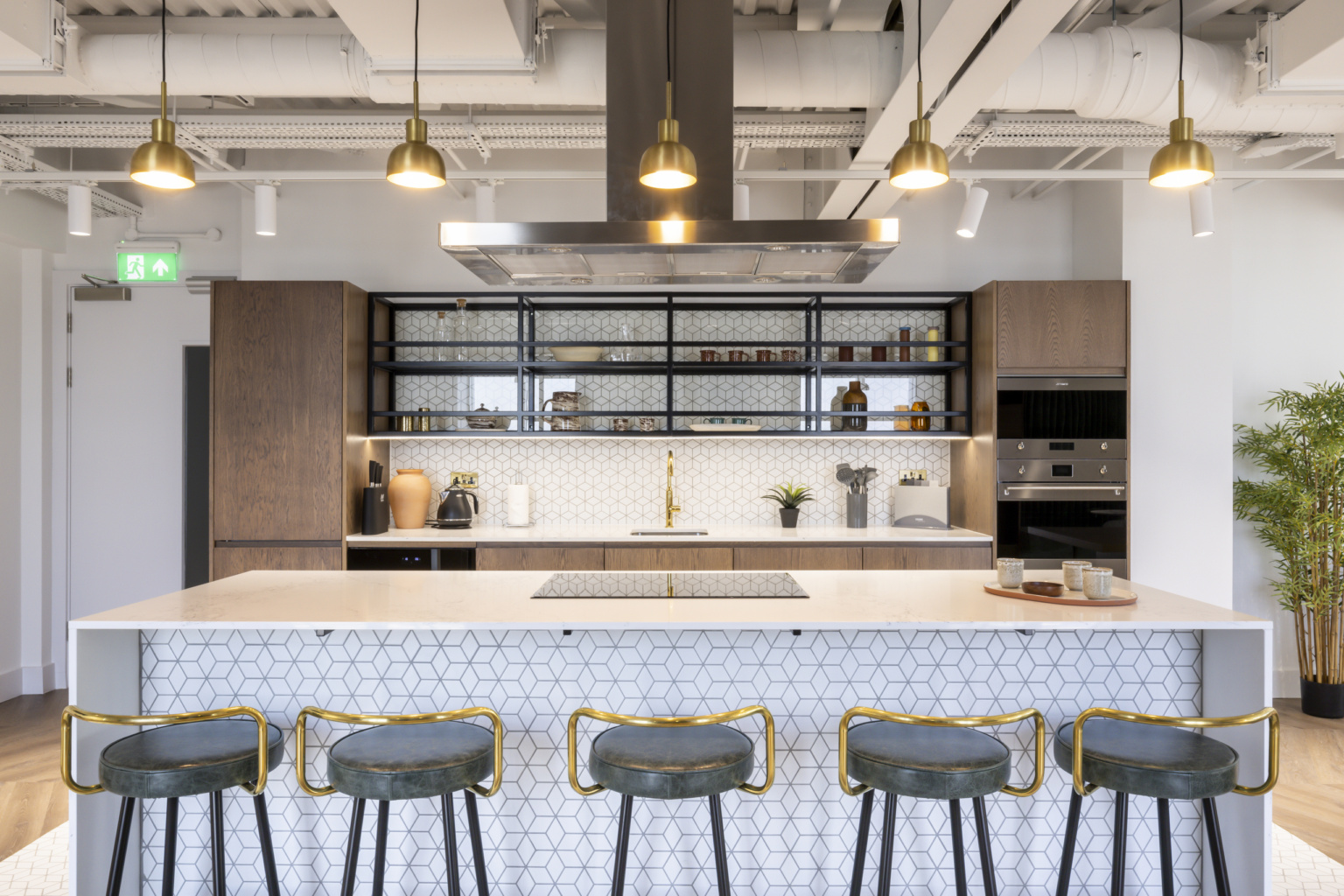
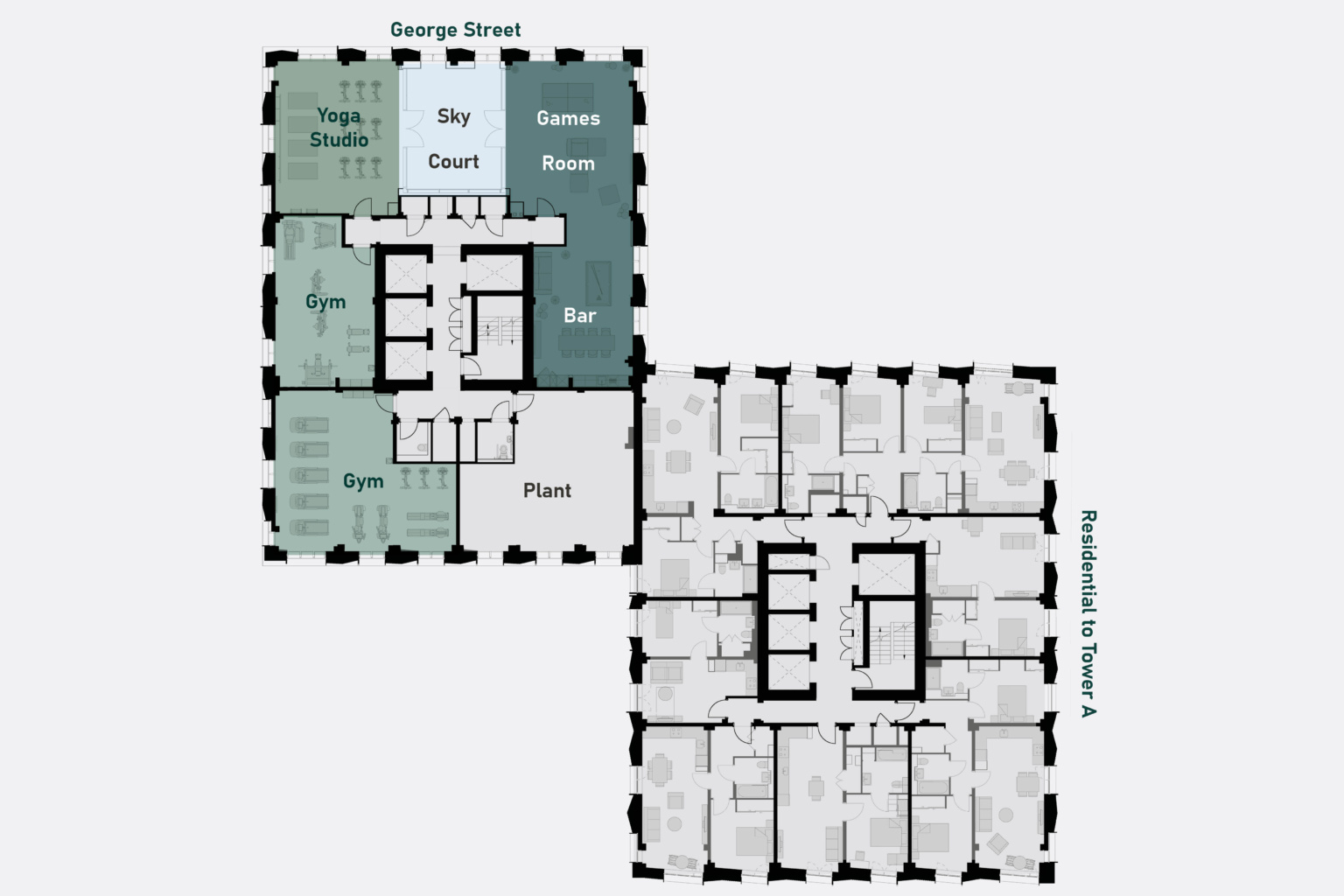
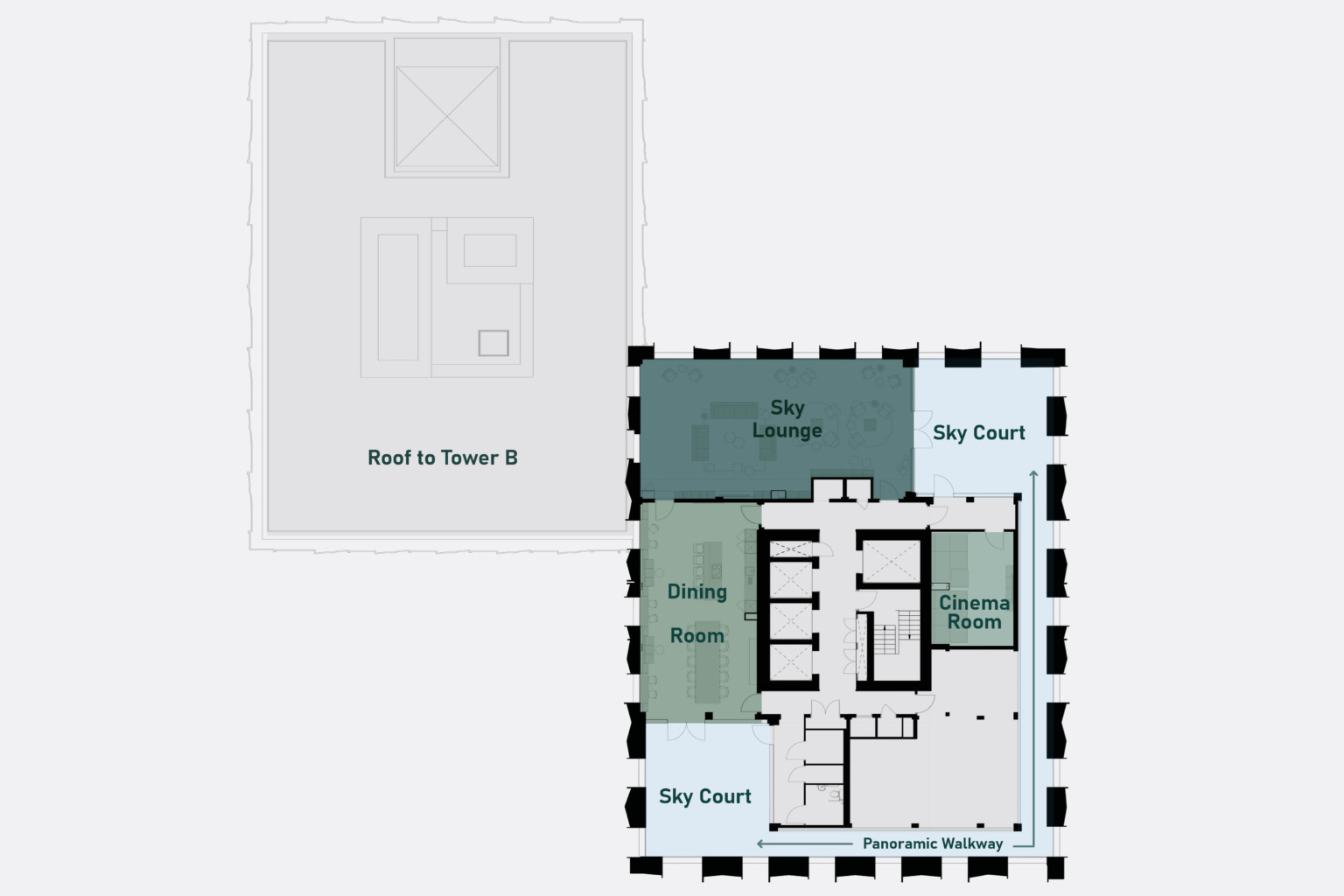
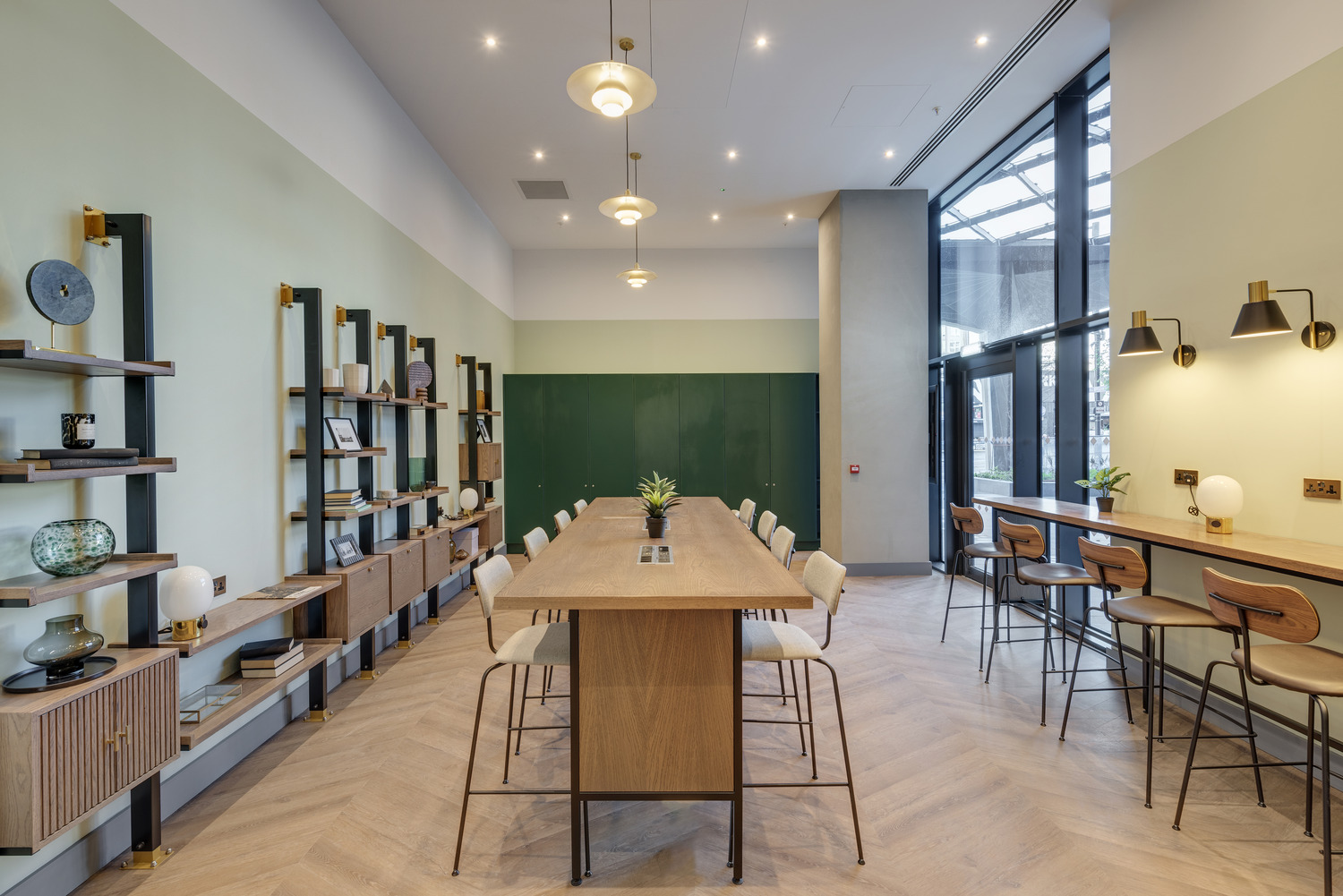
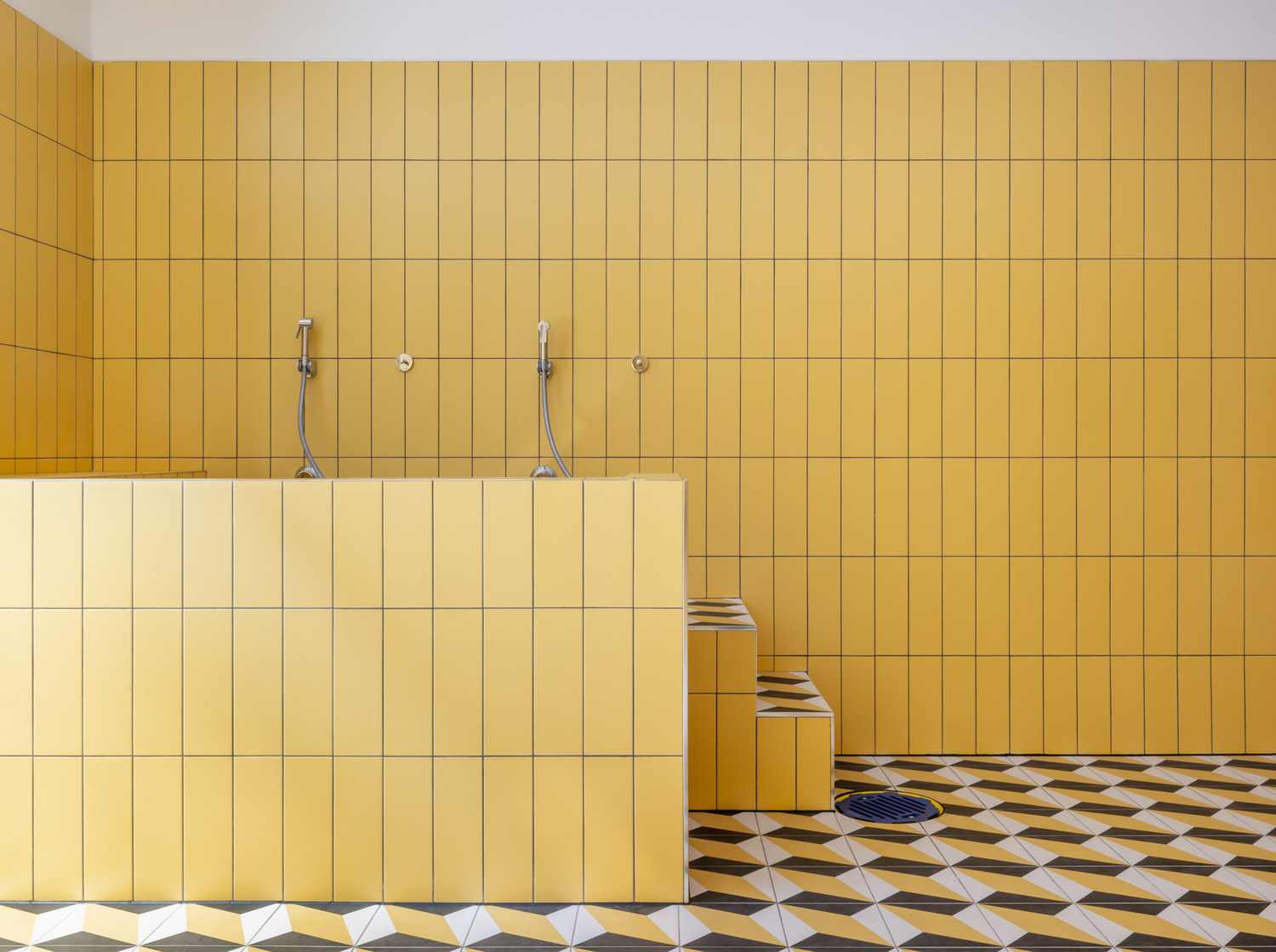
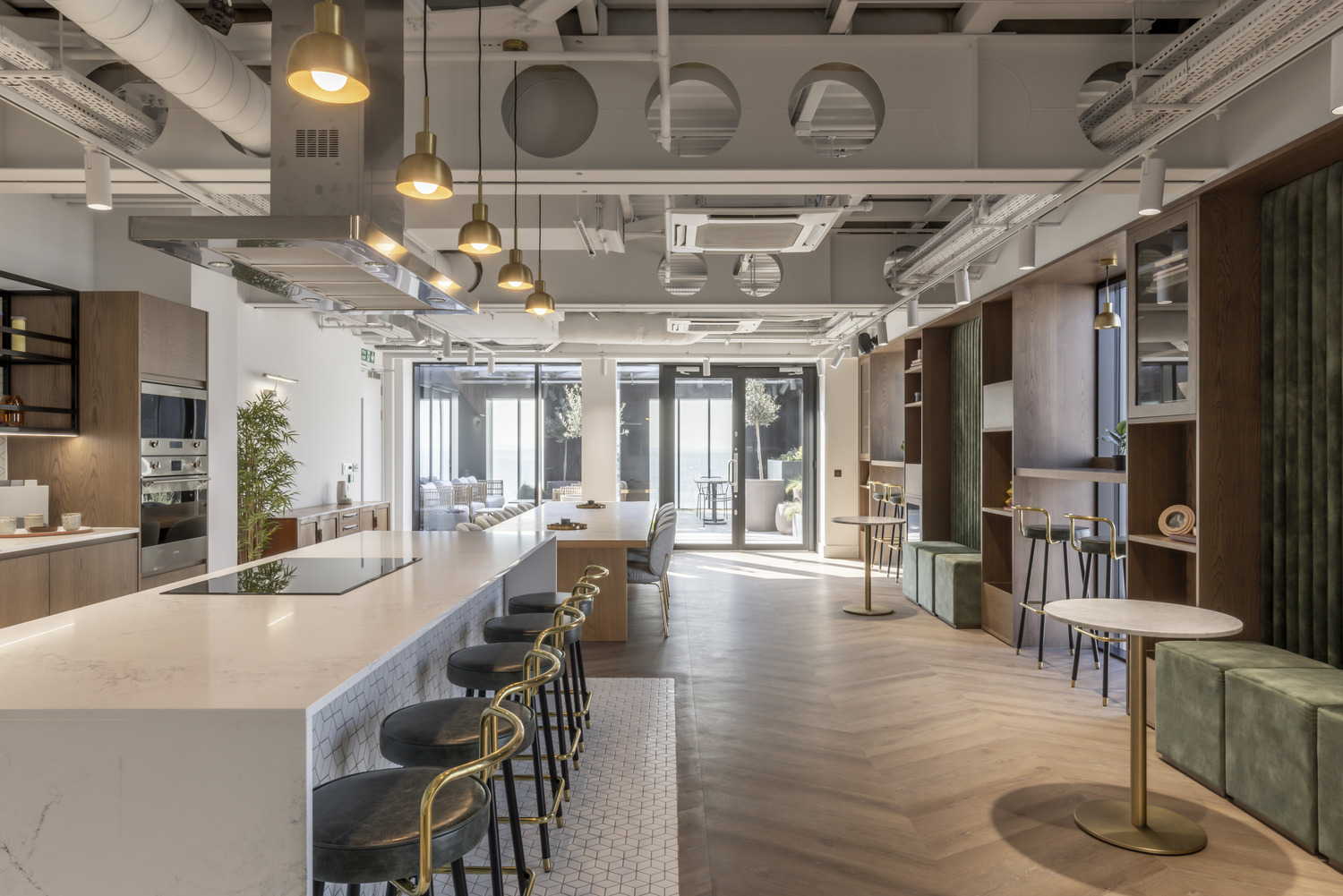
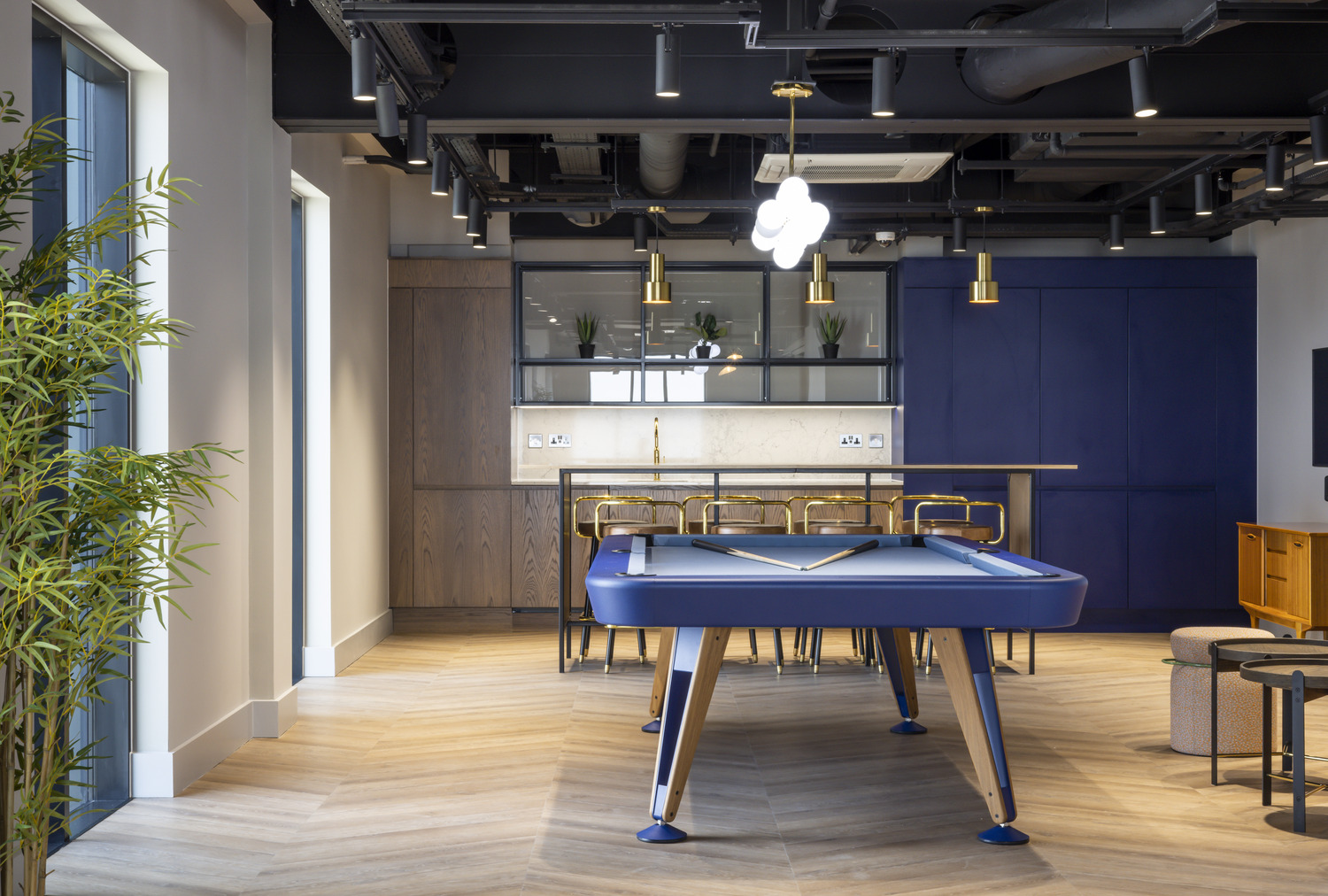
Jasper
Ten Degrees